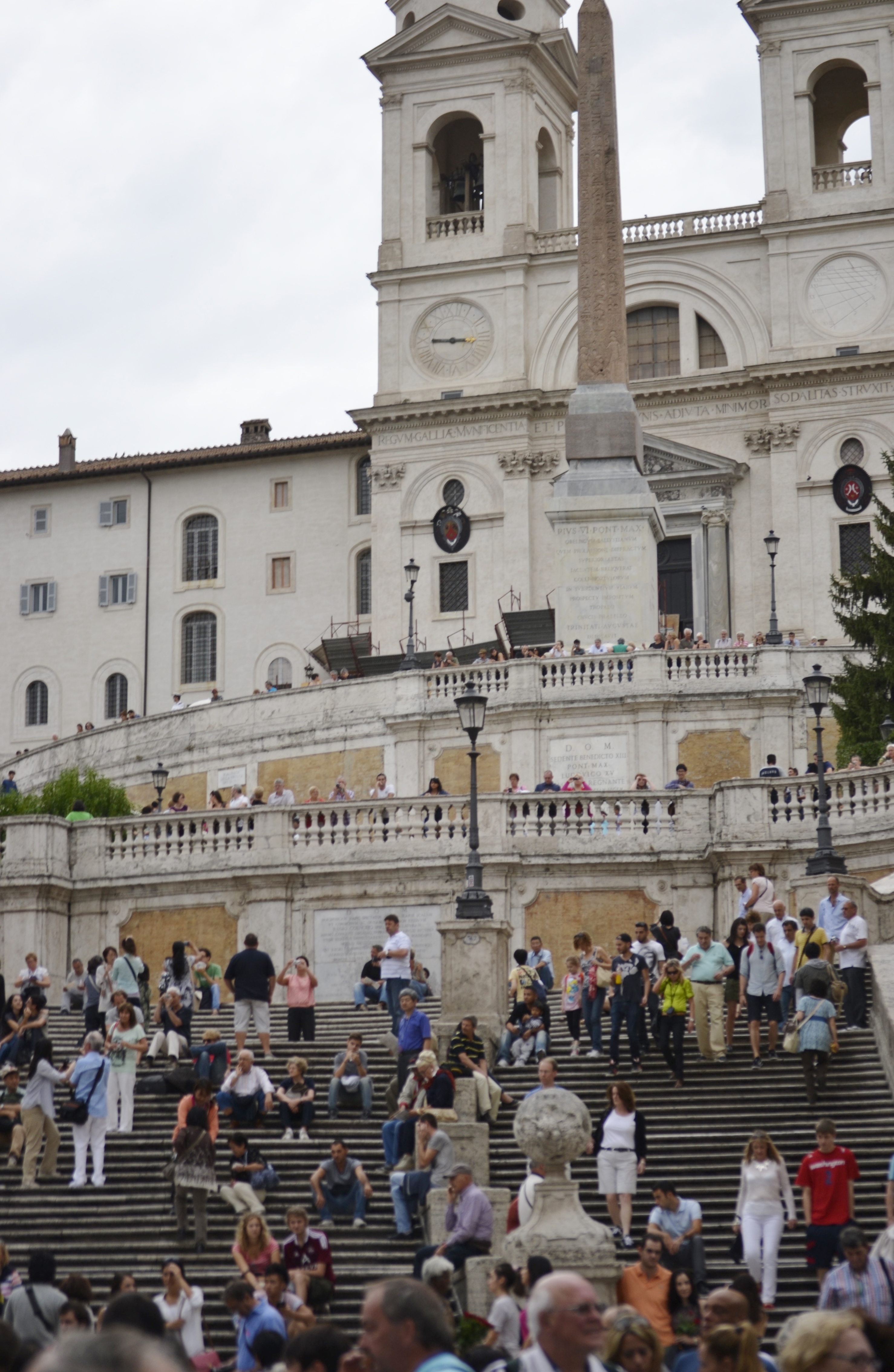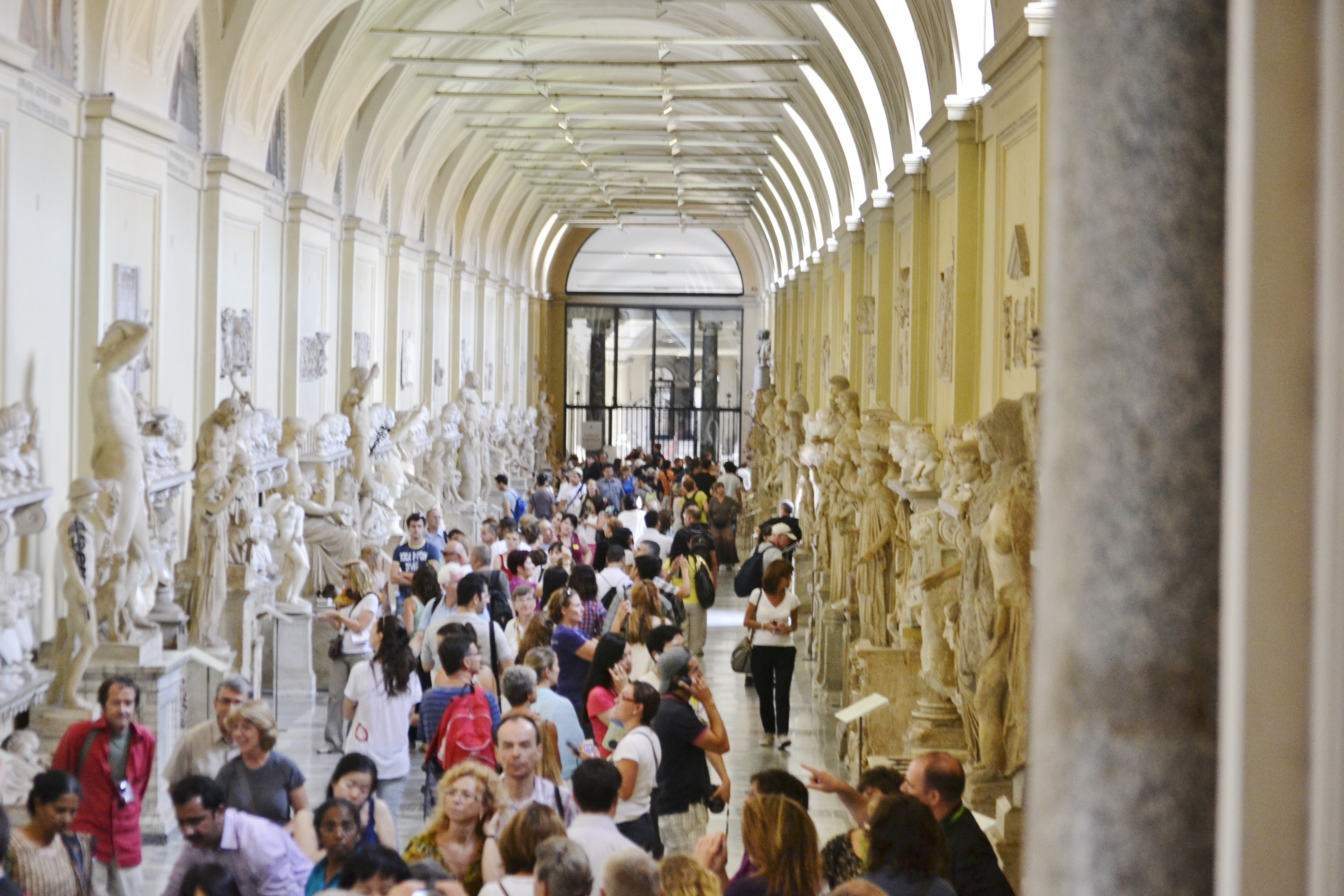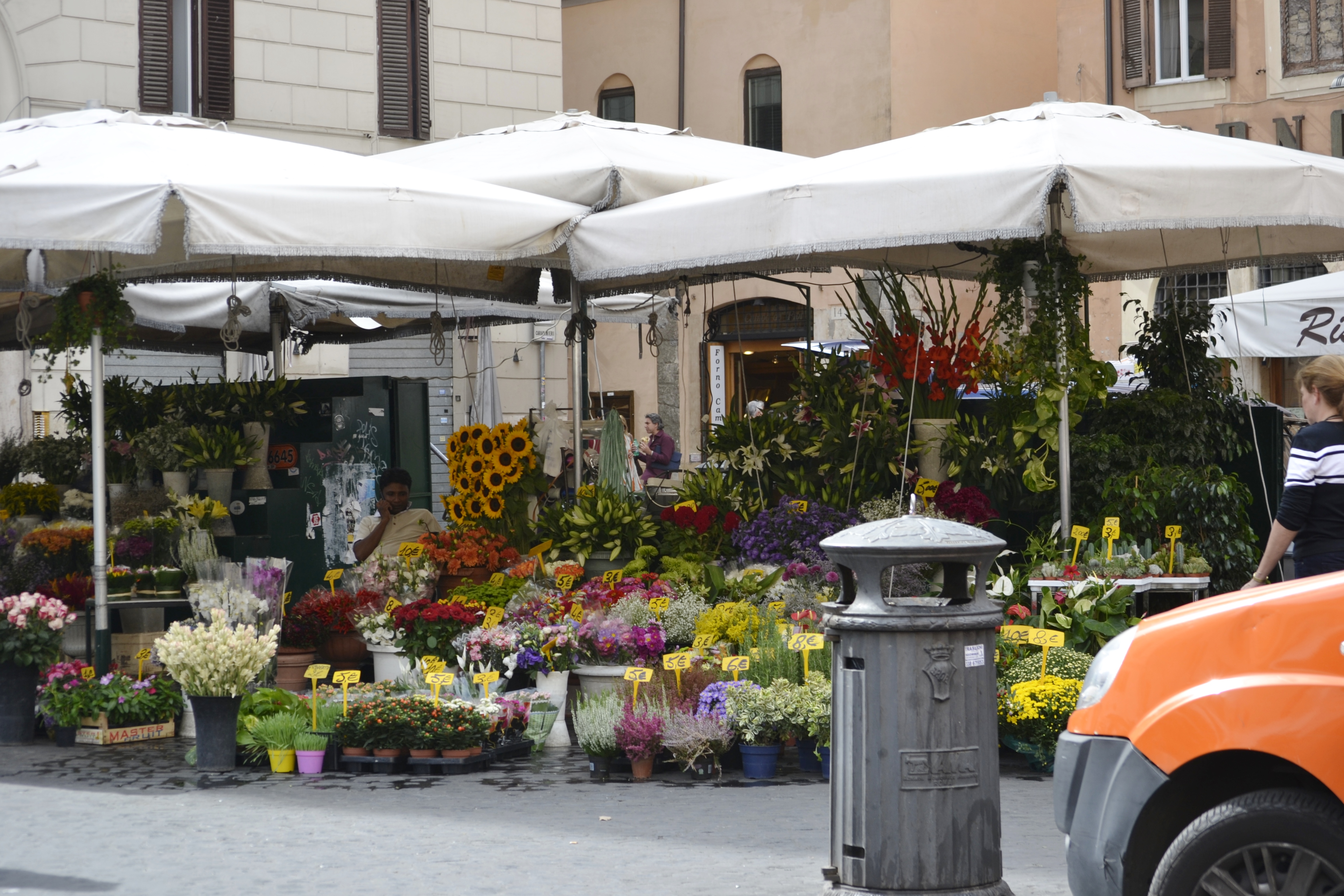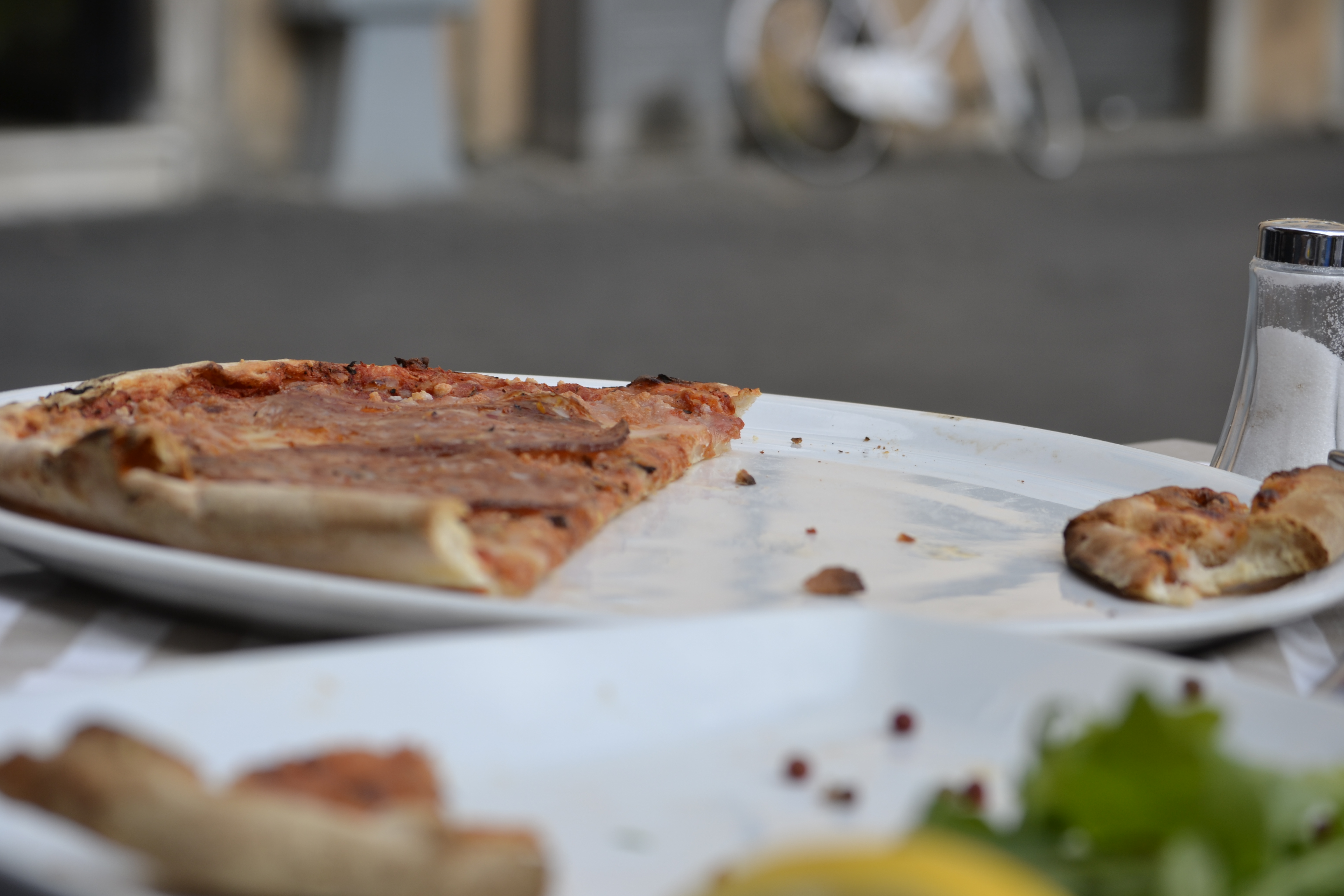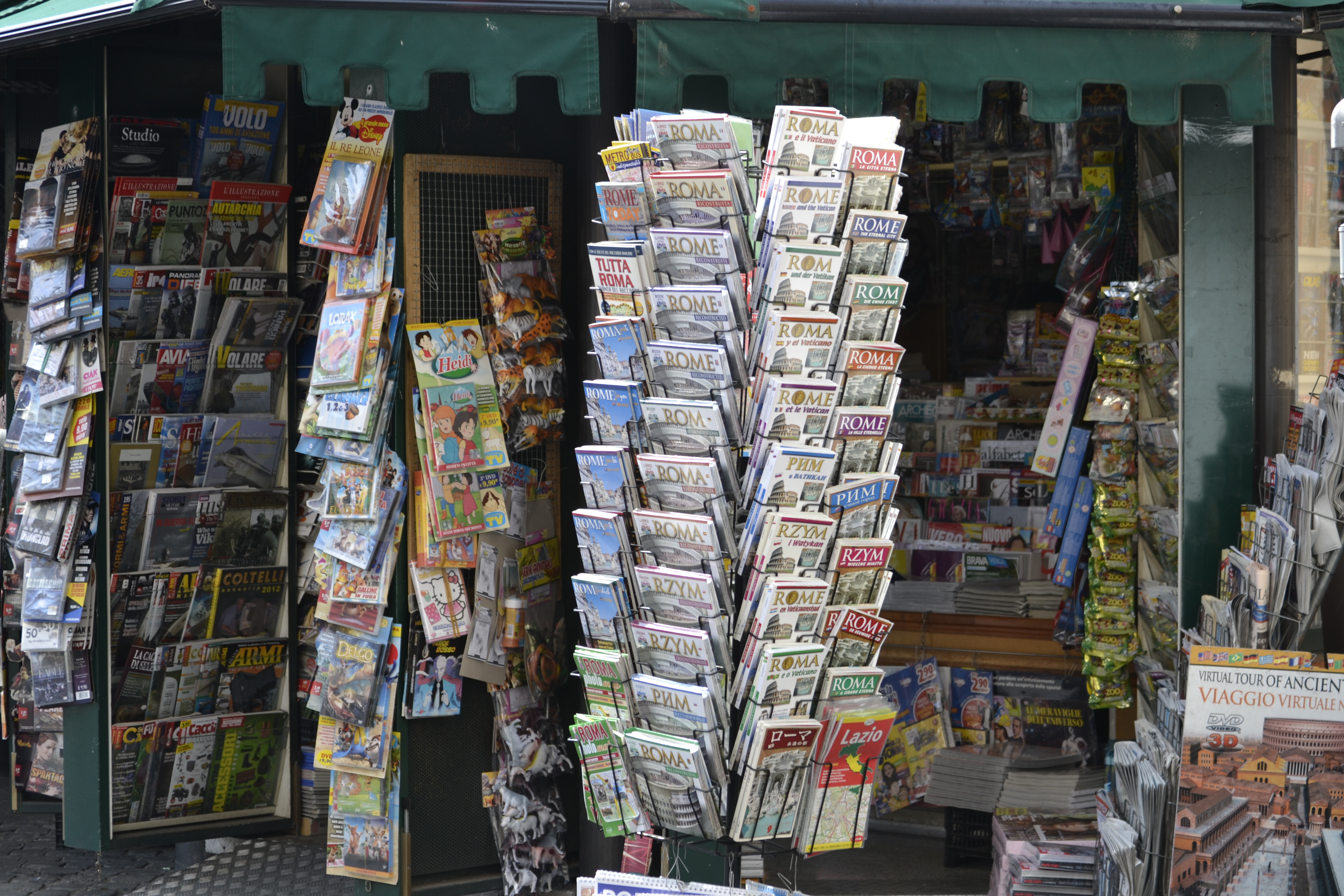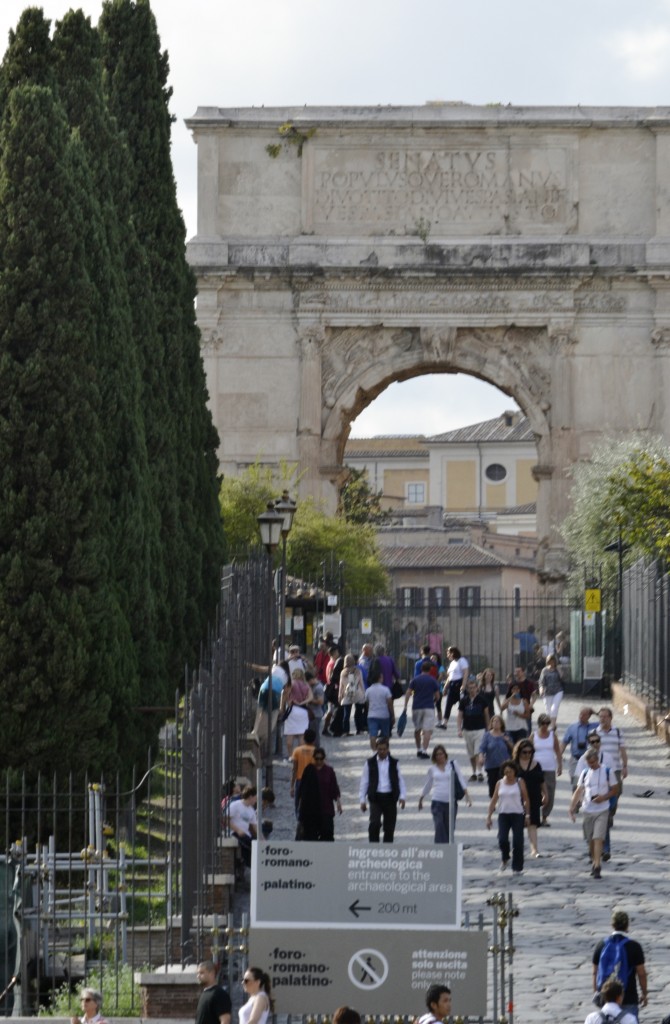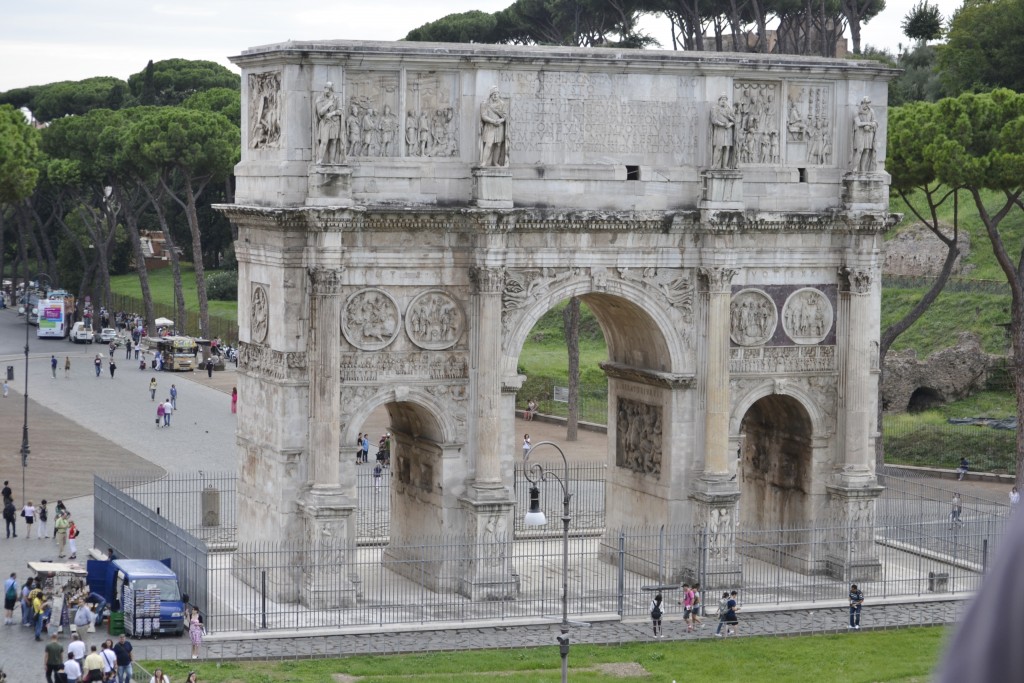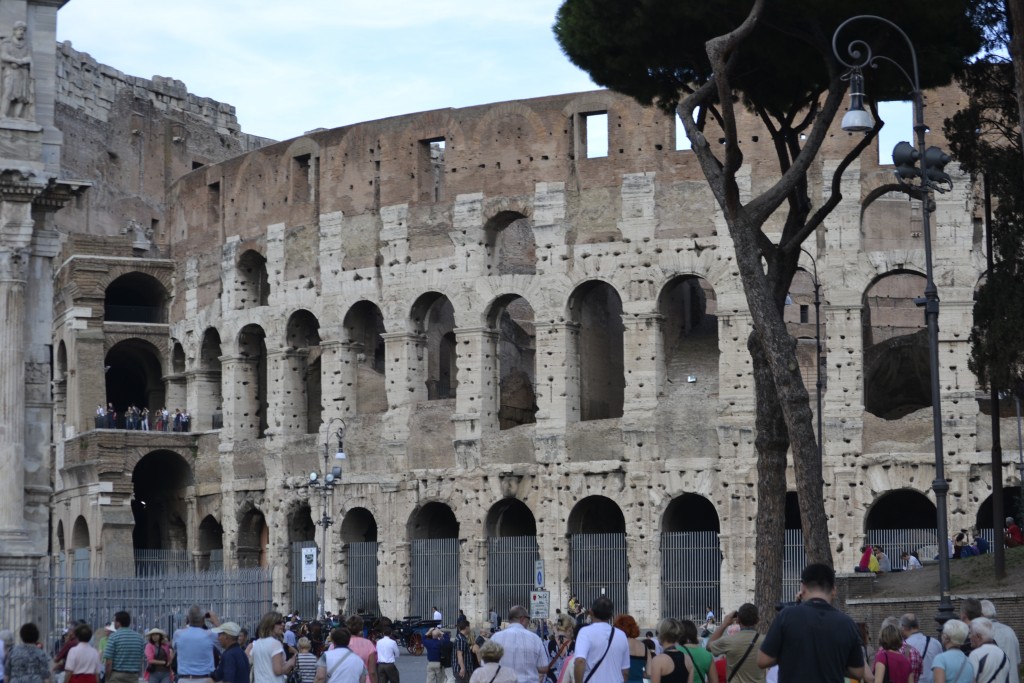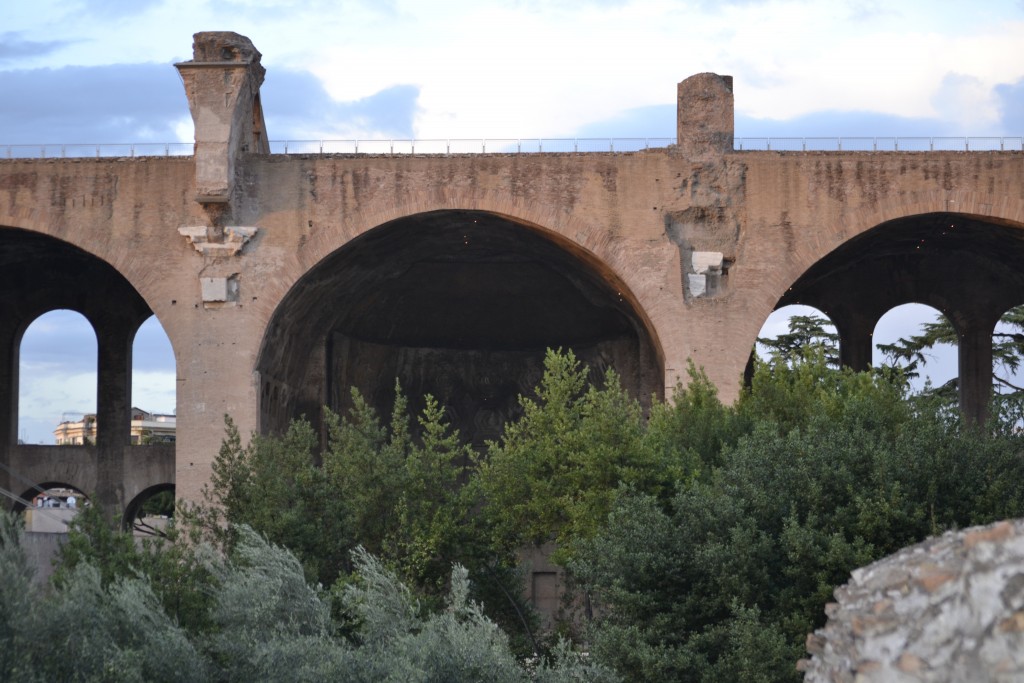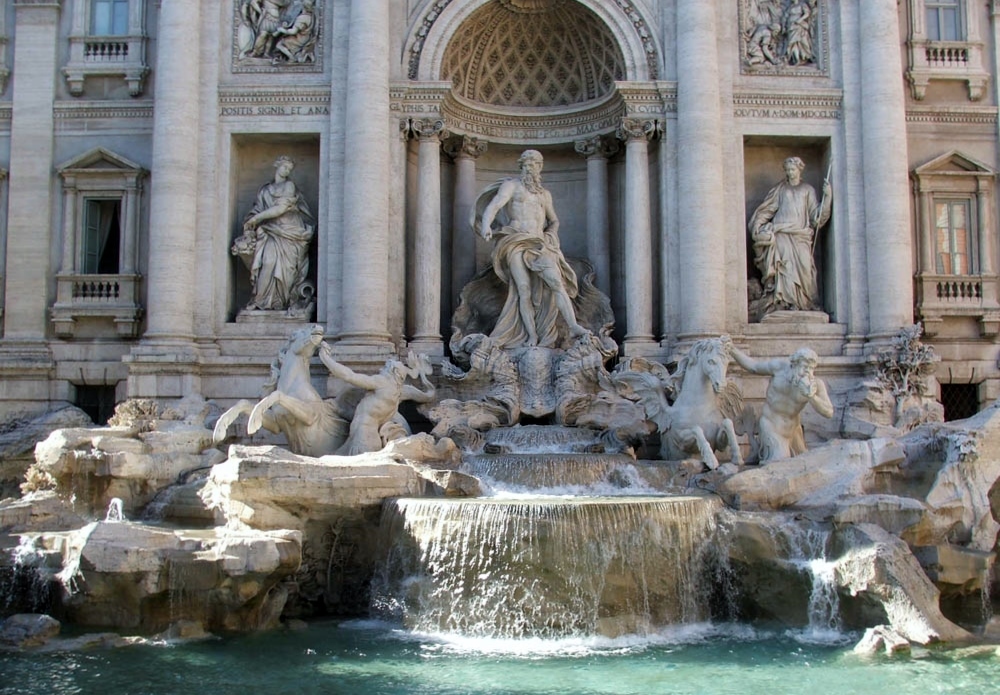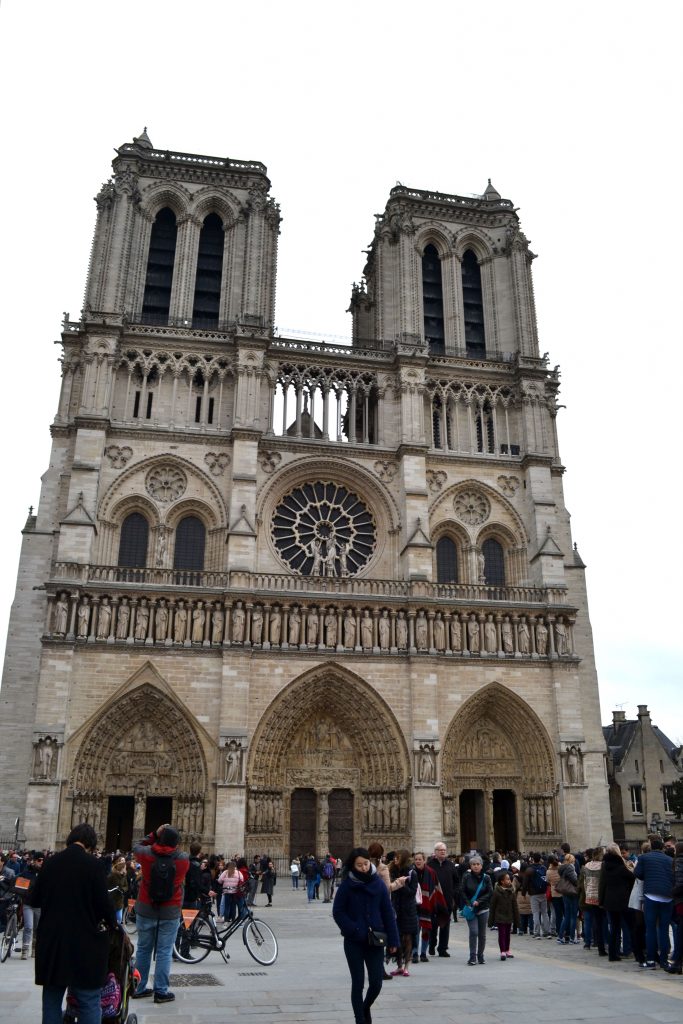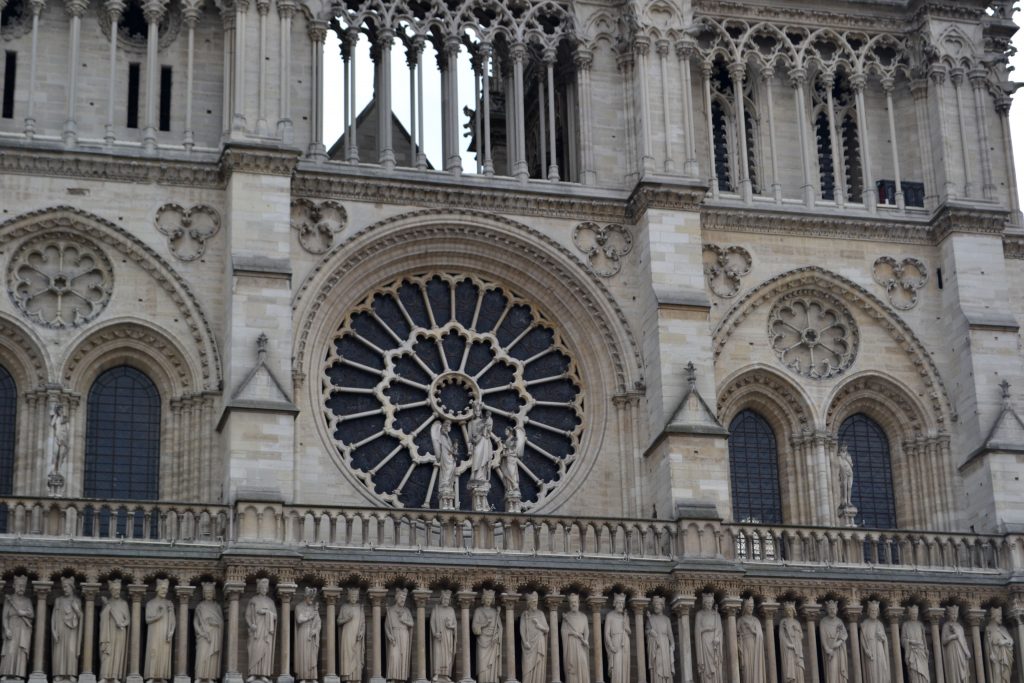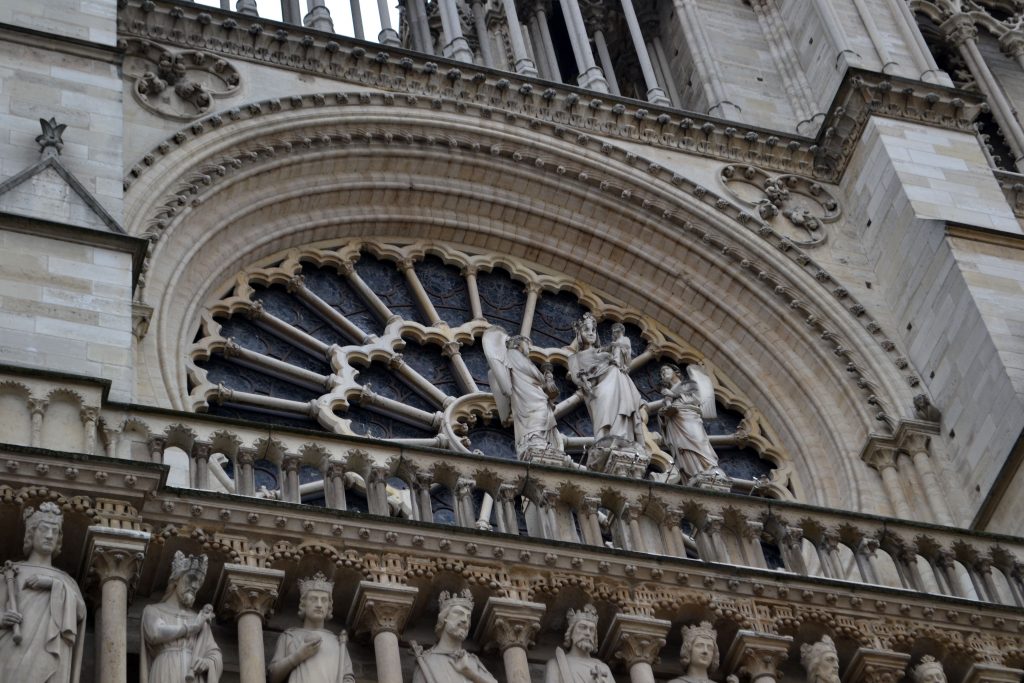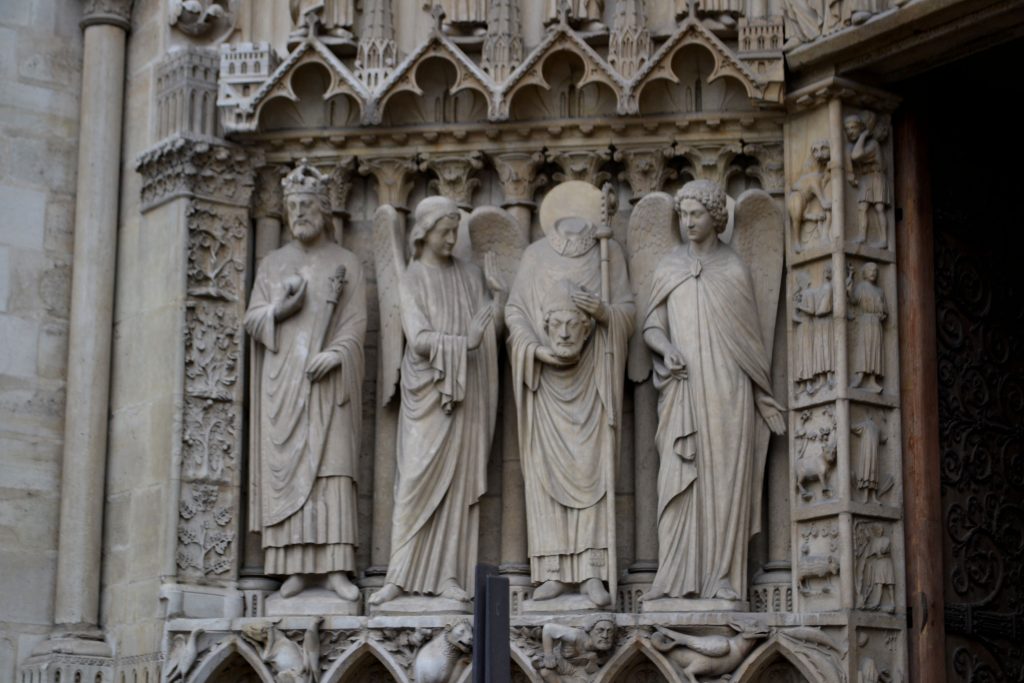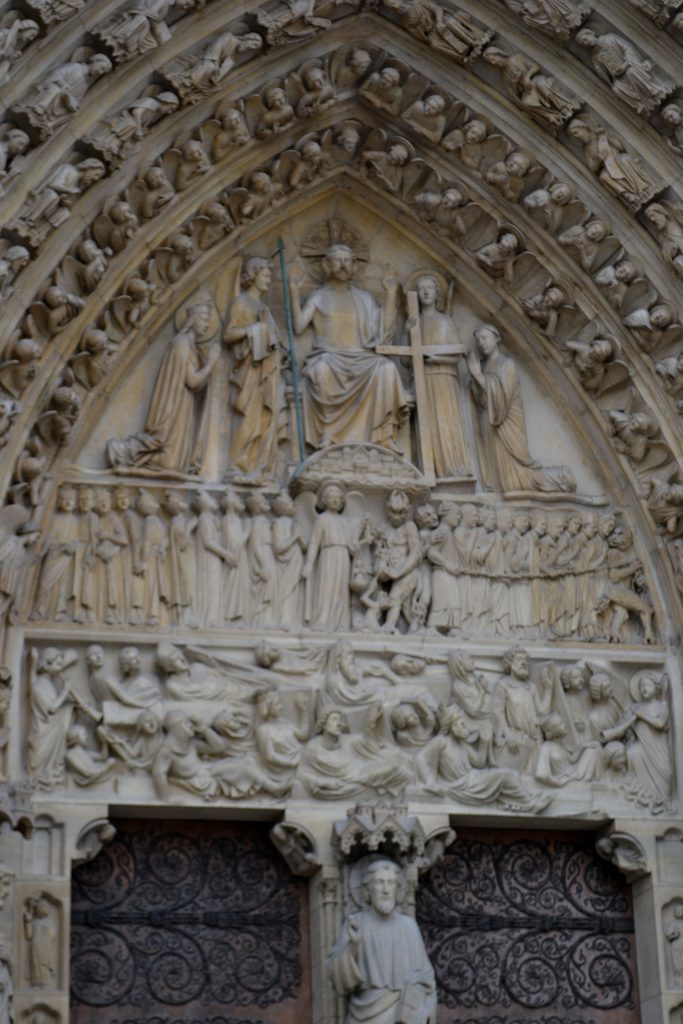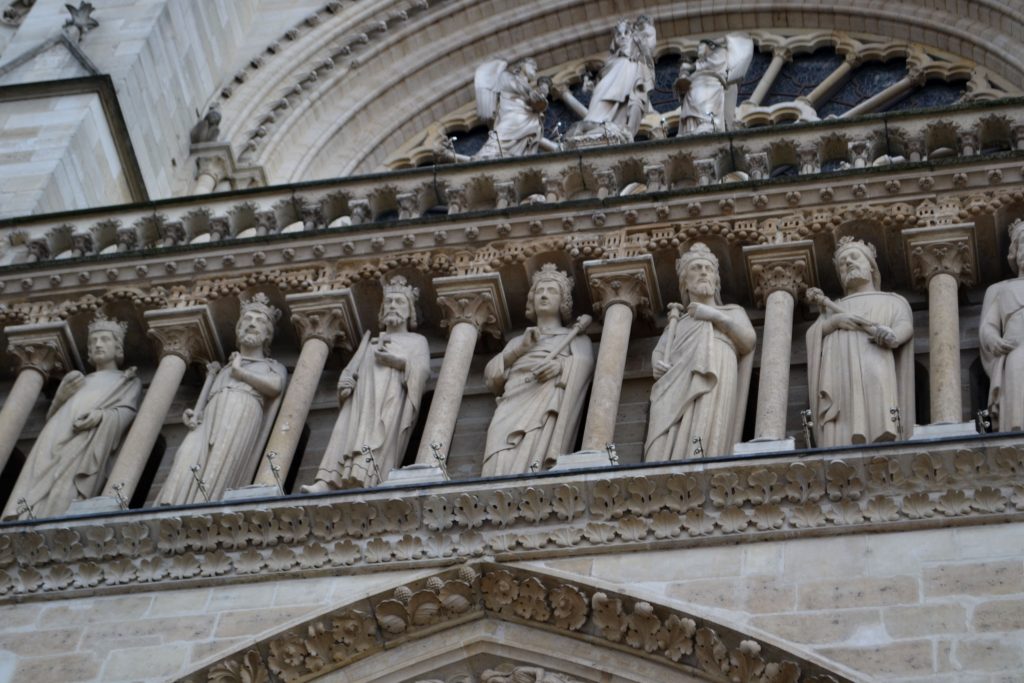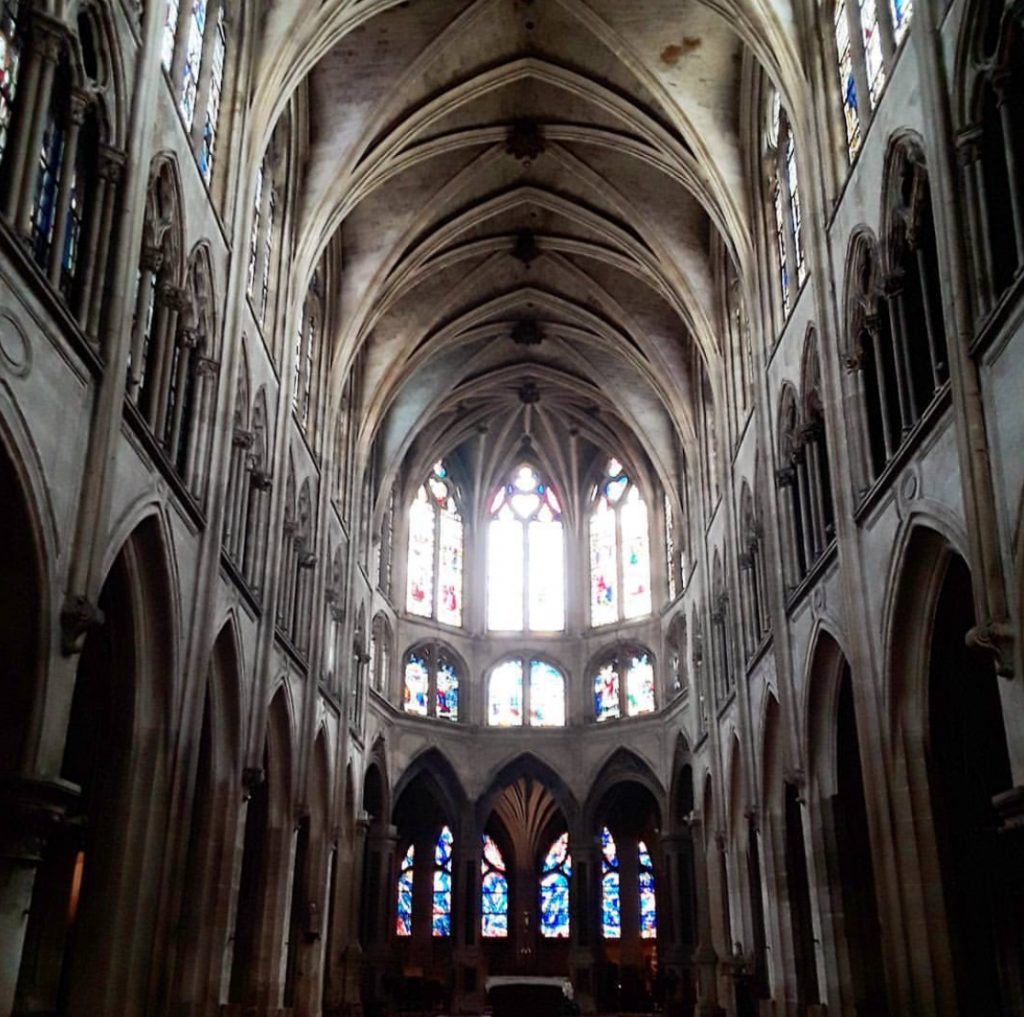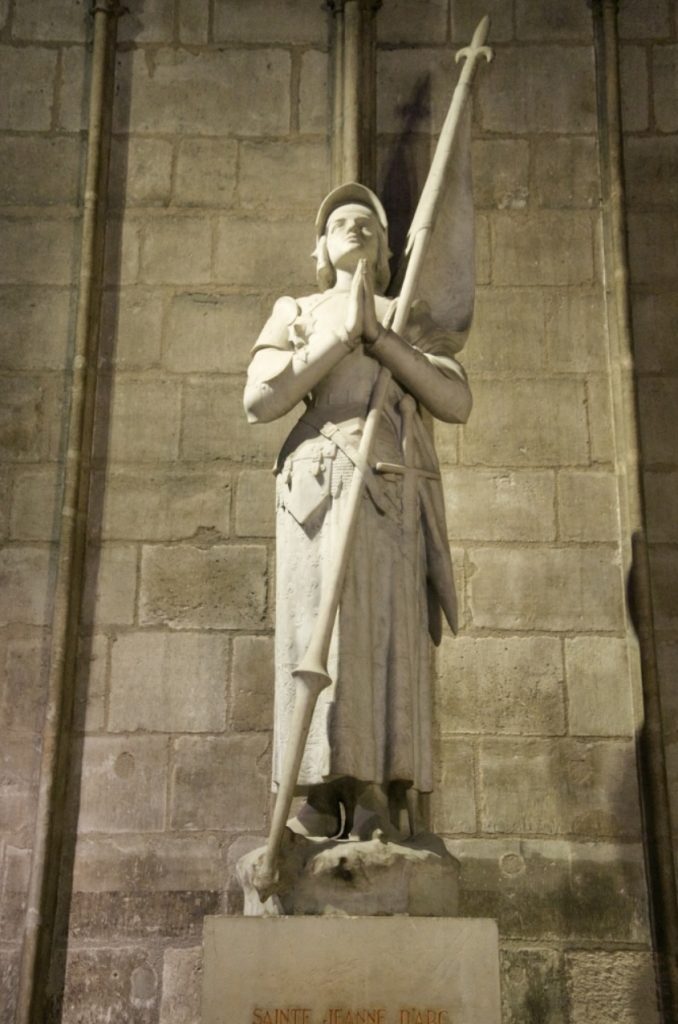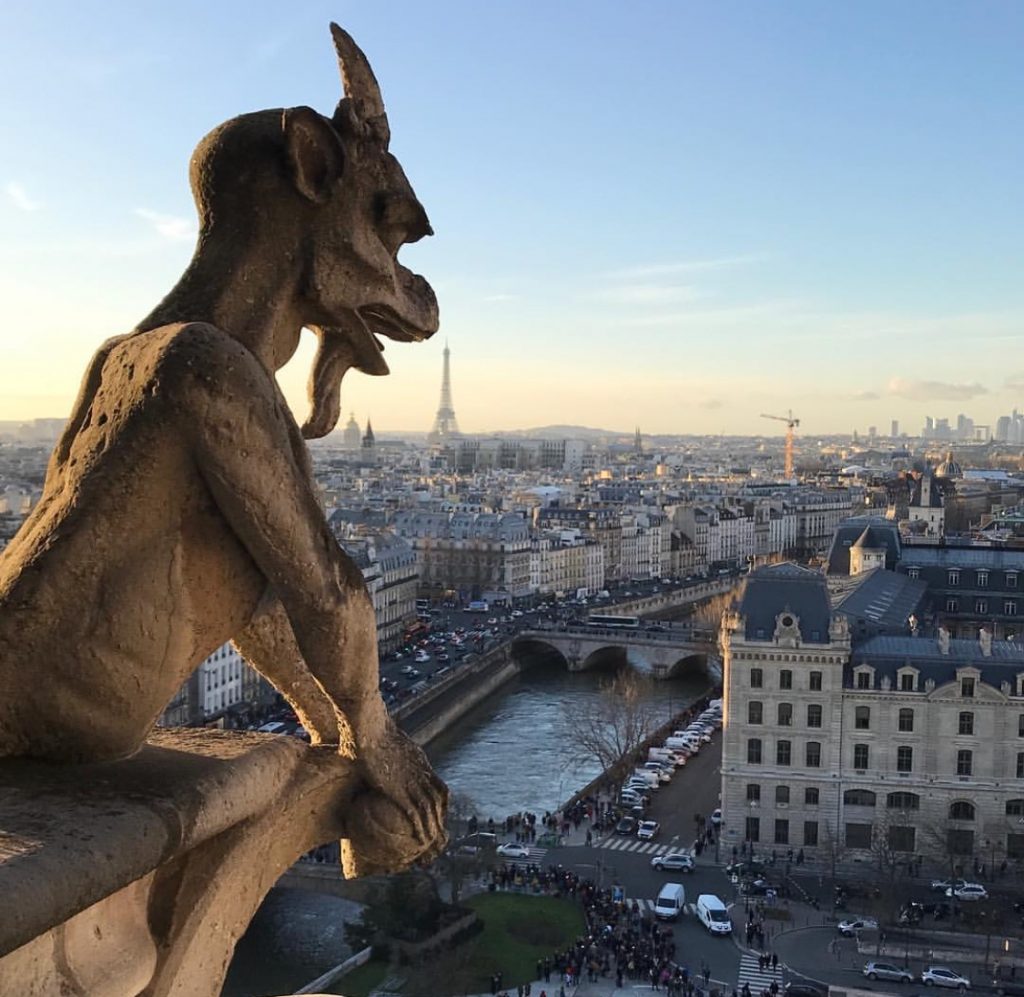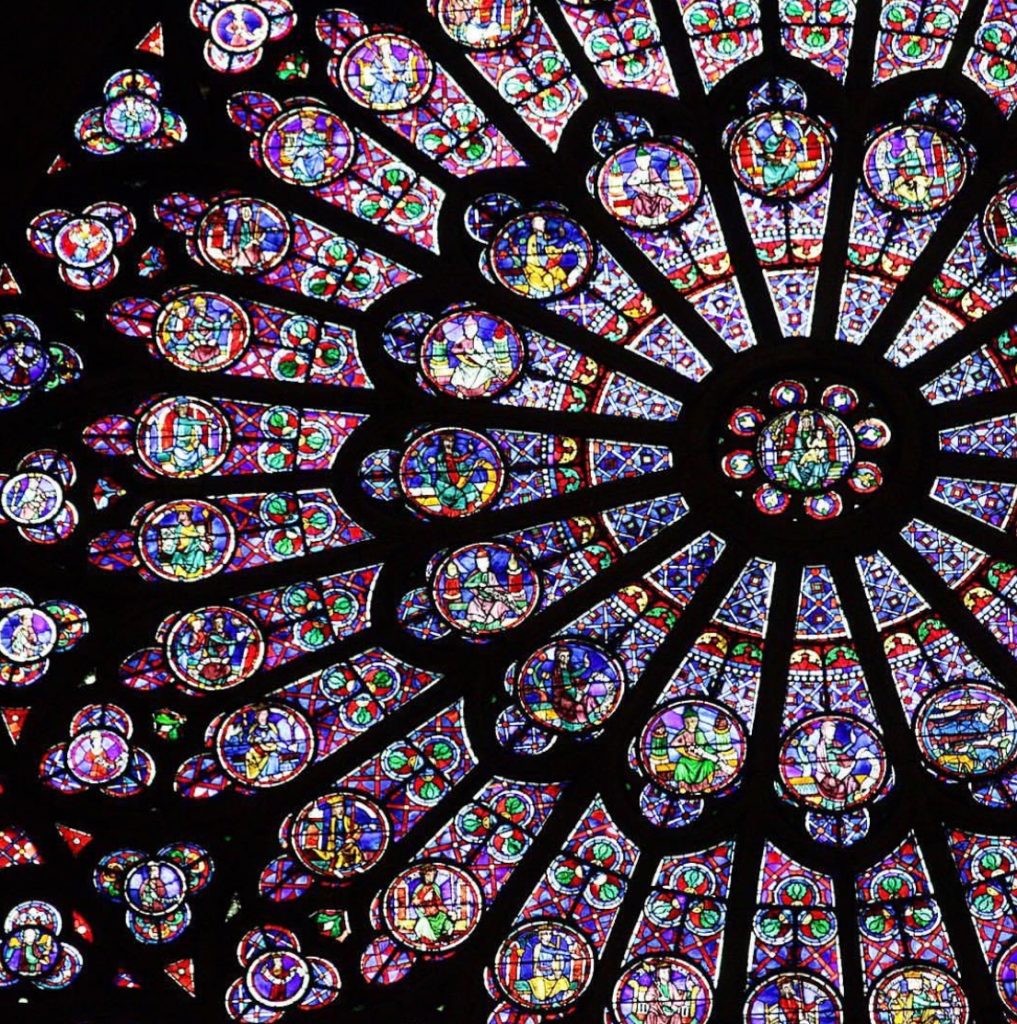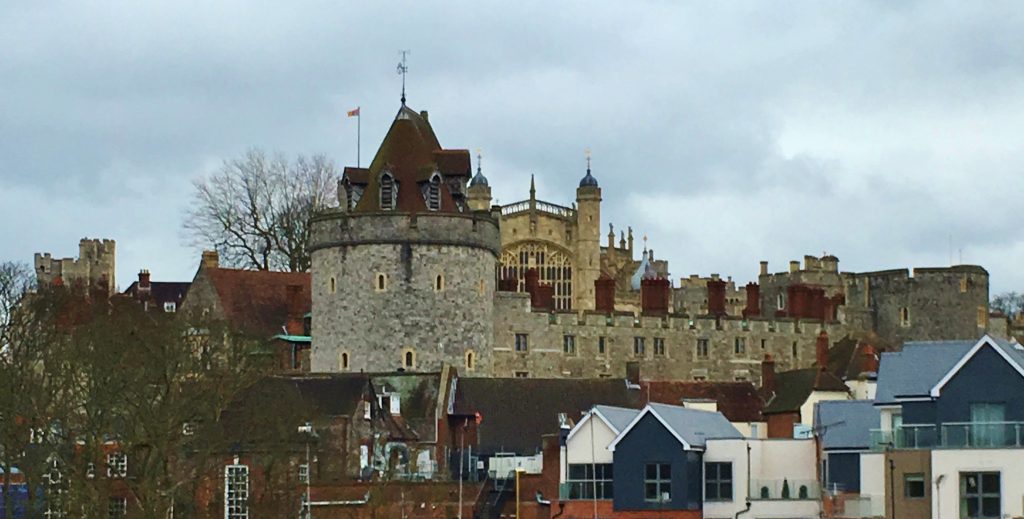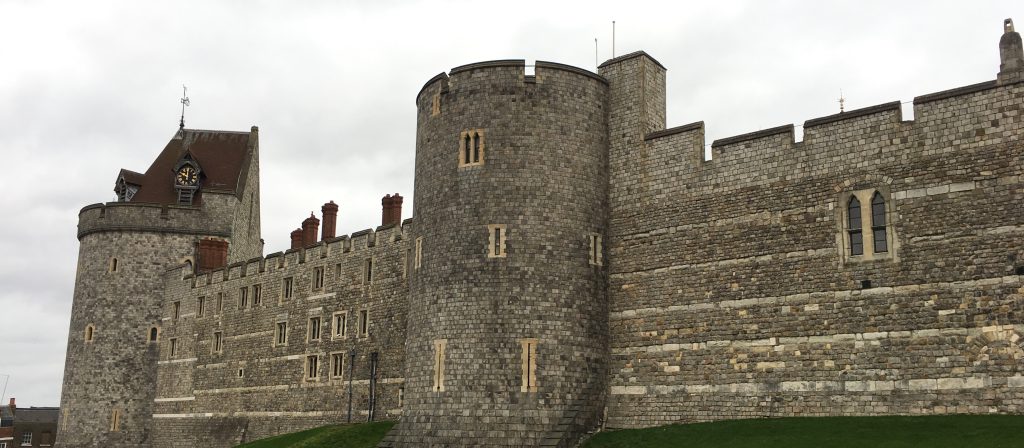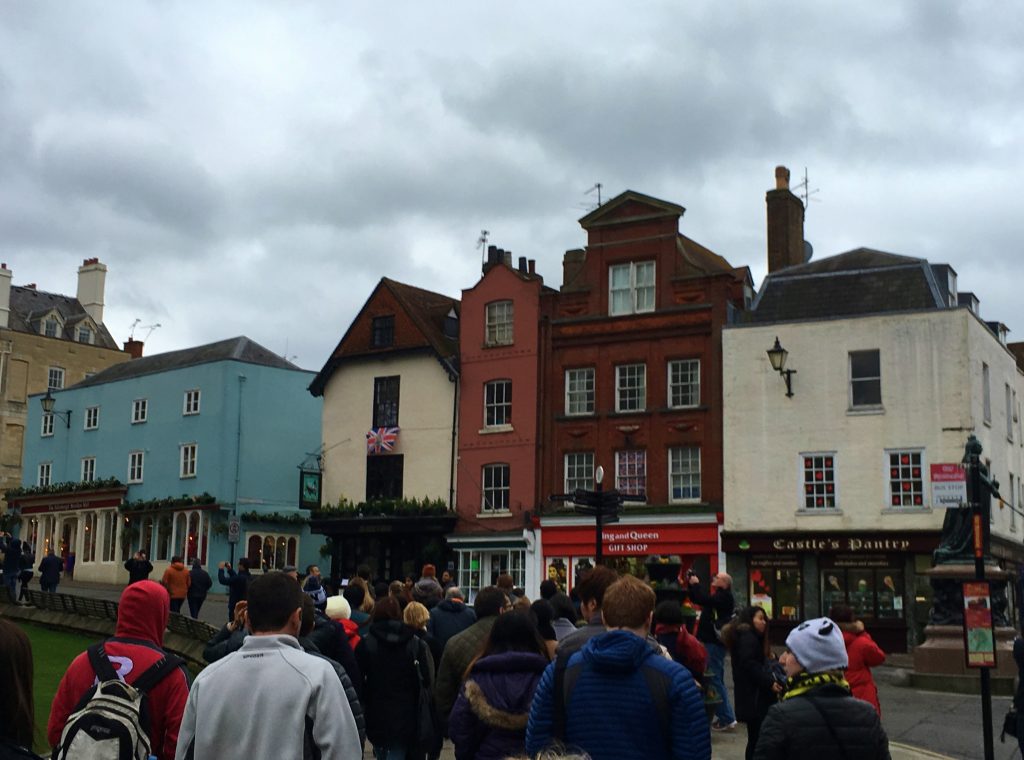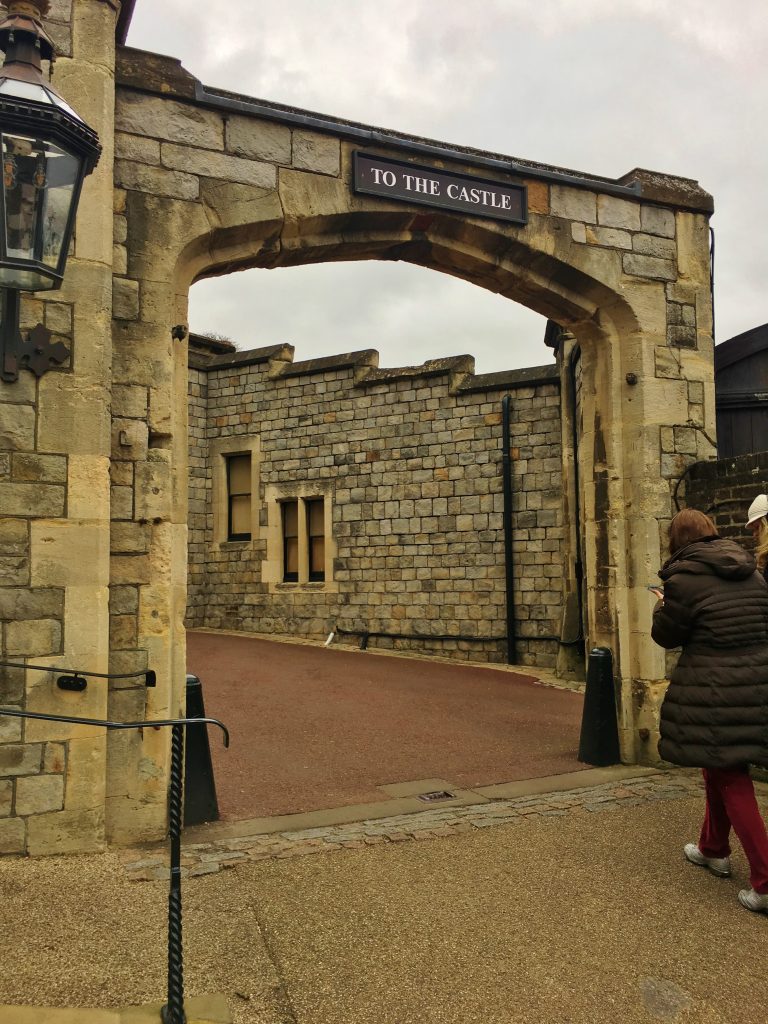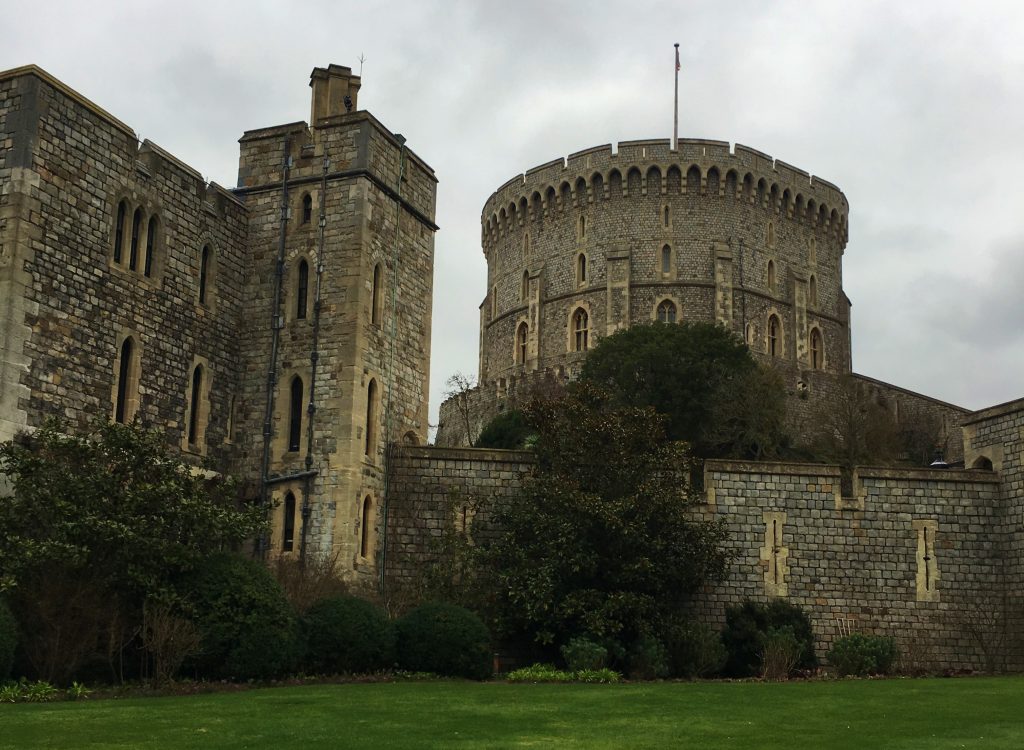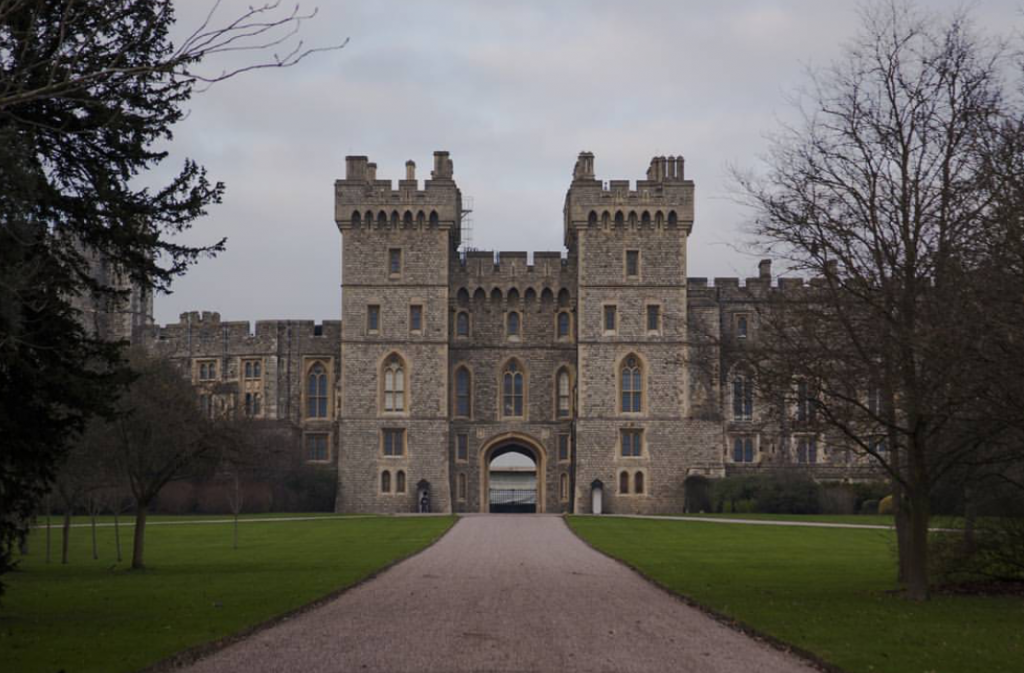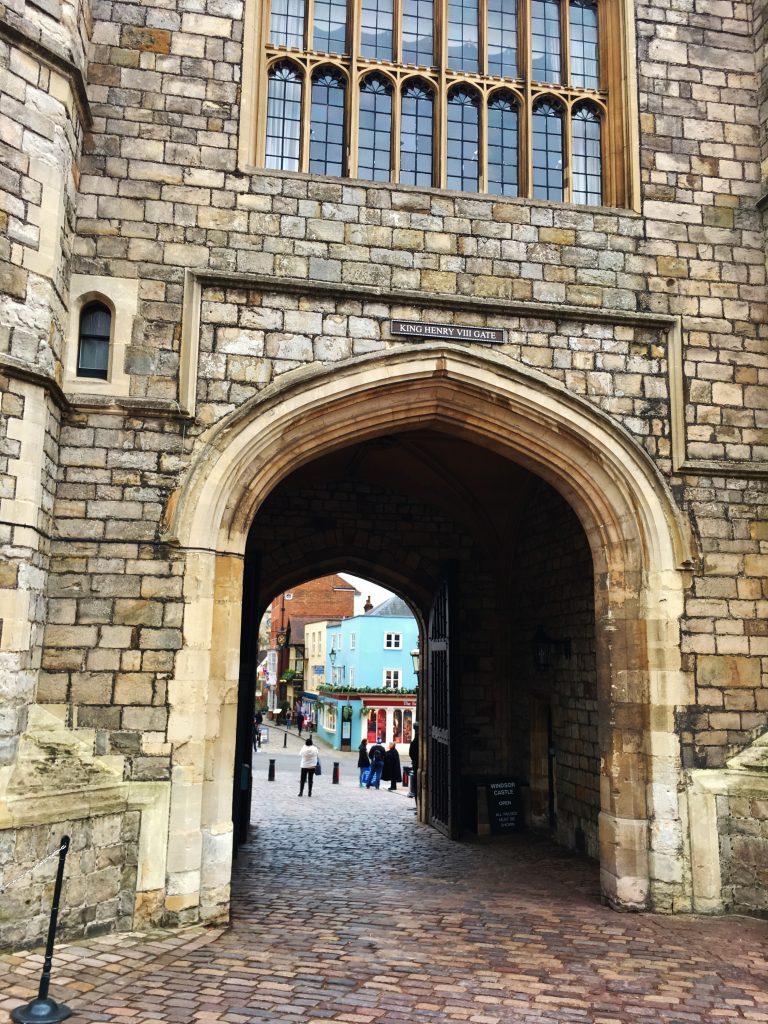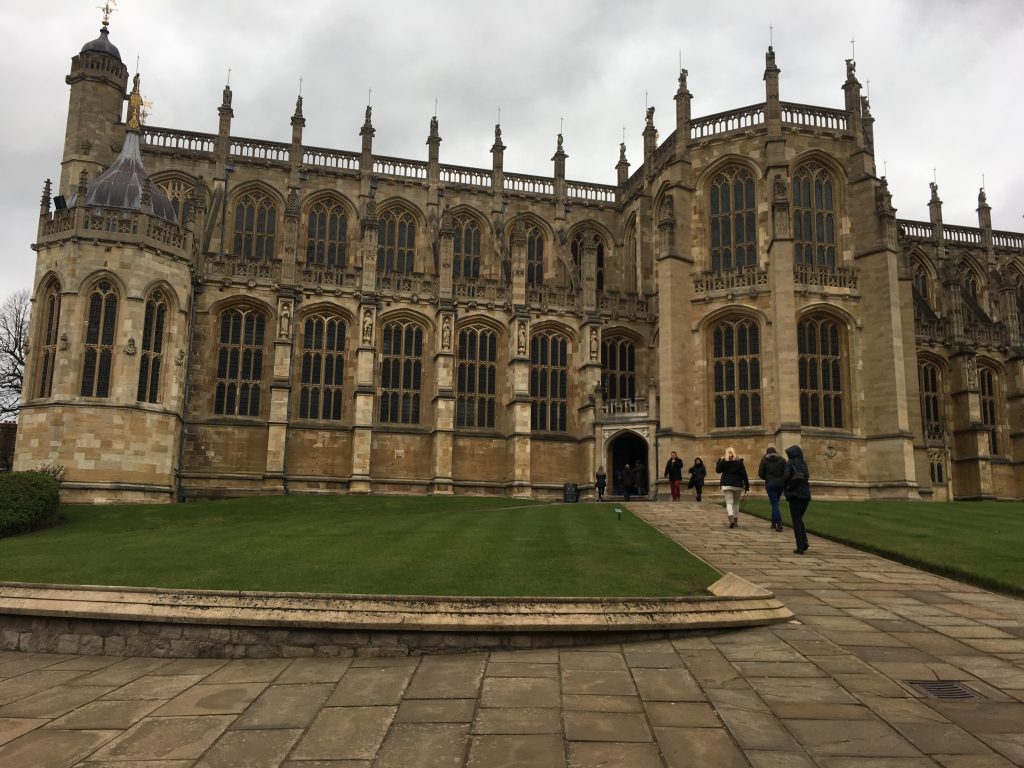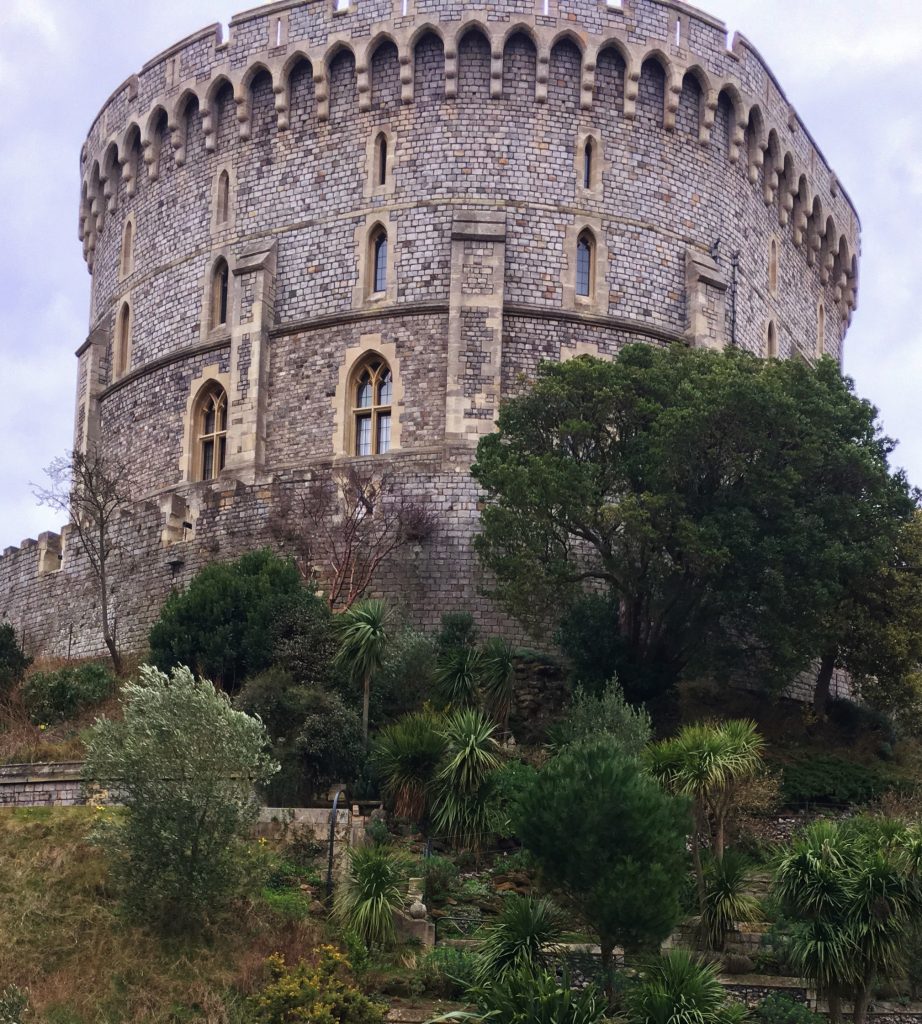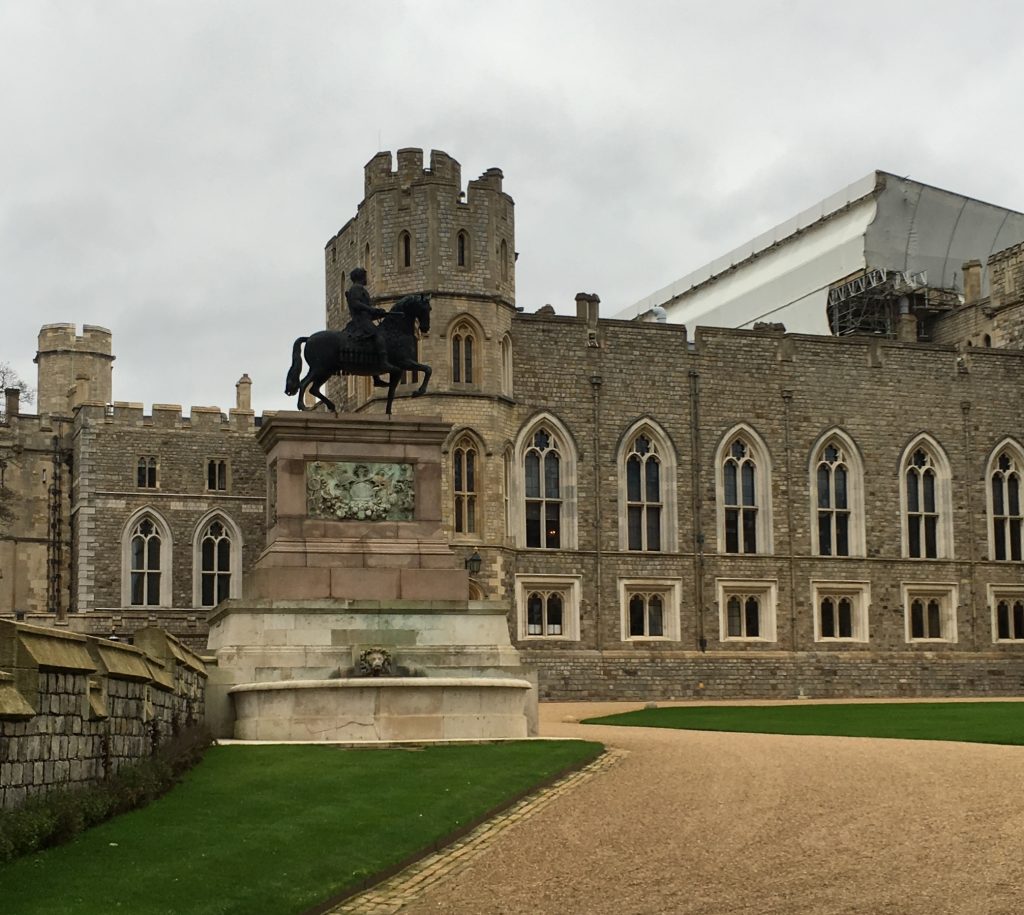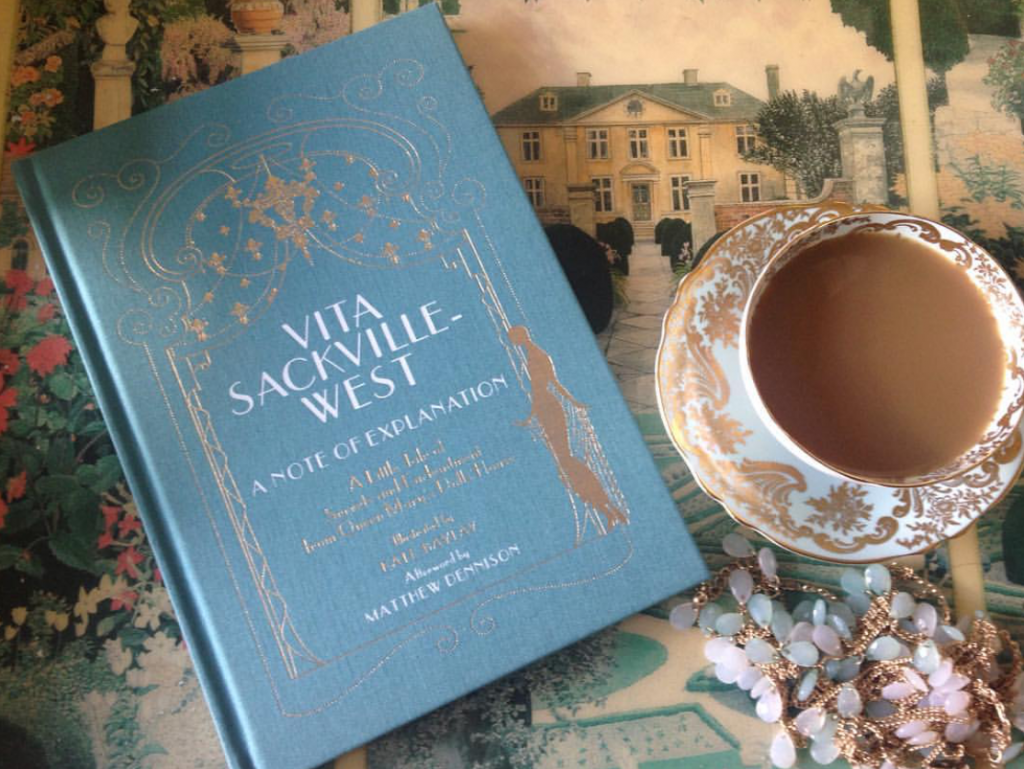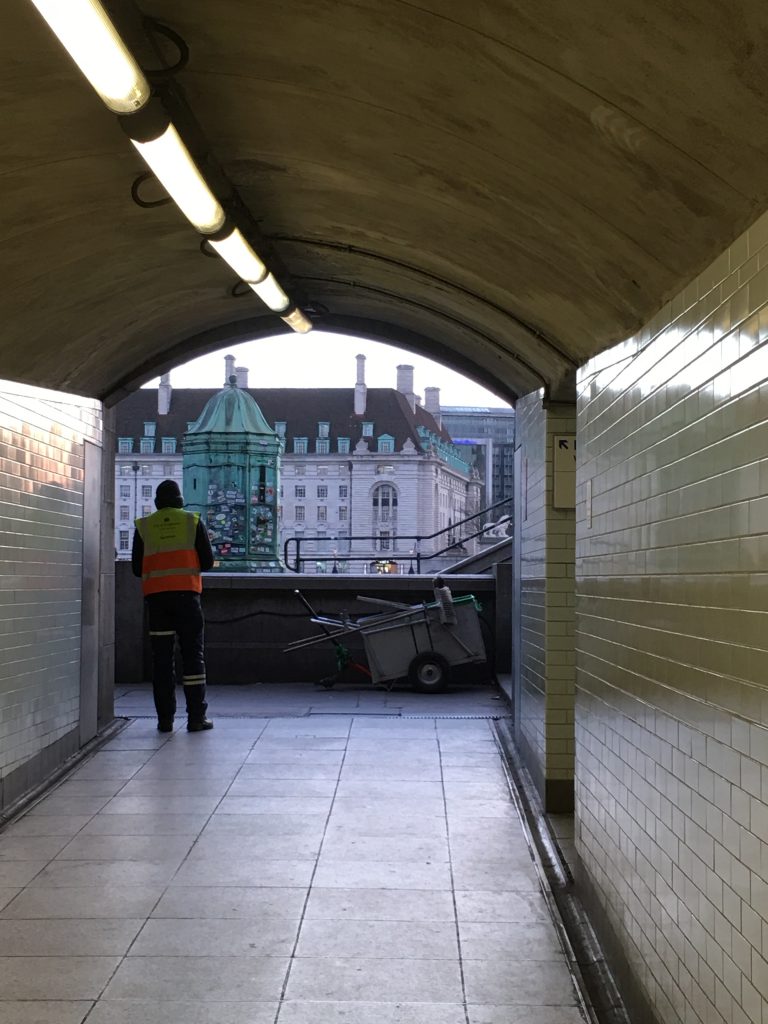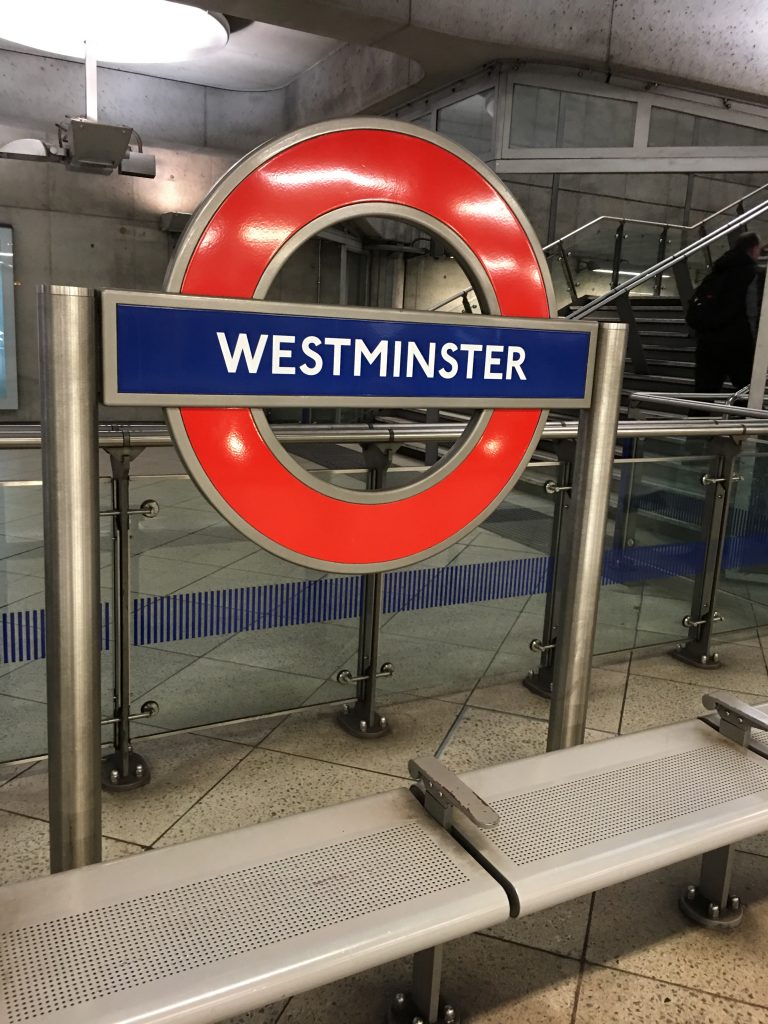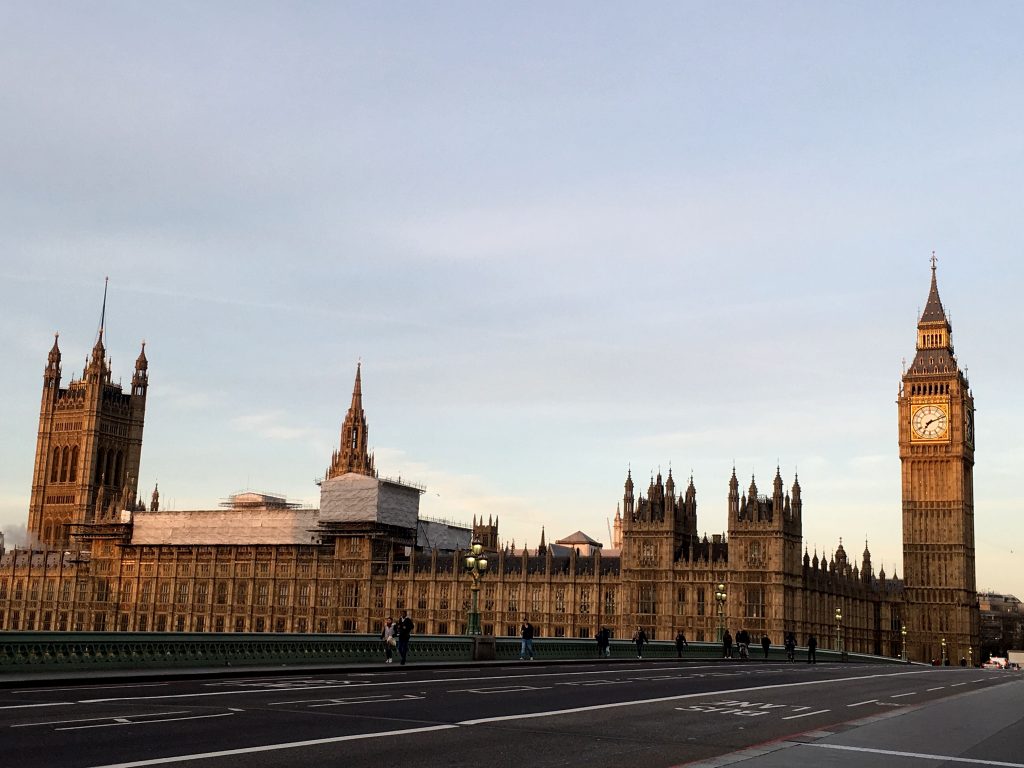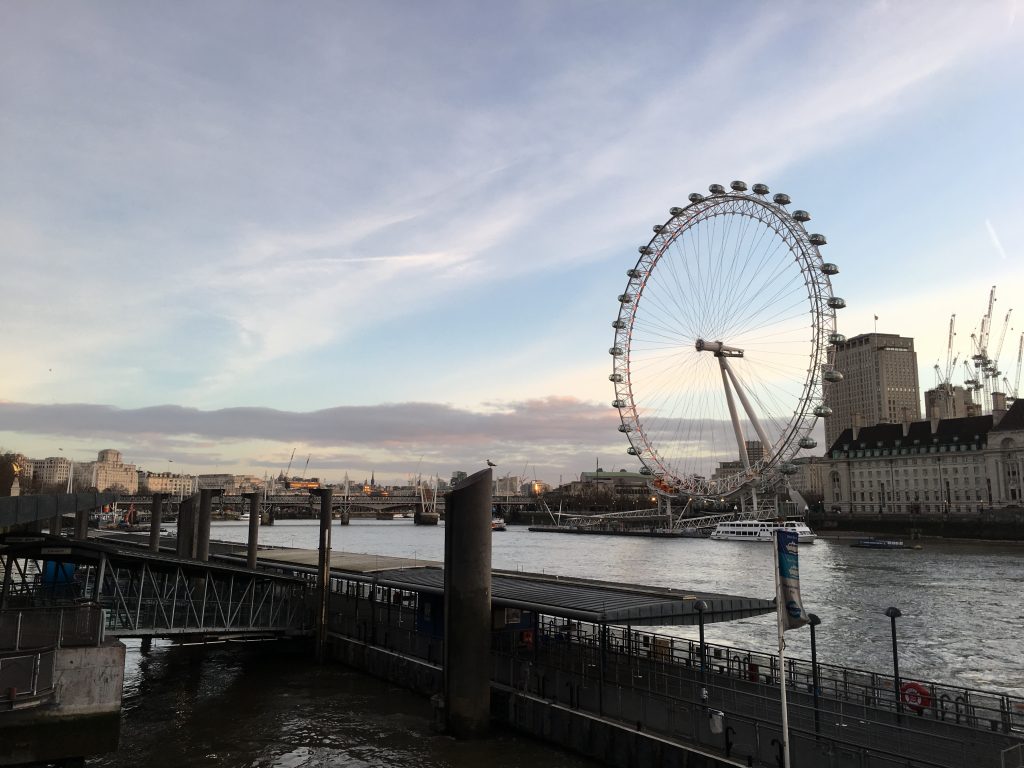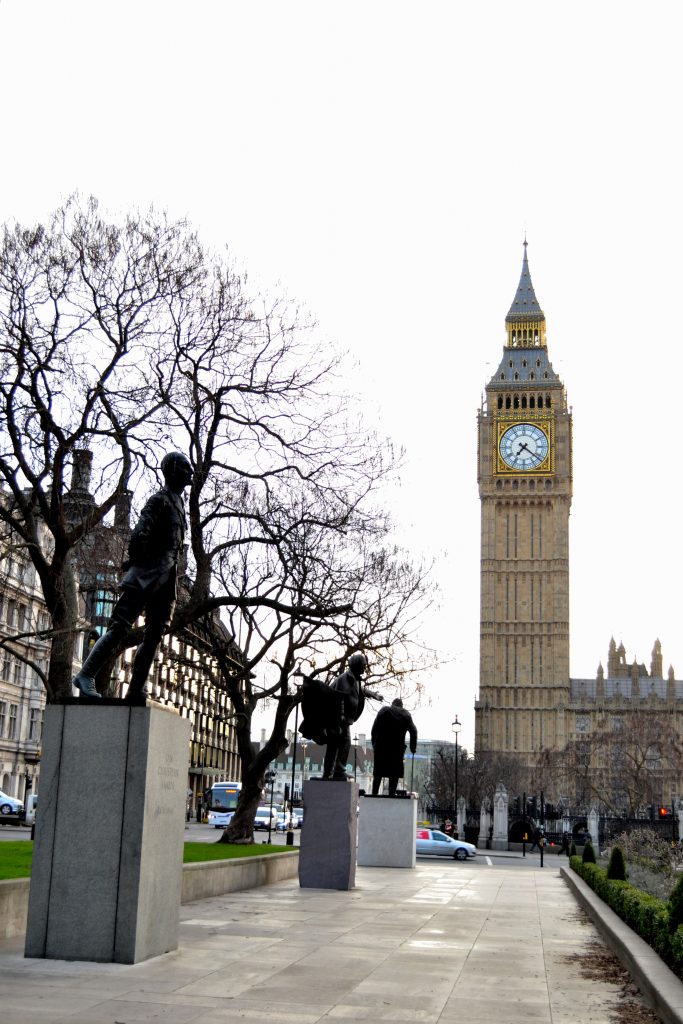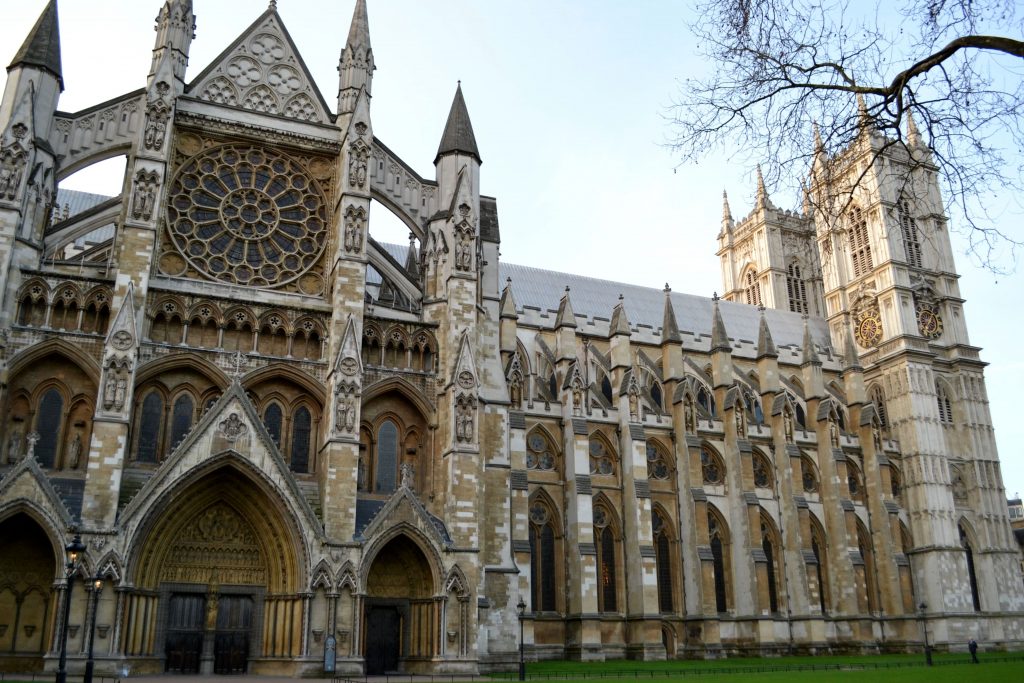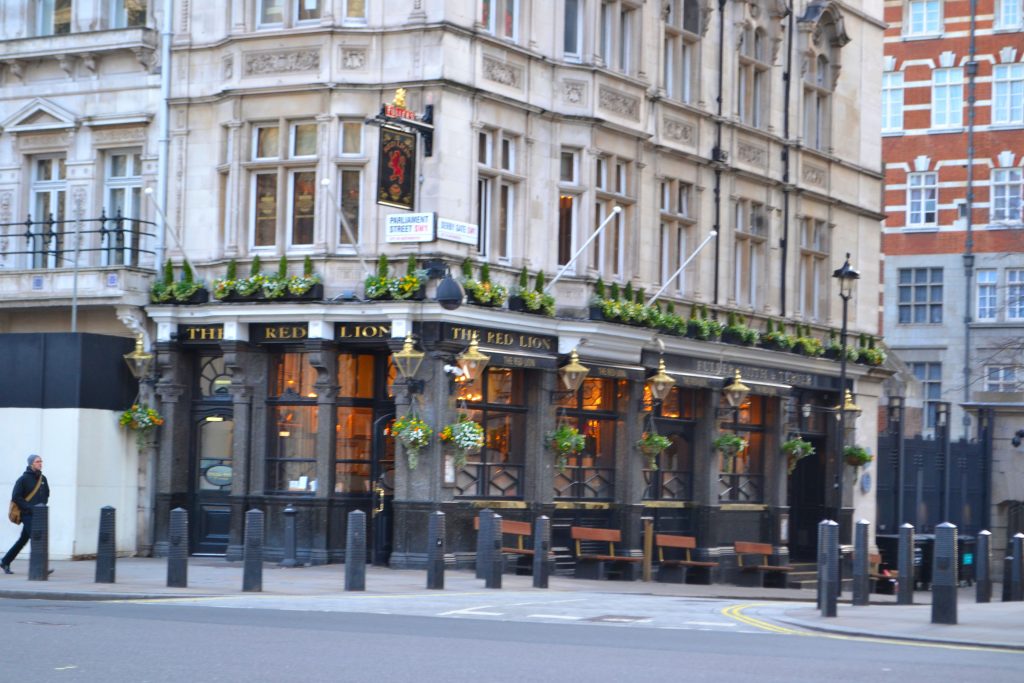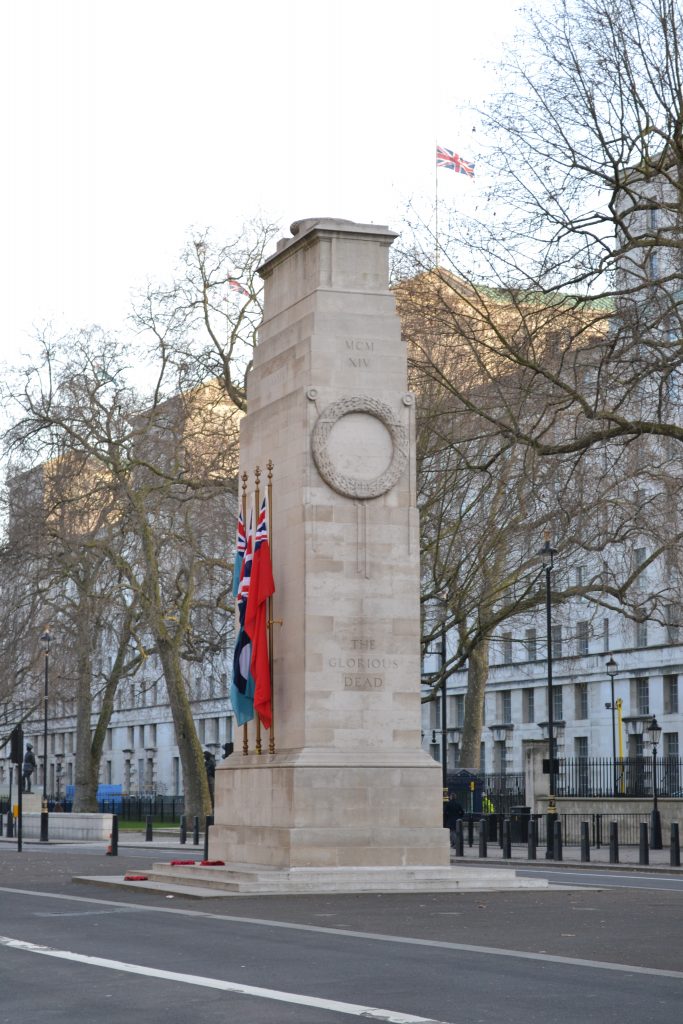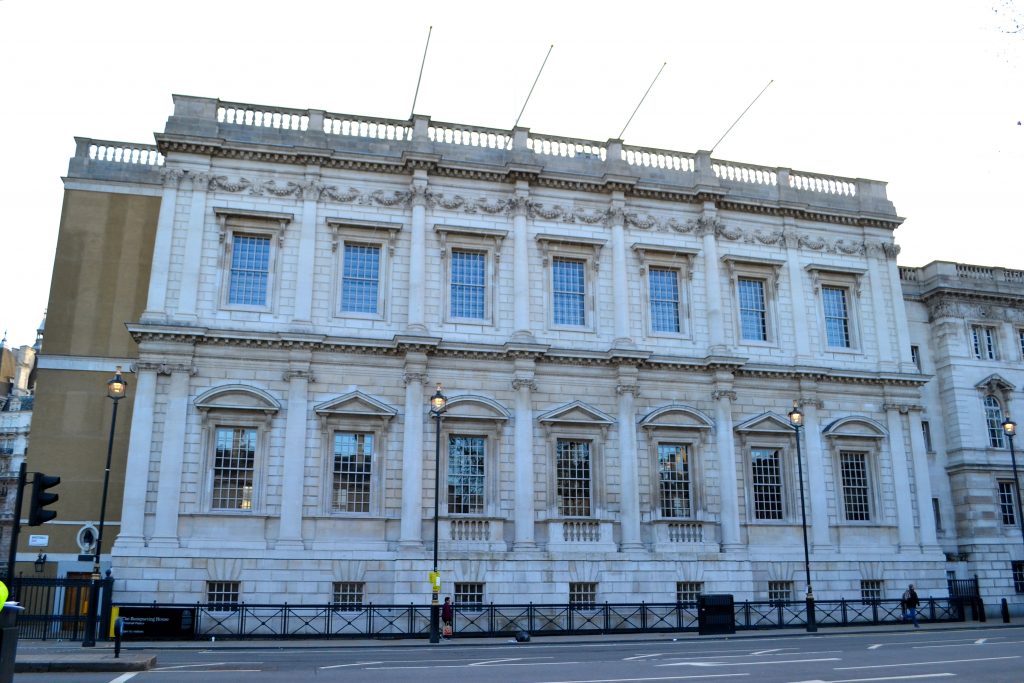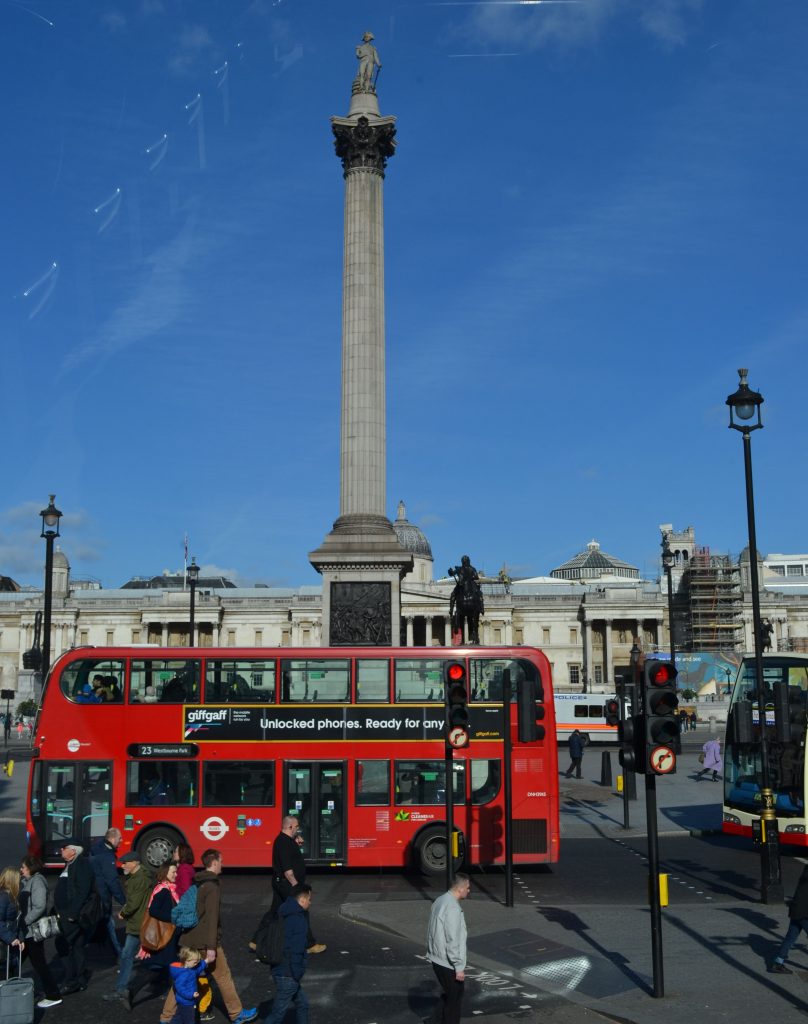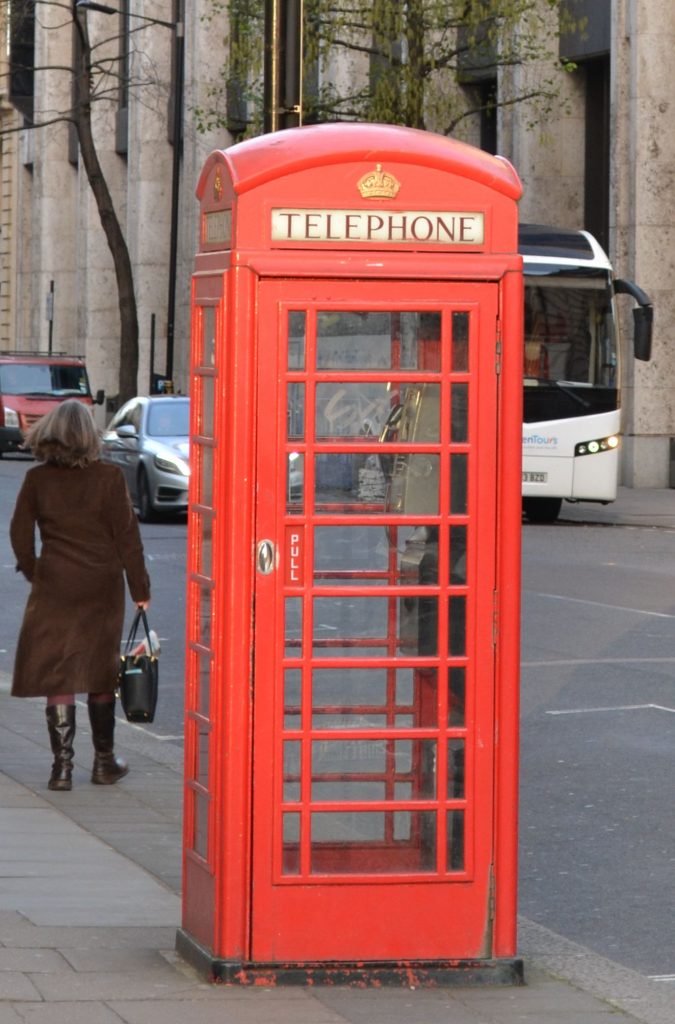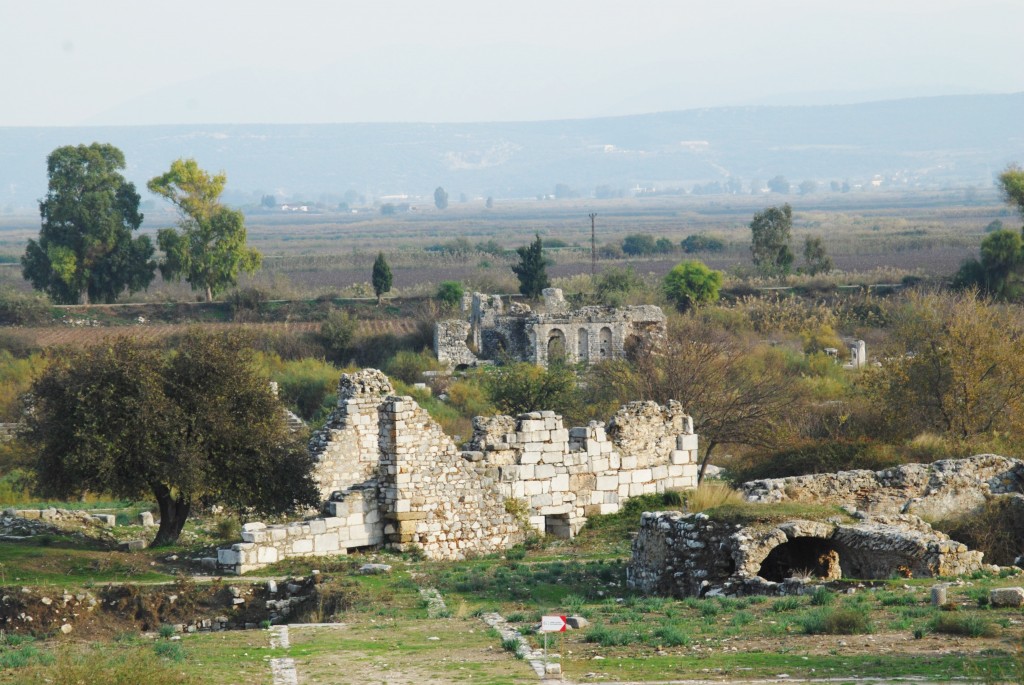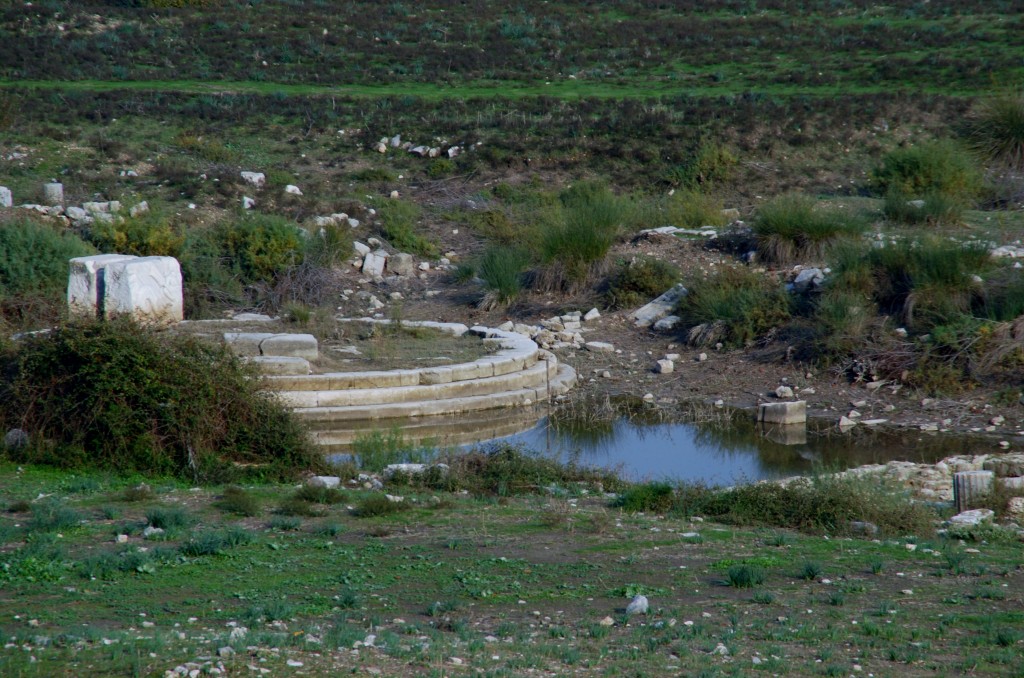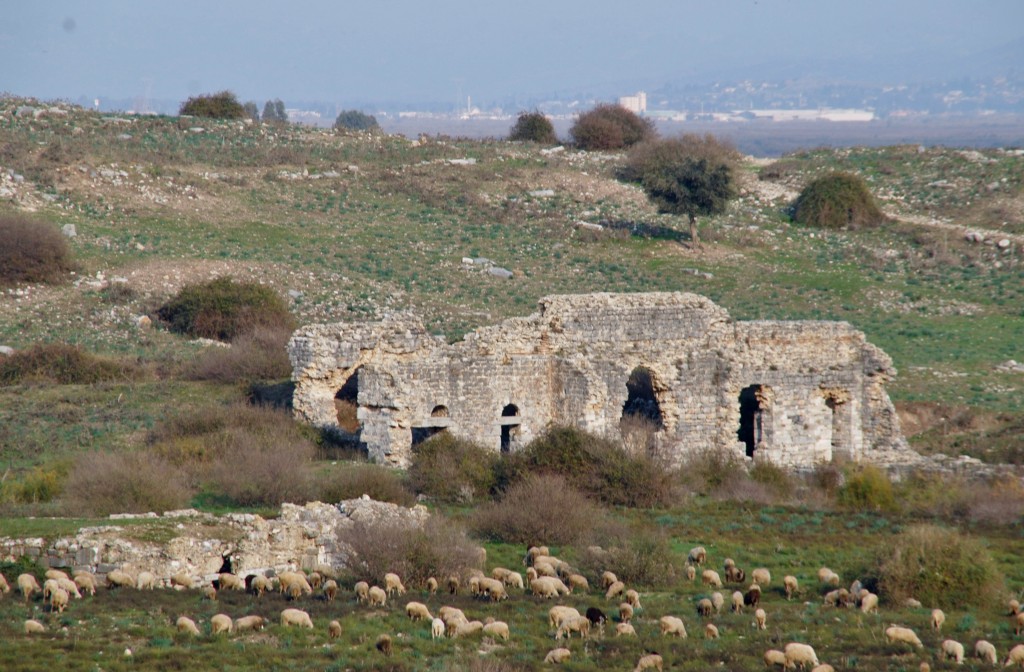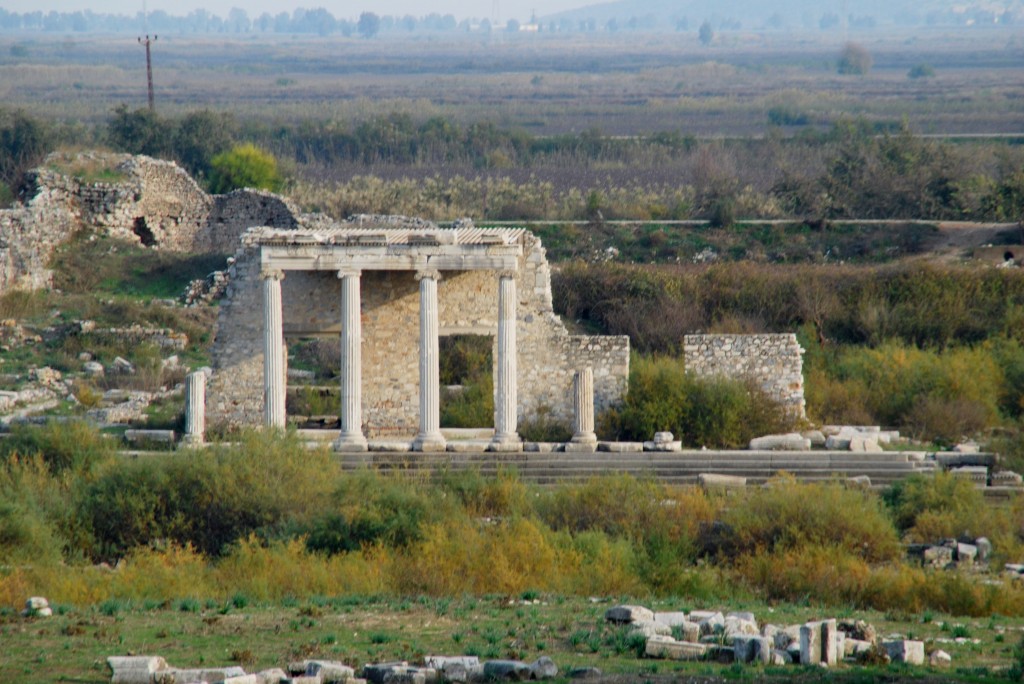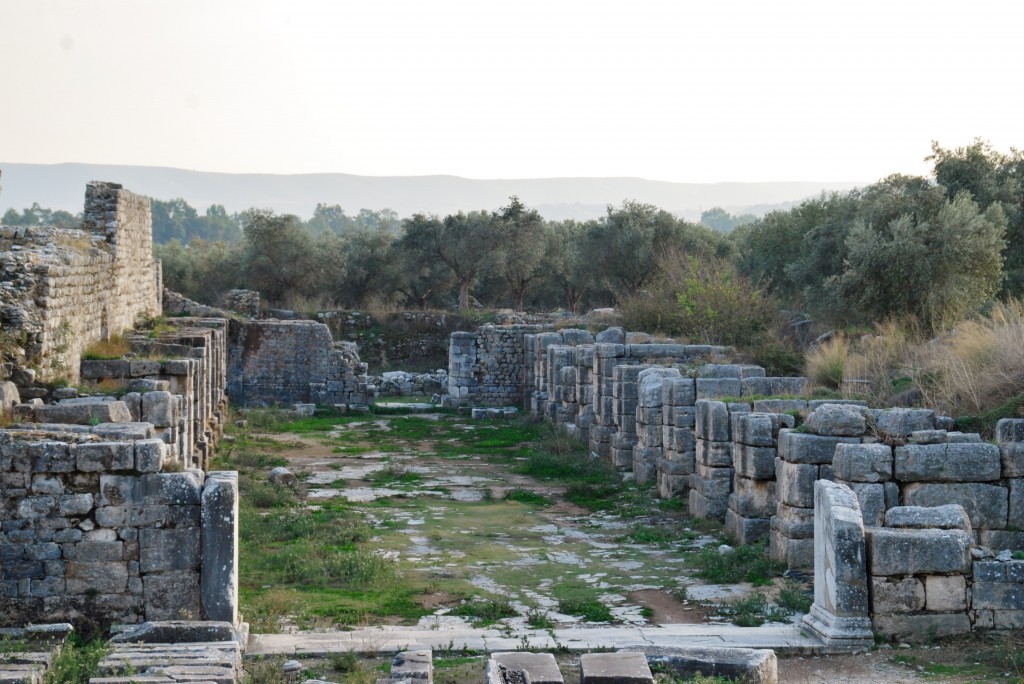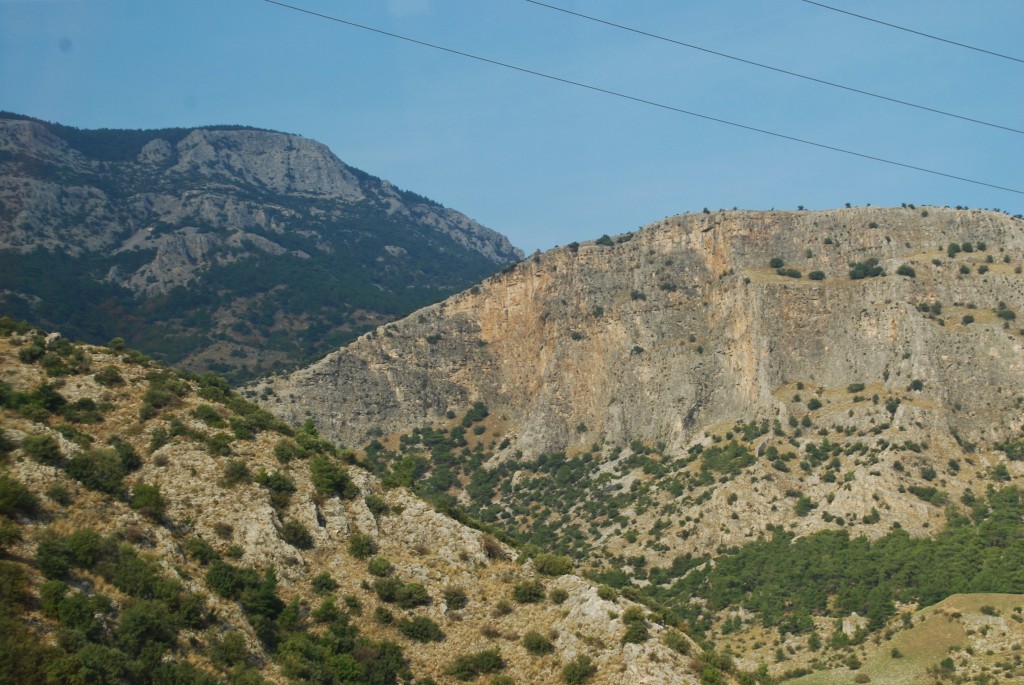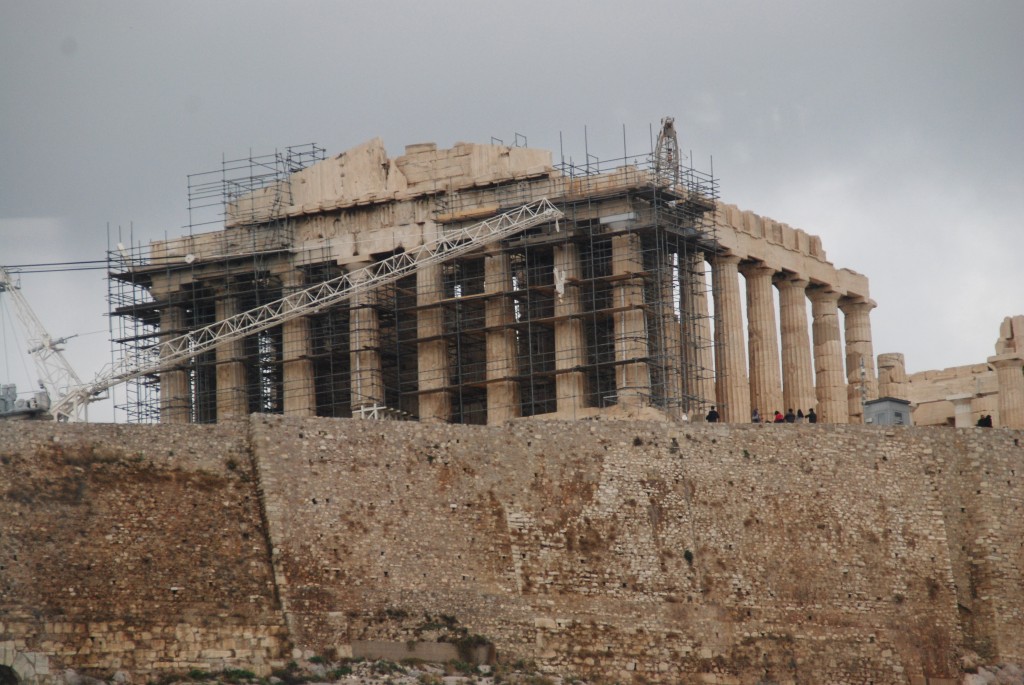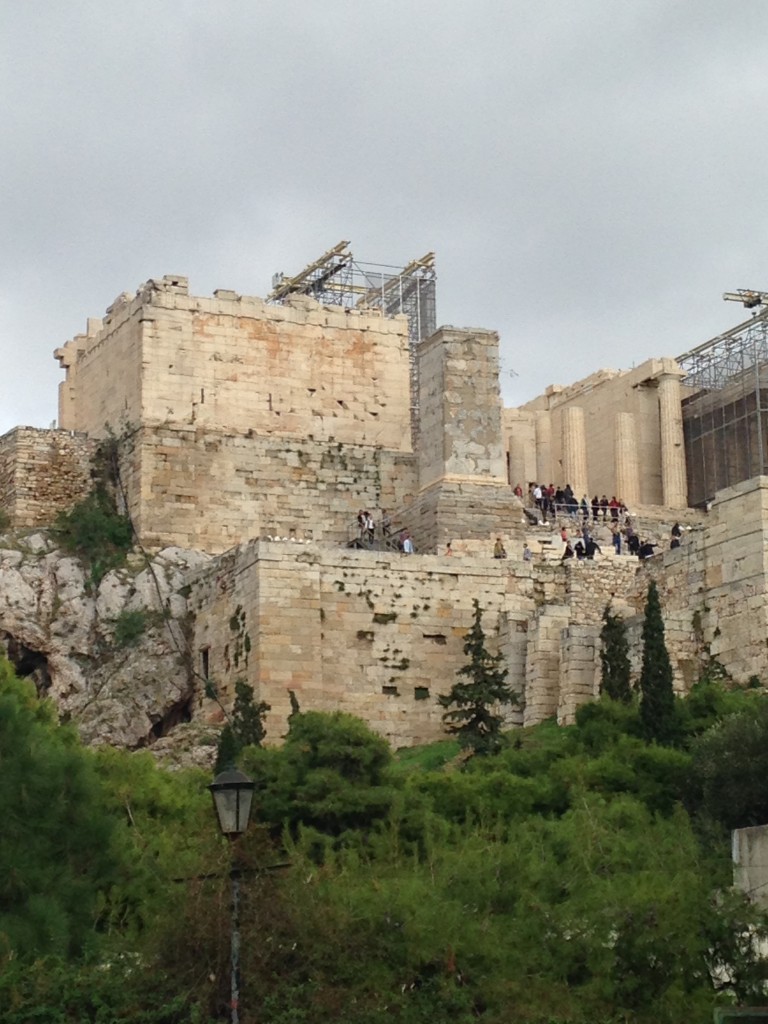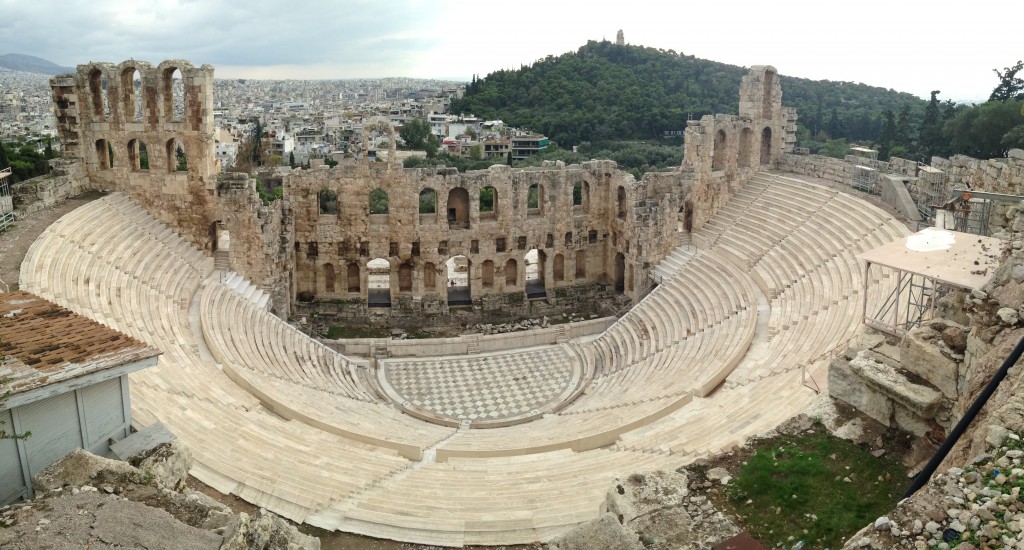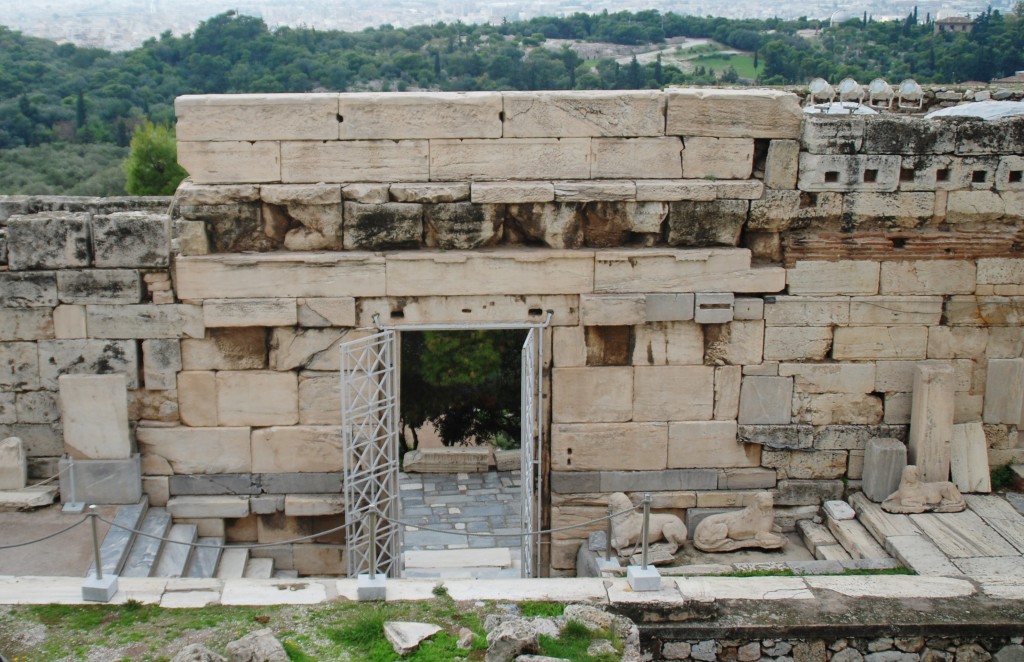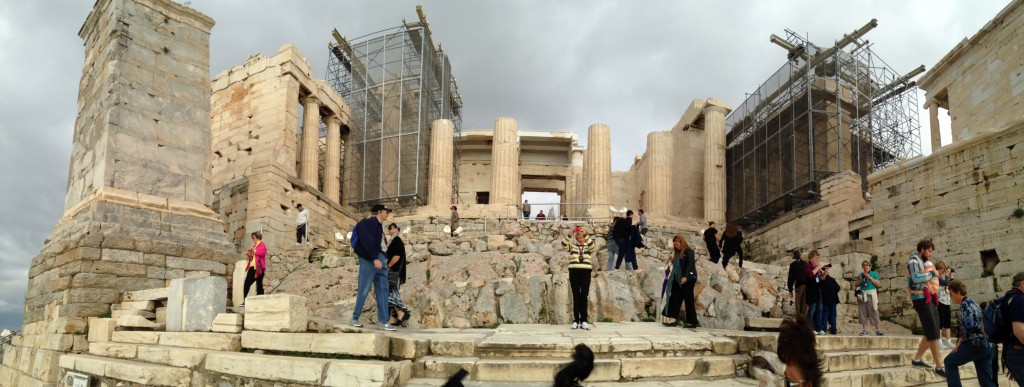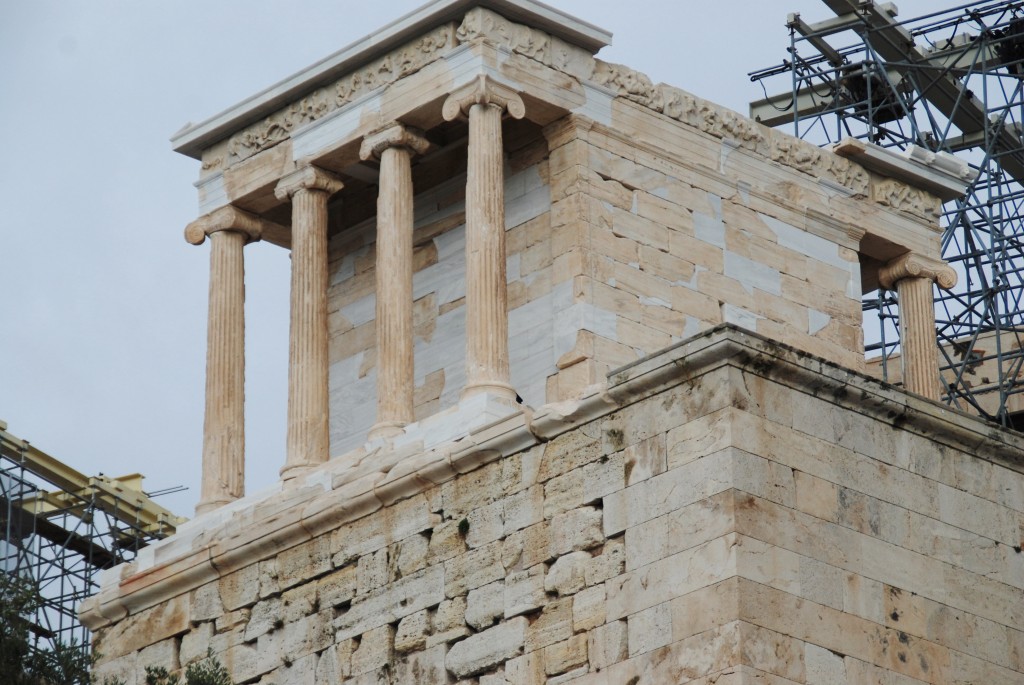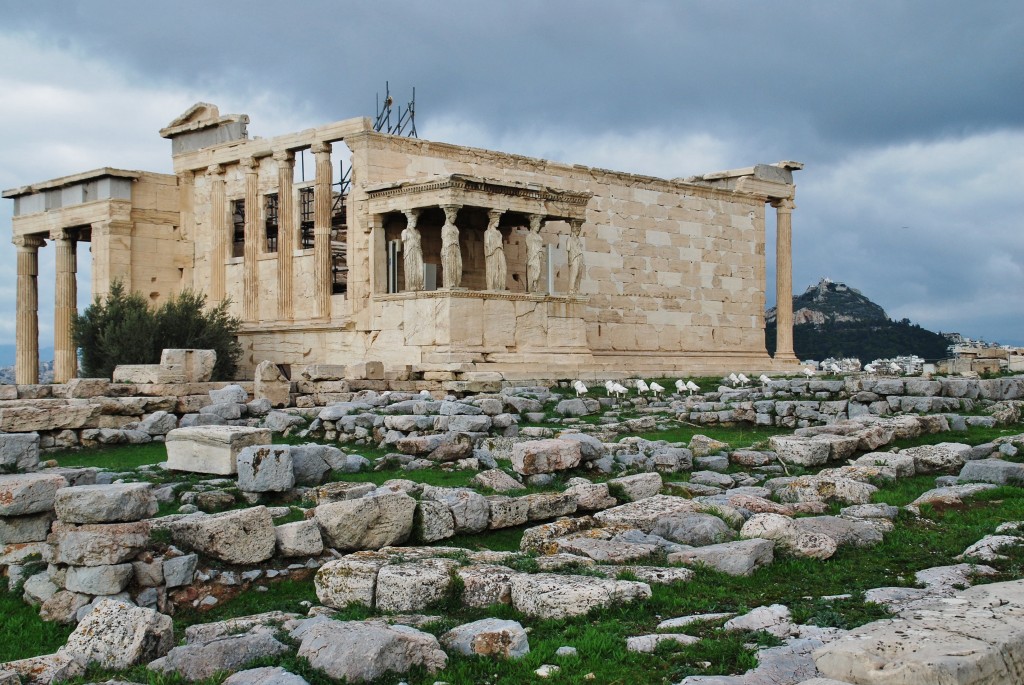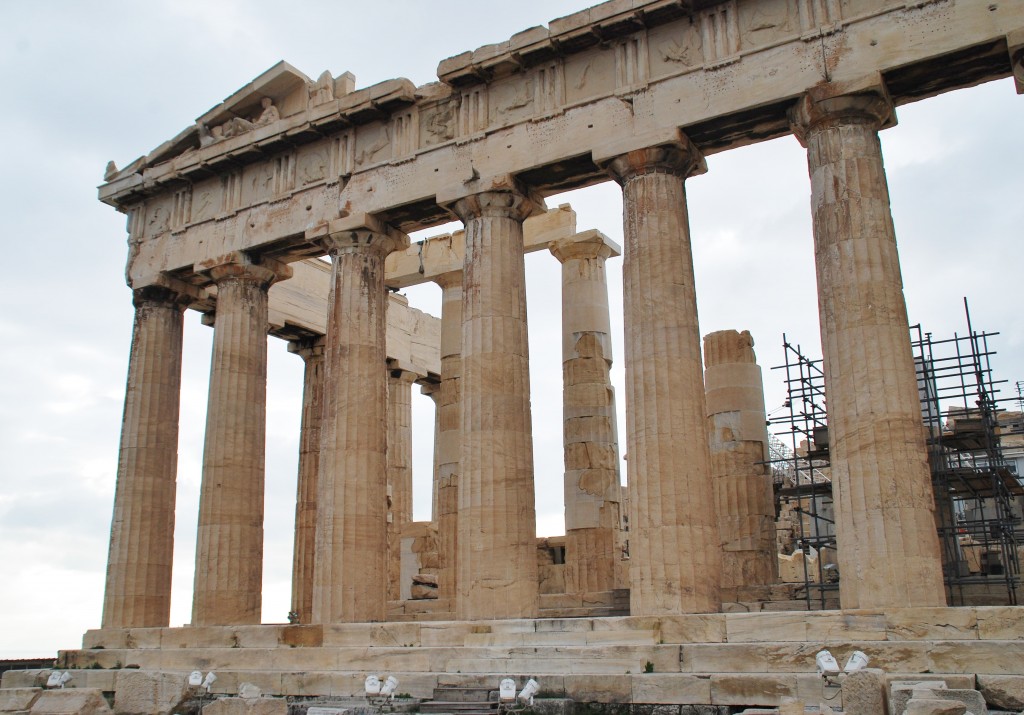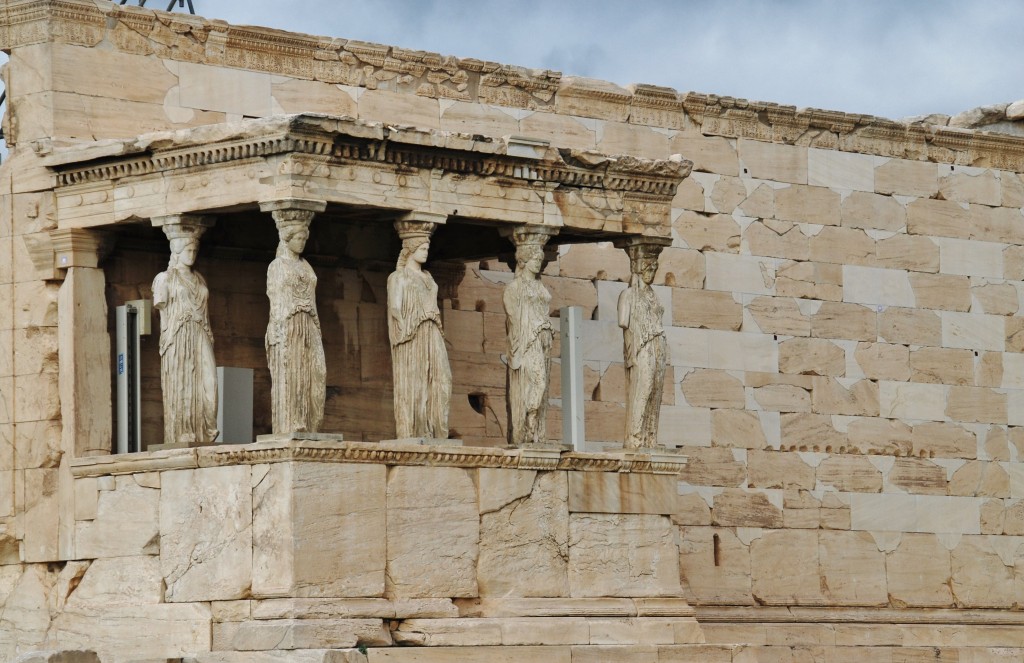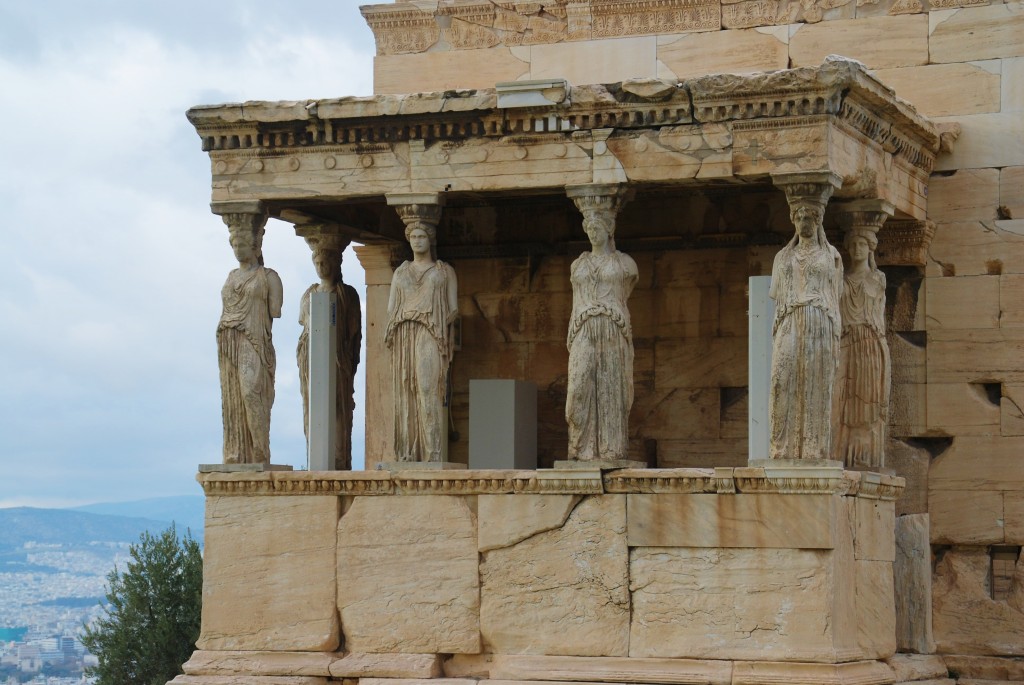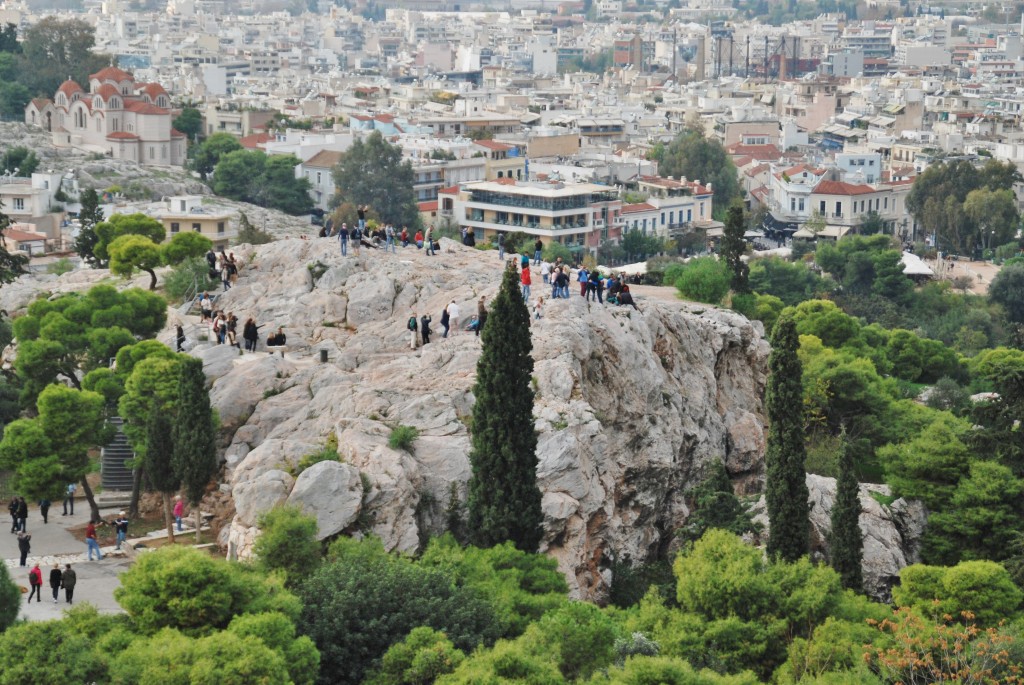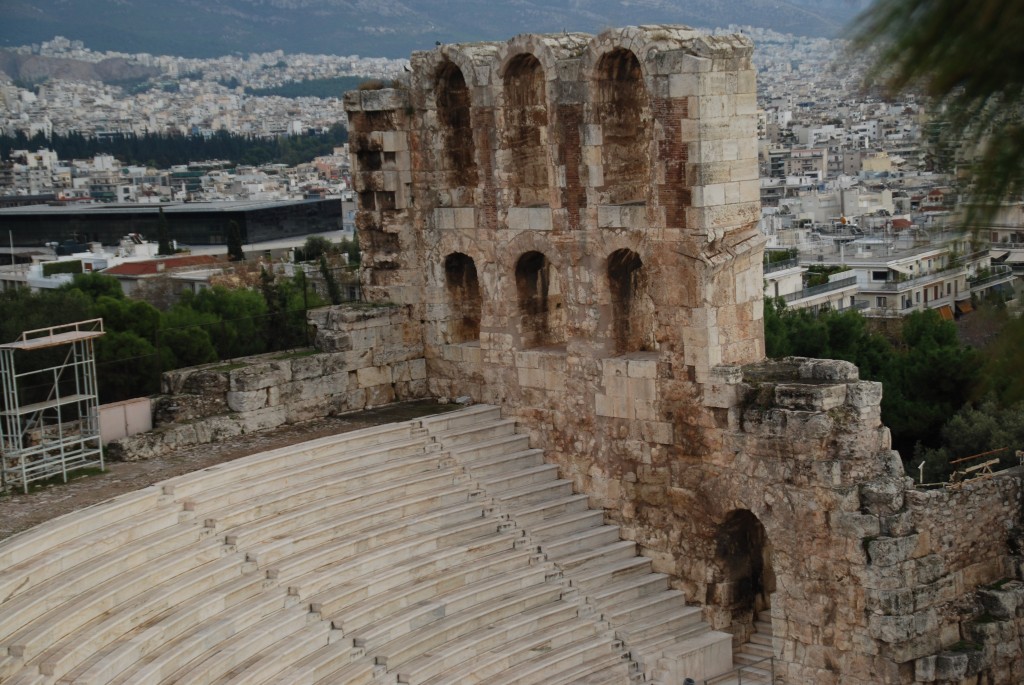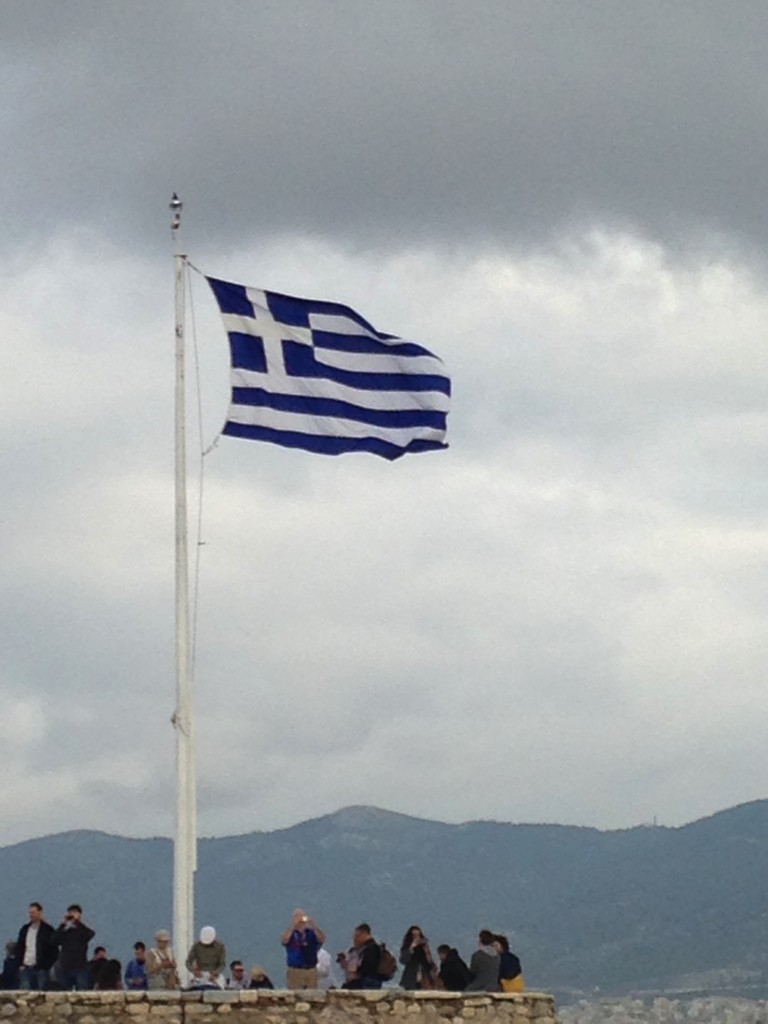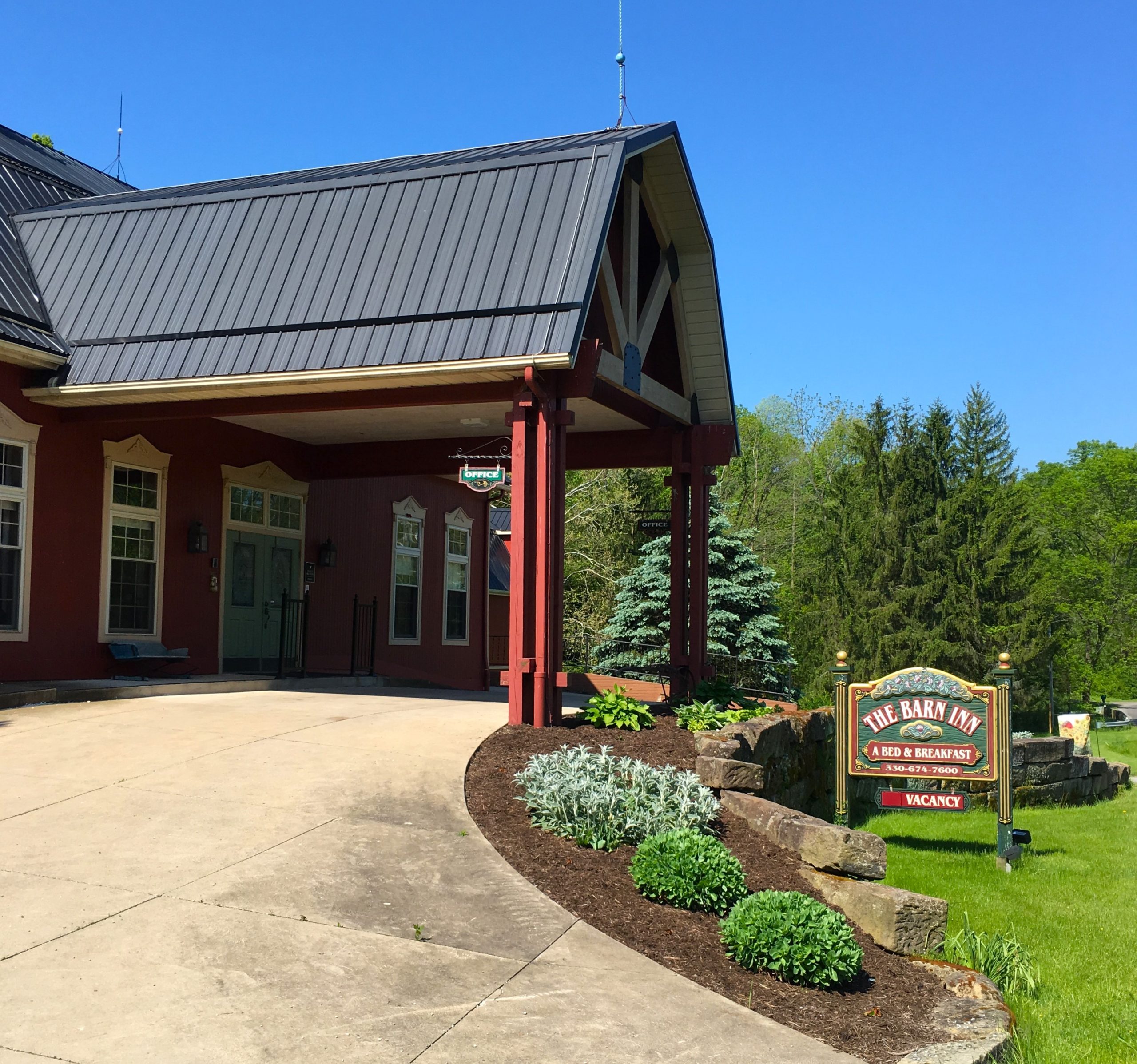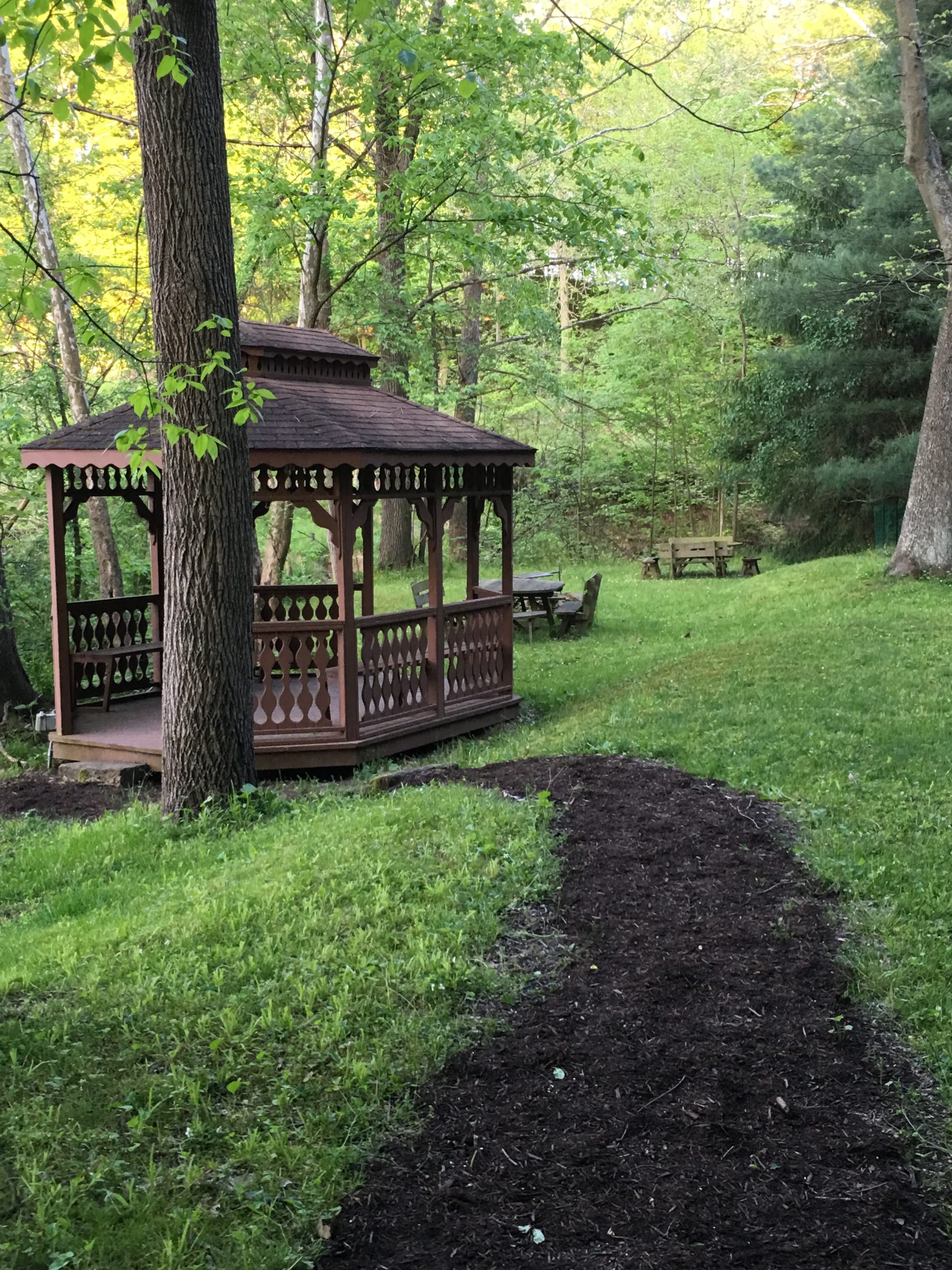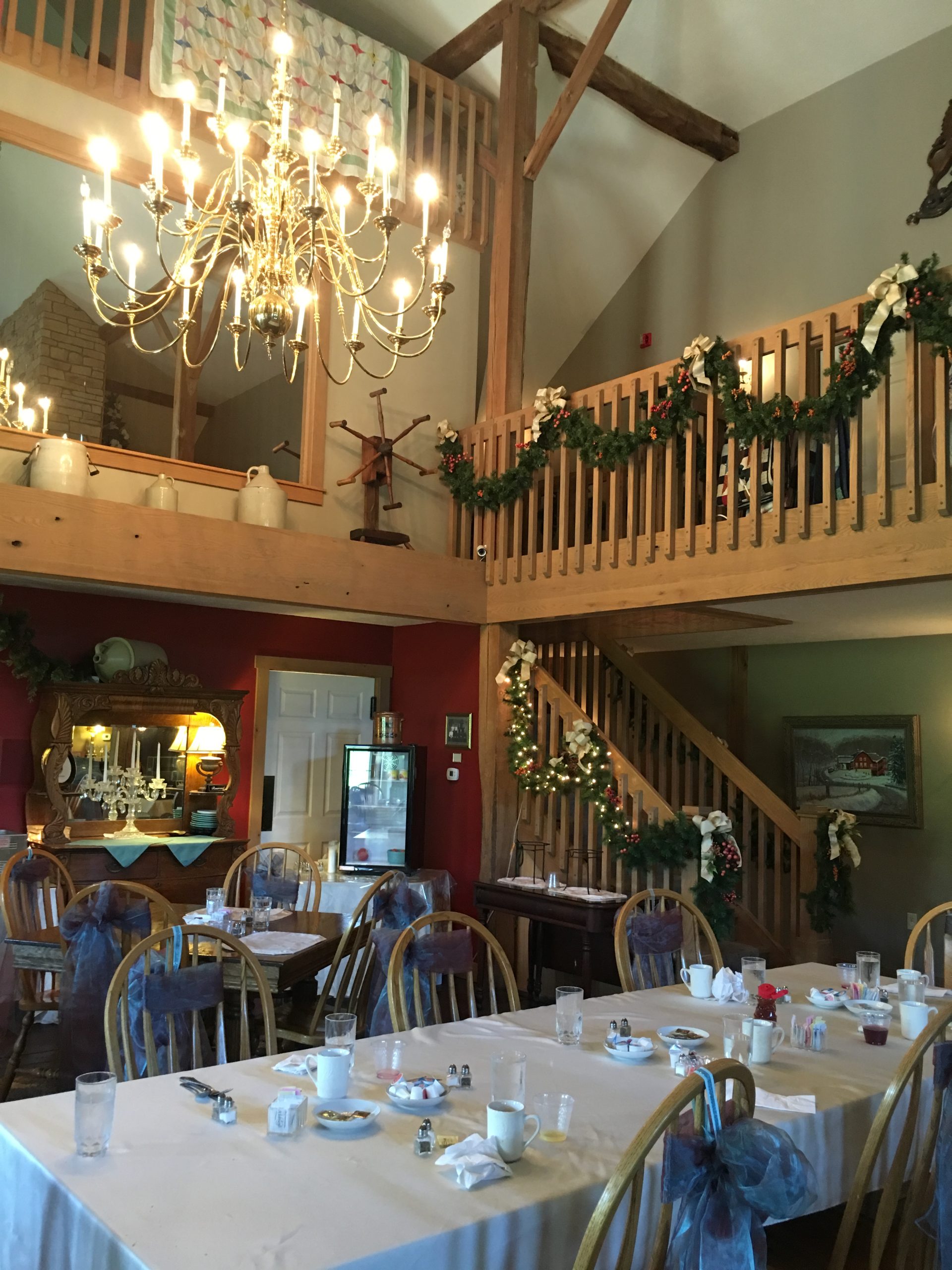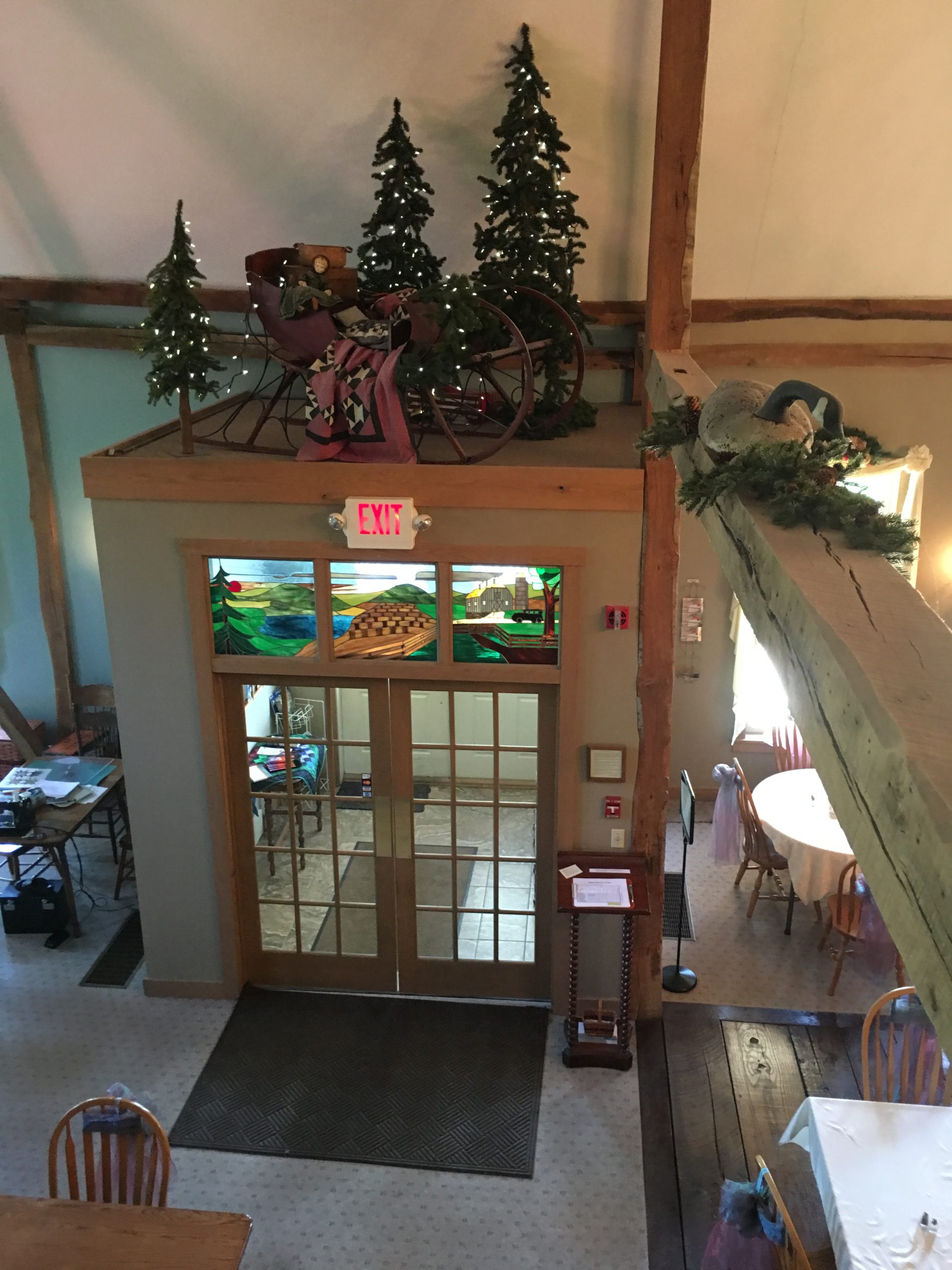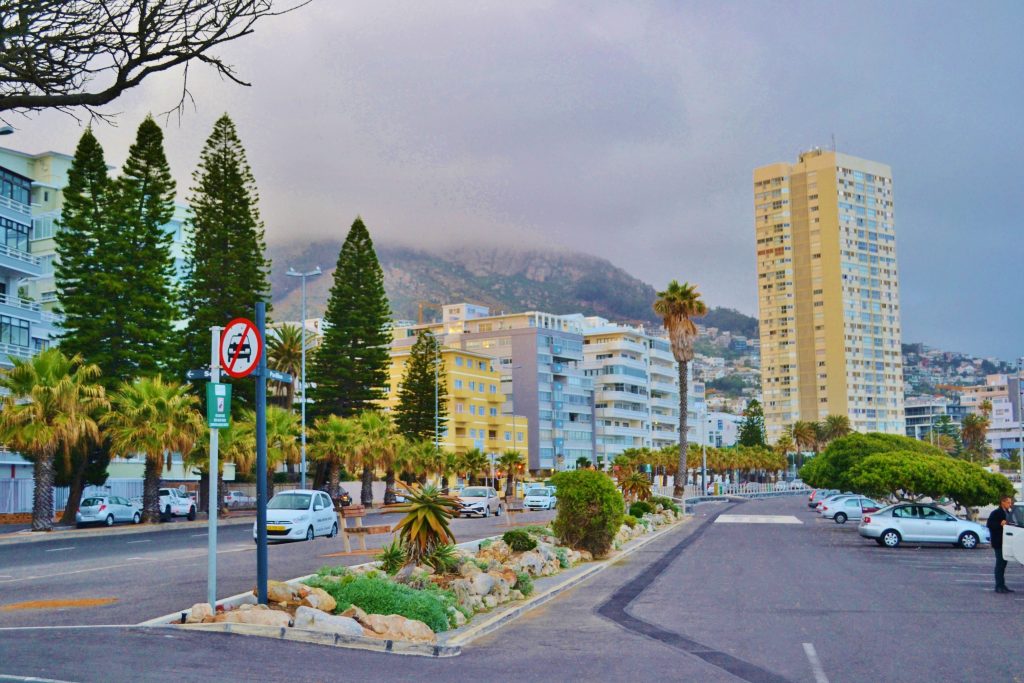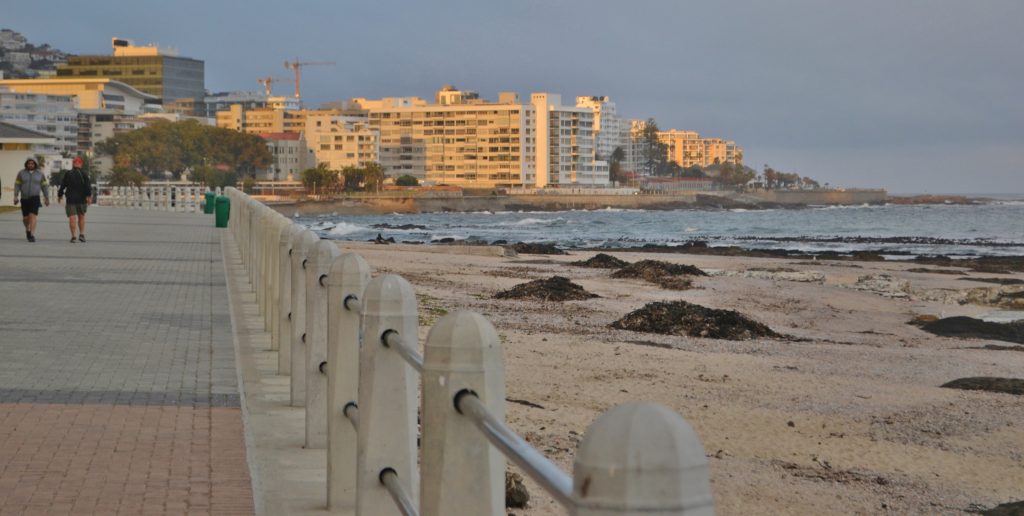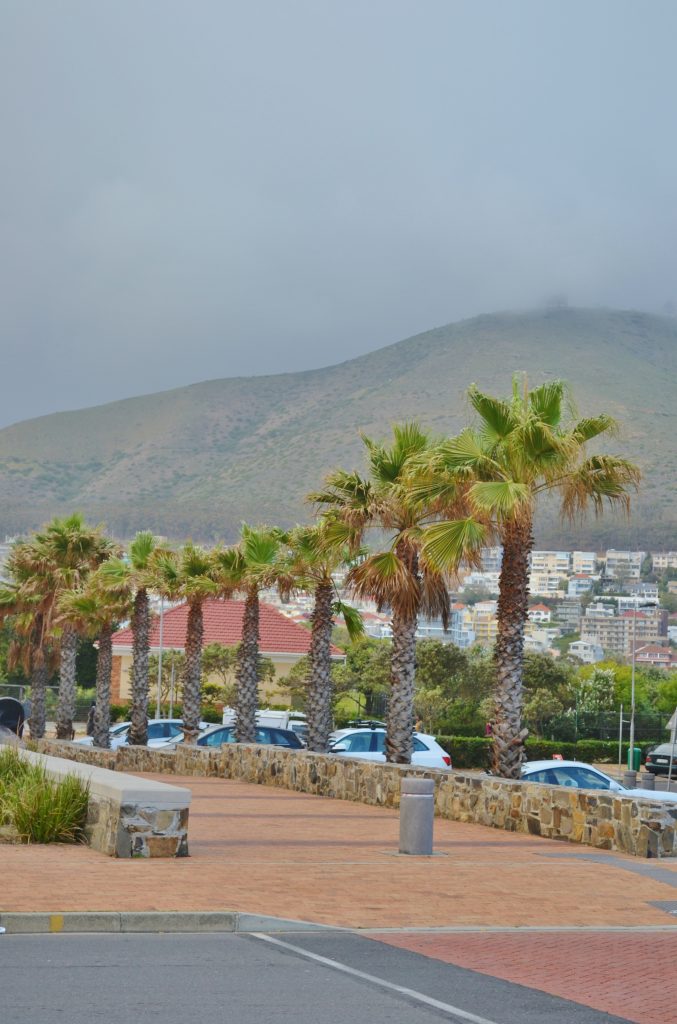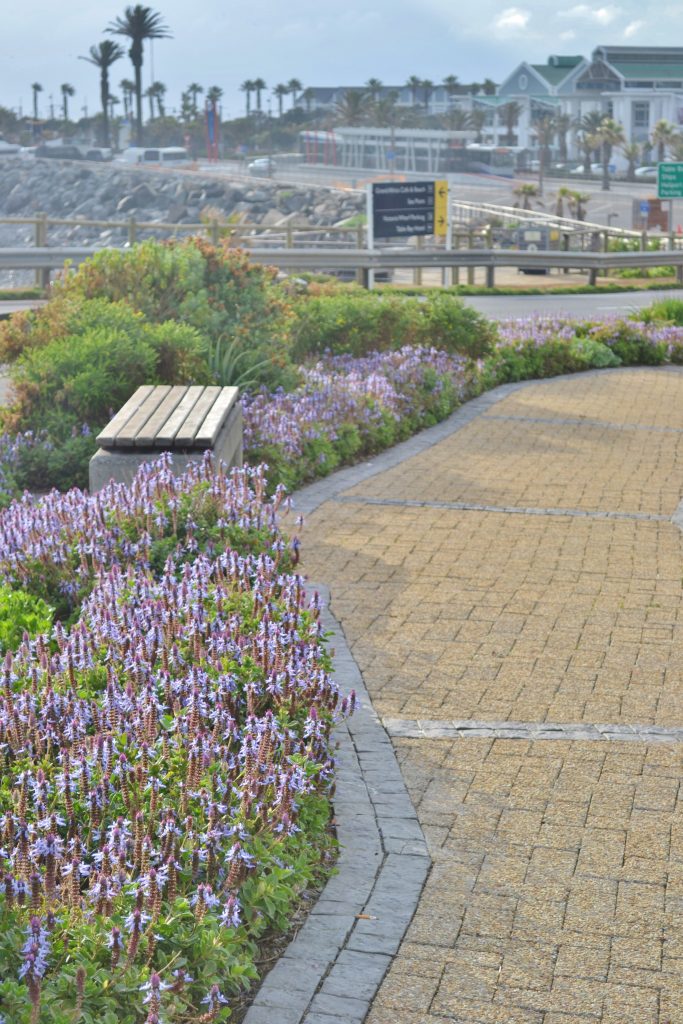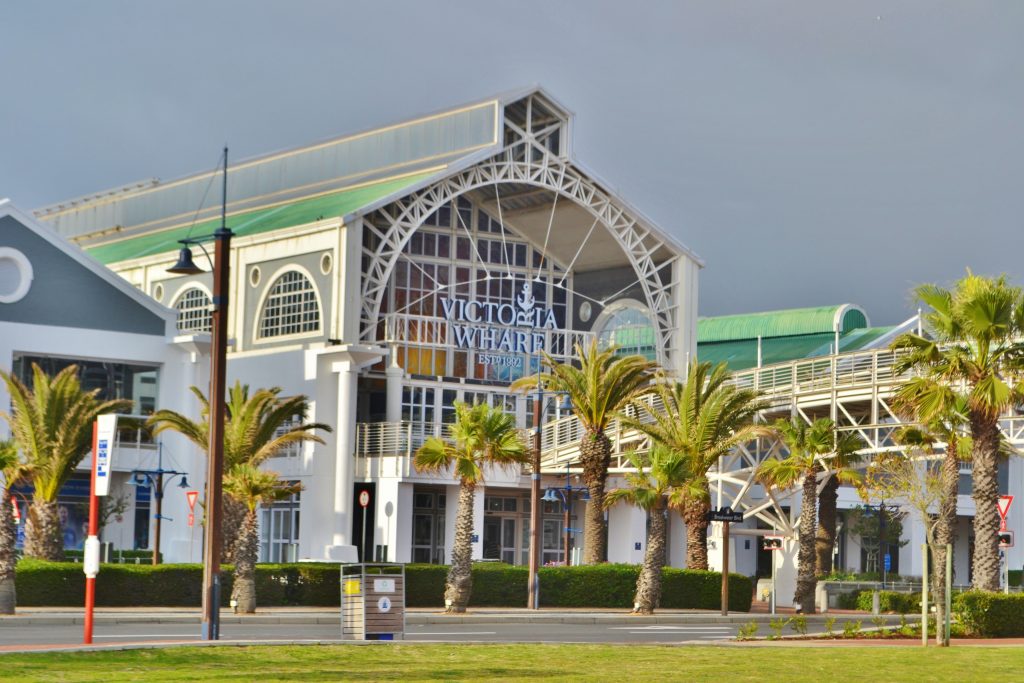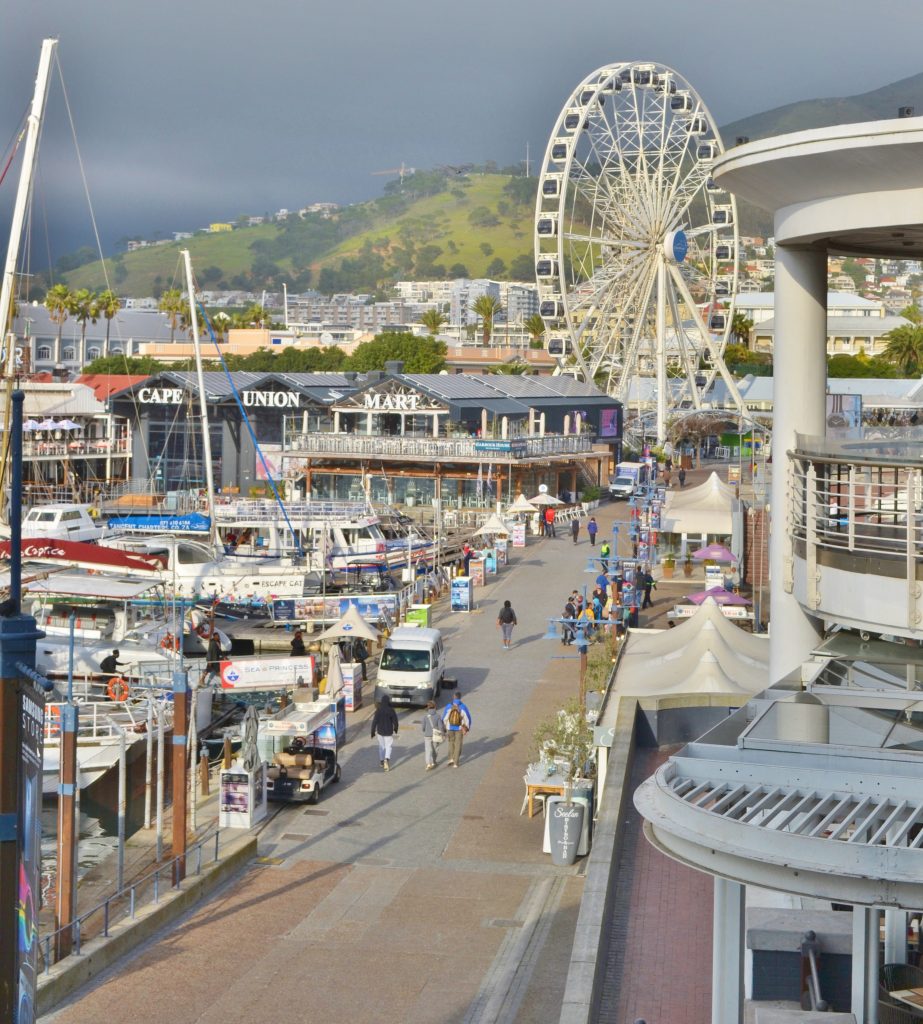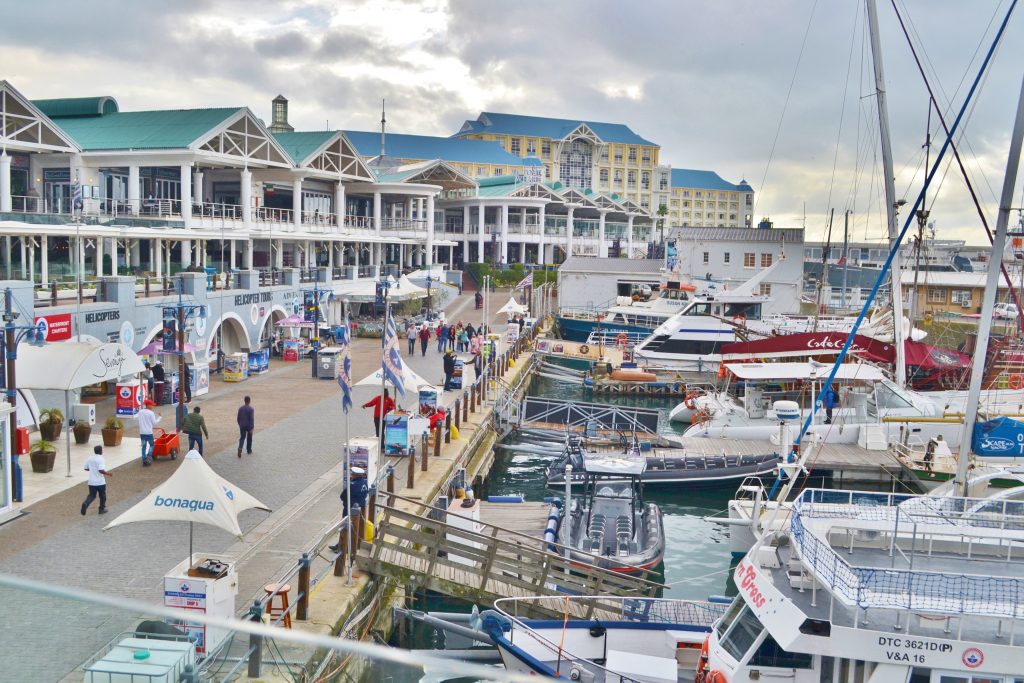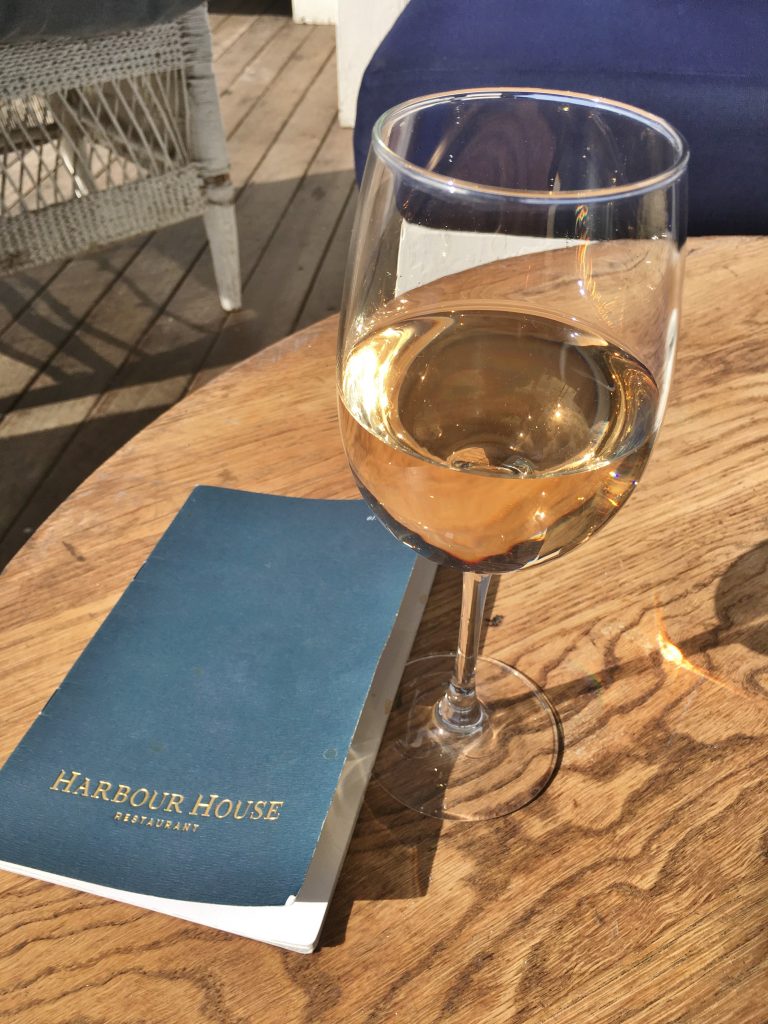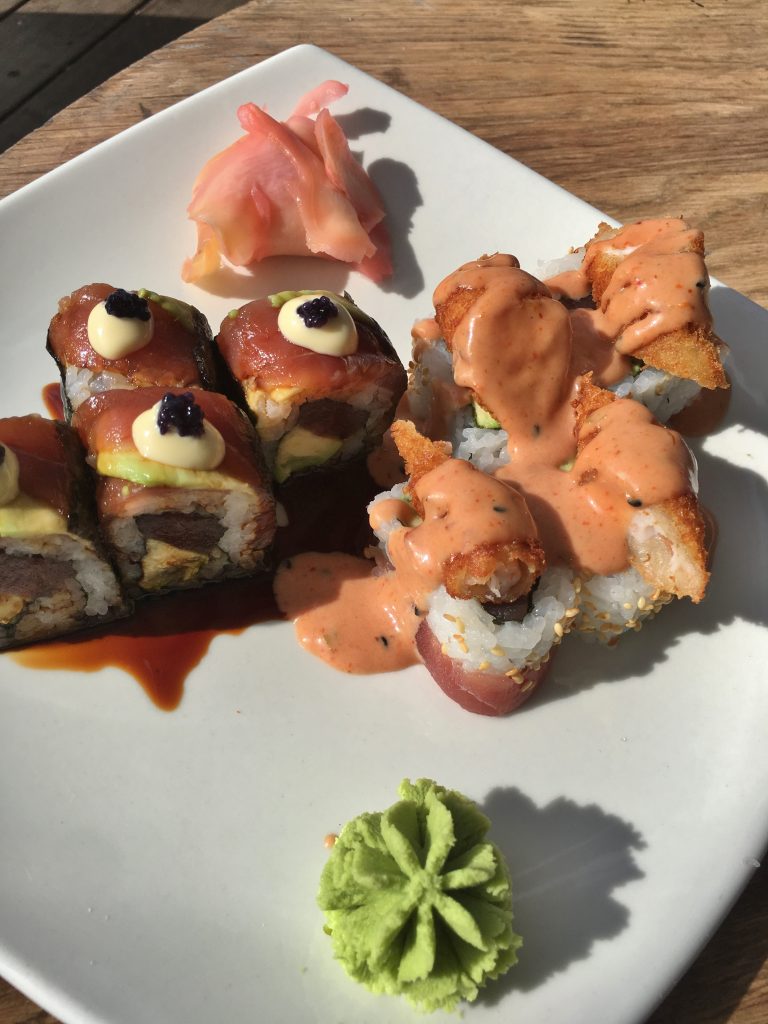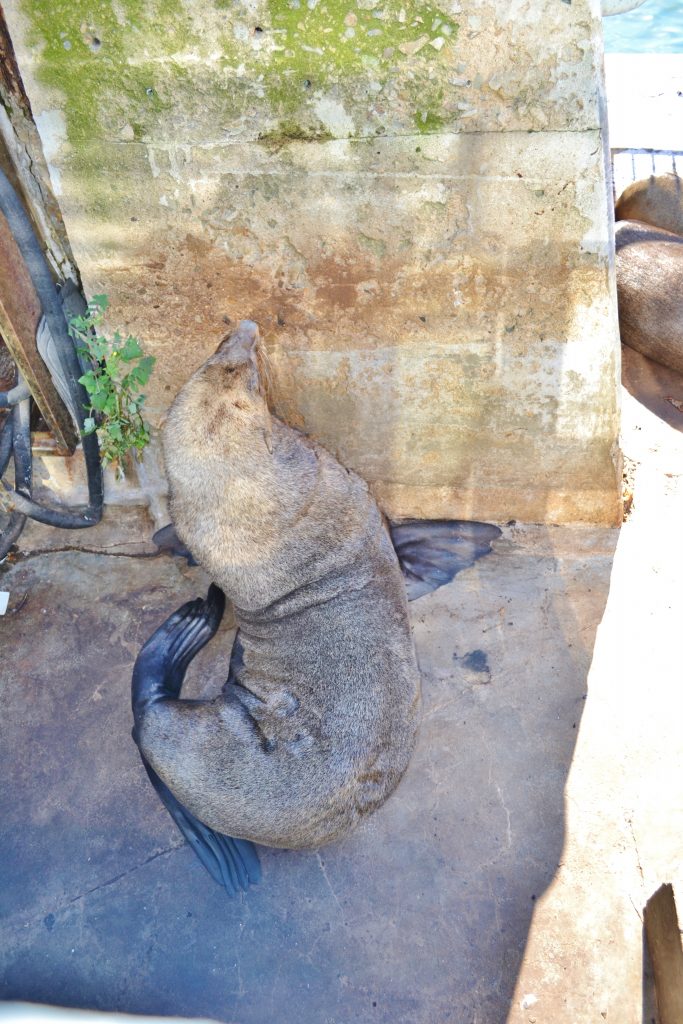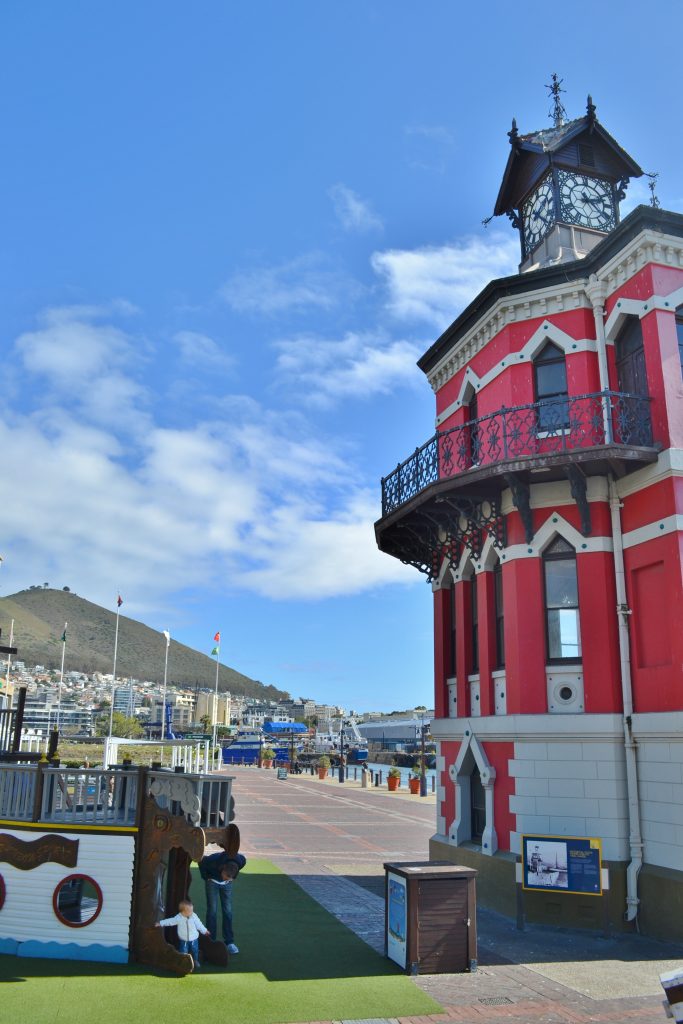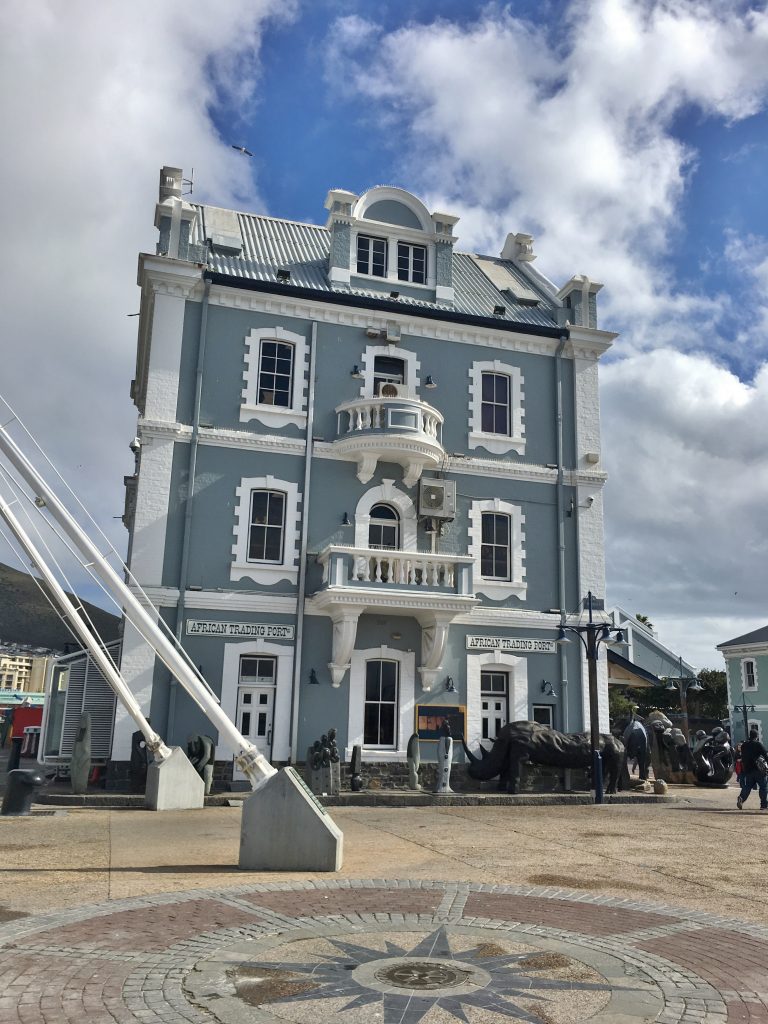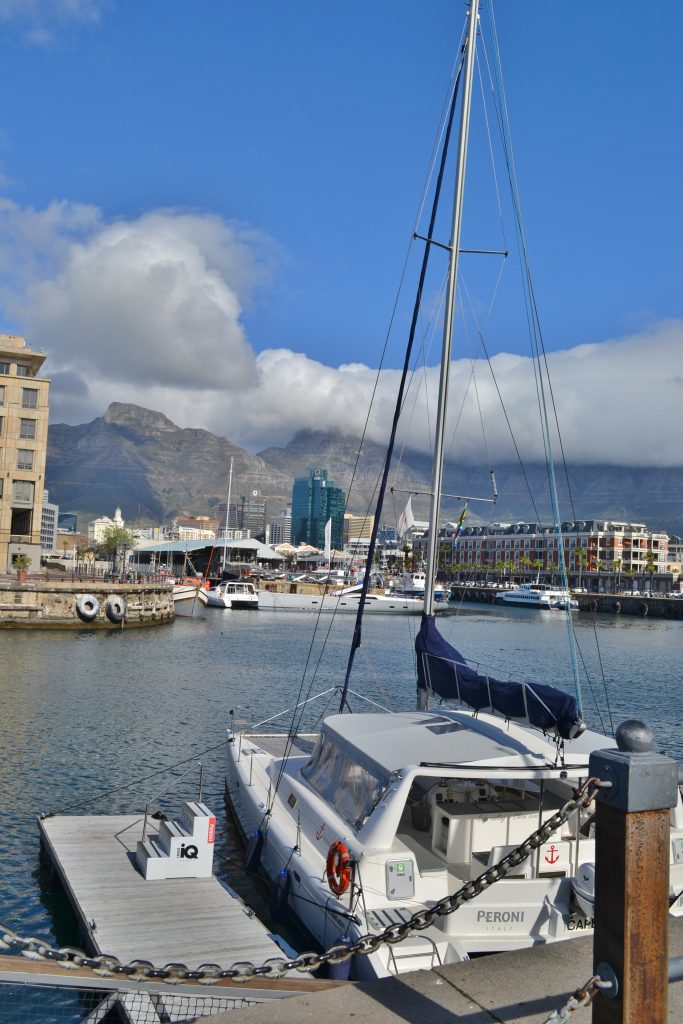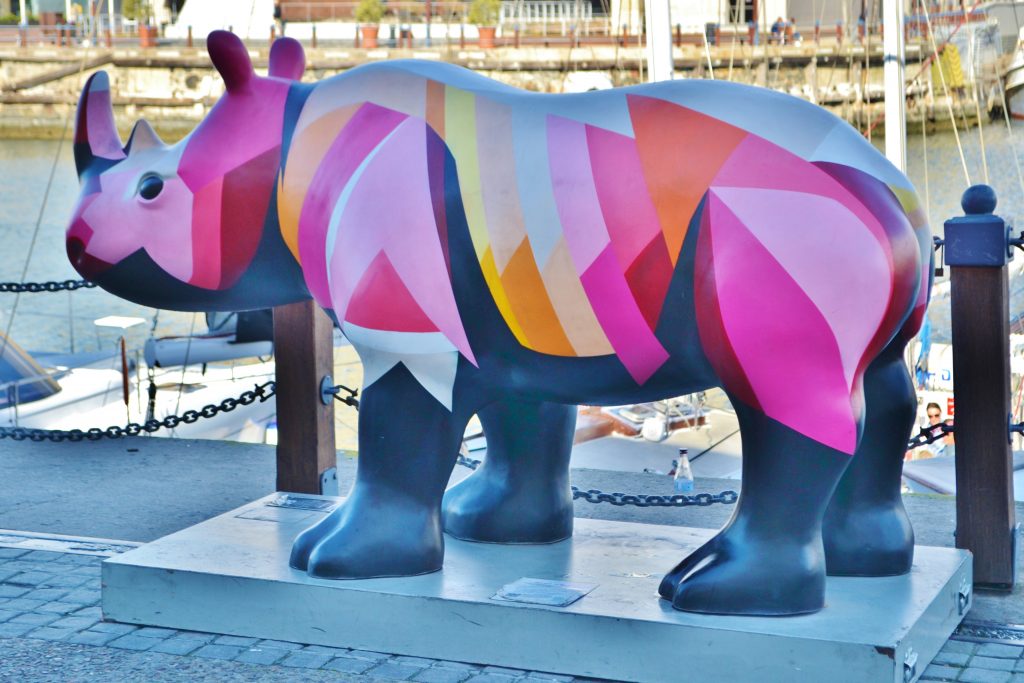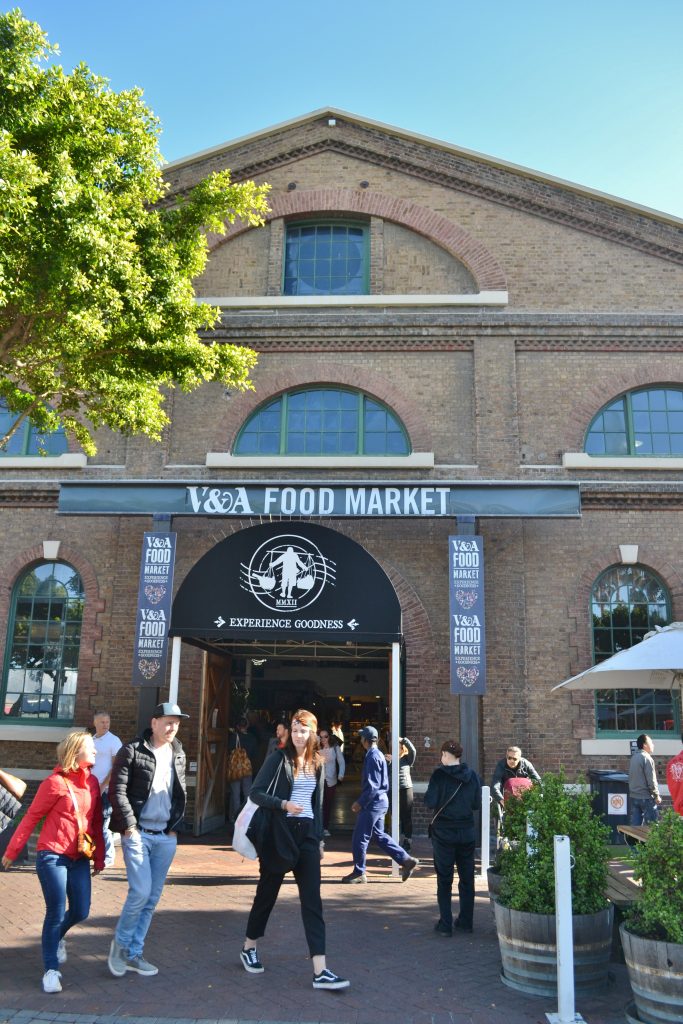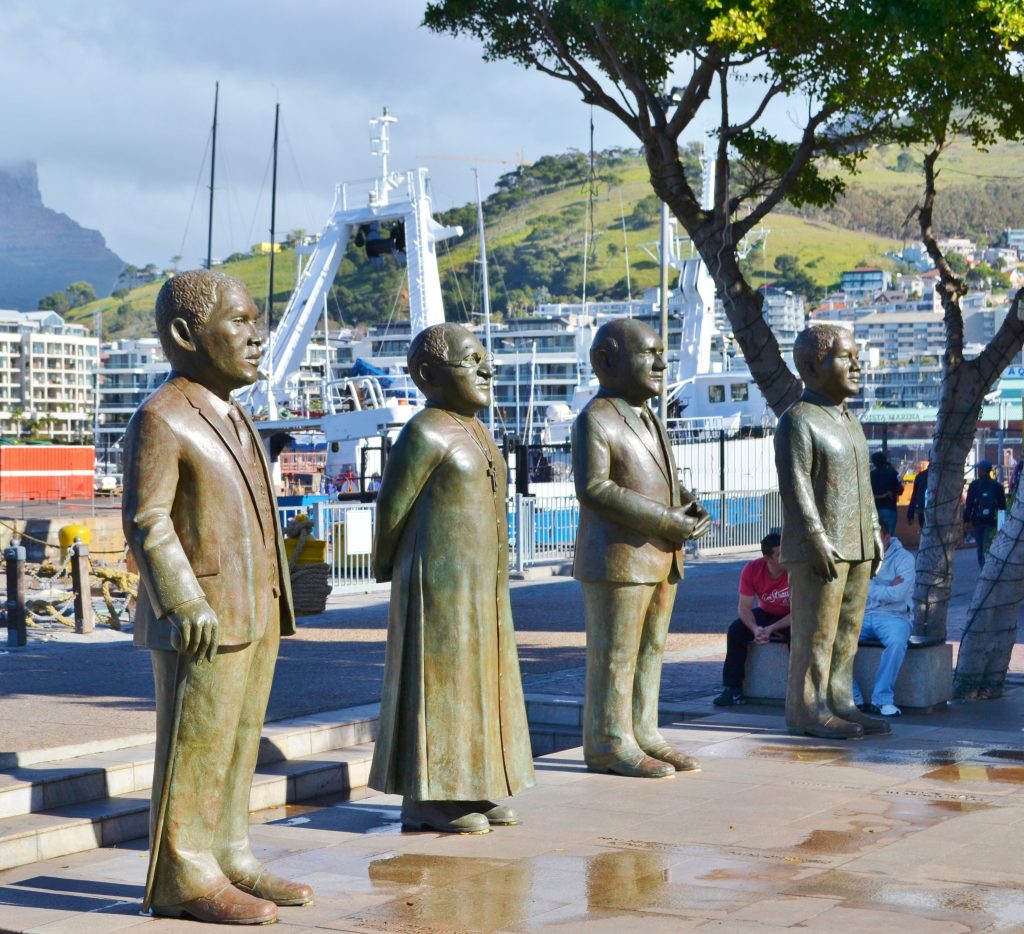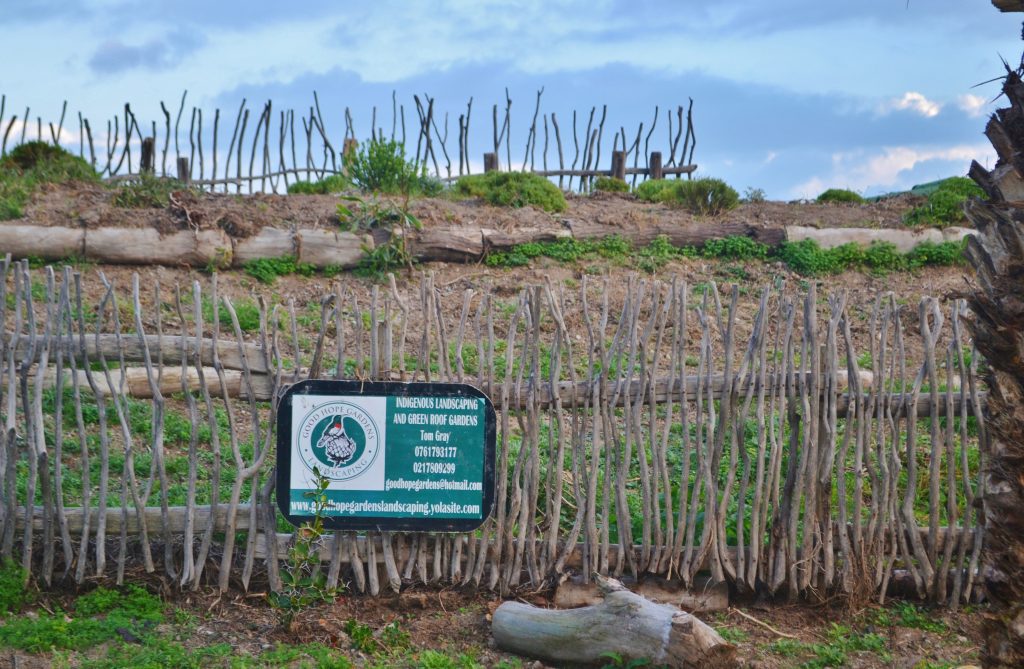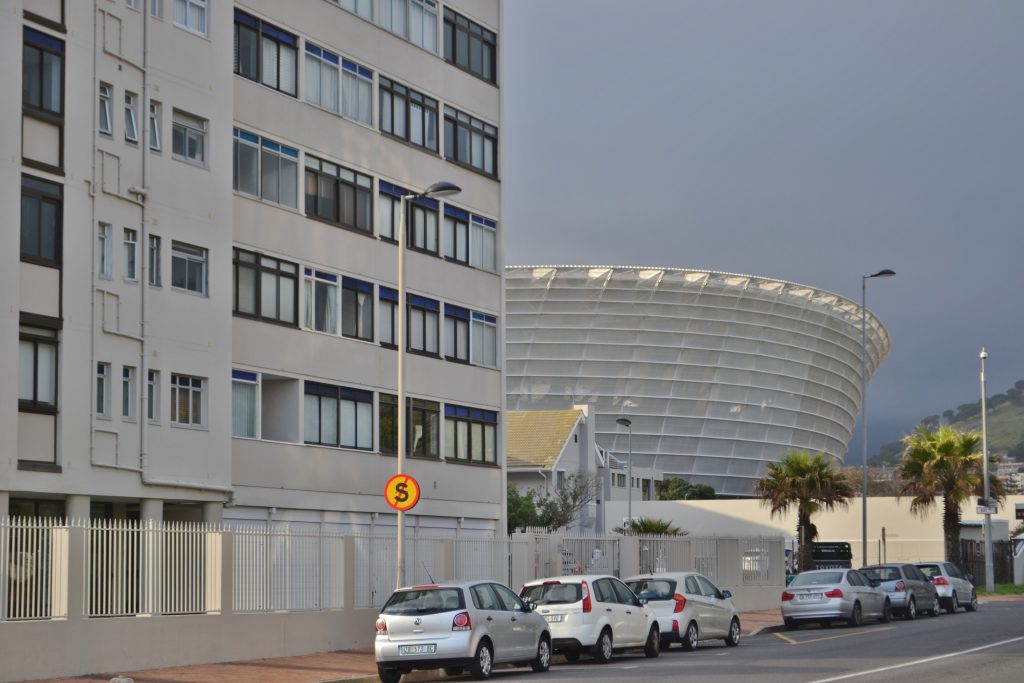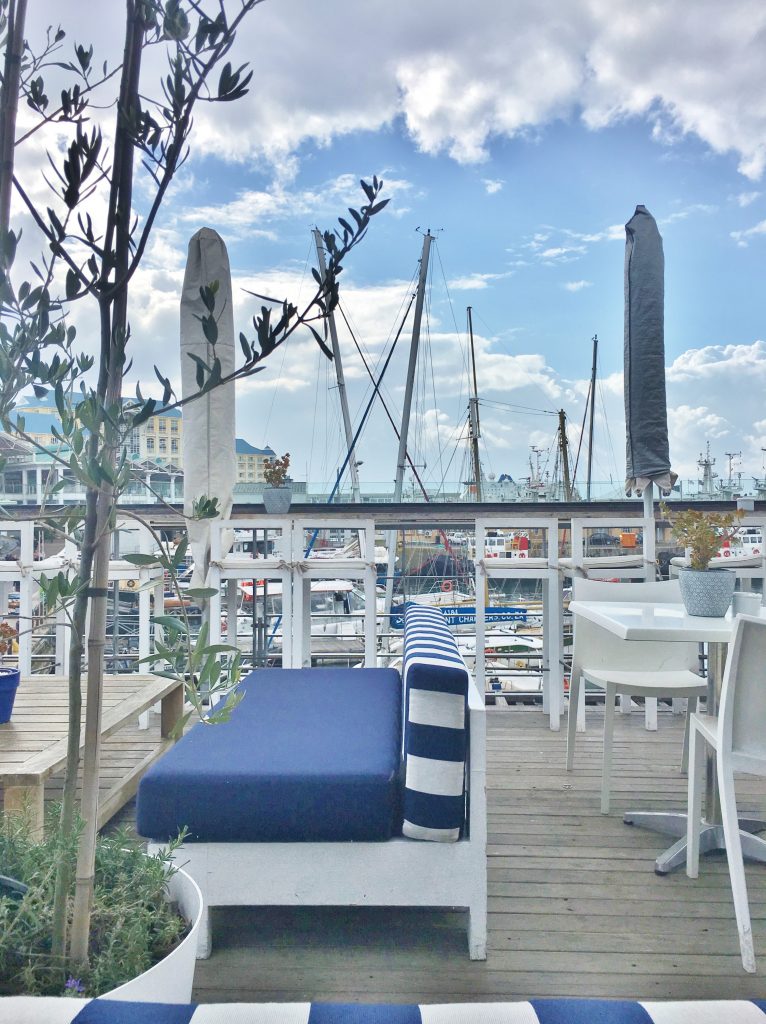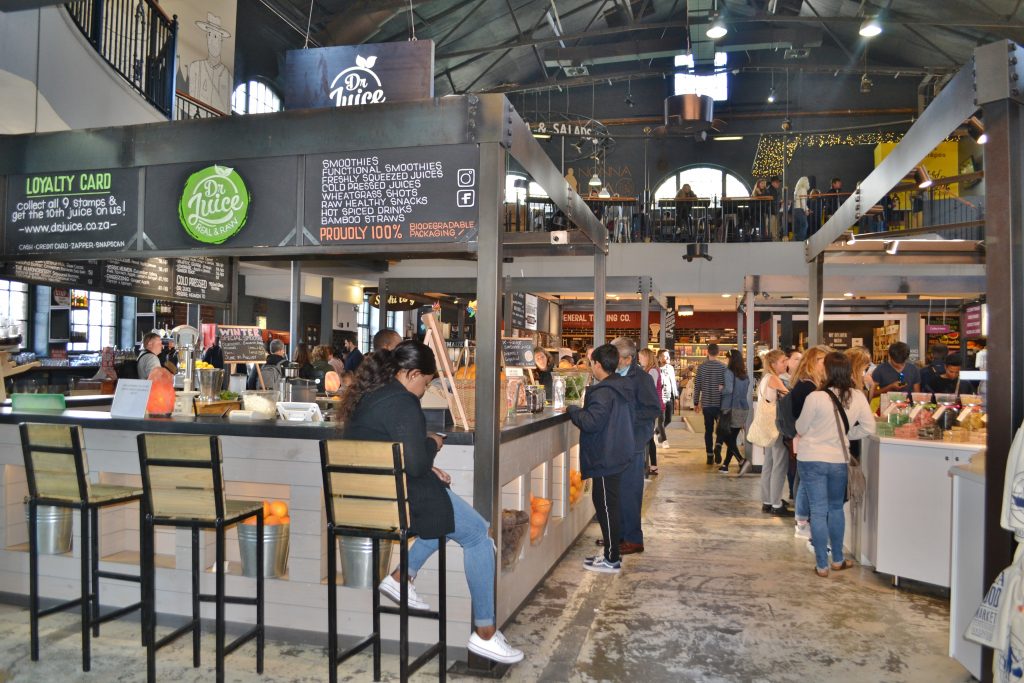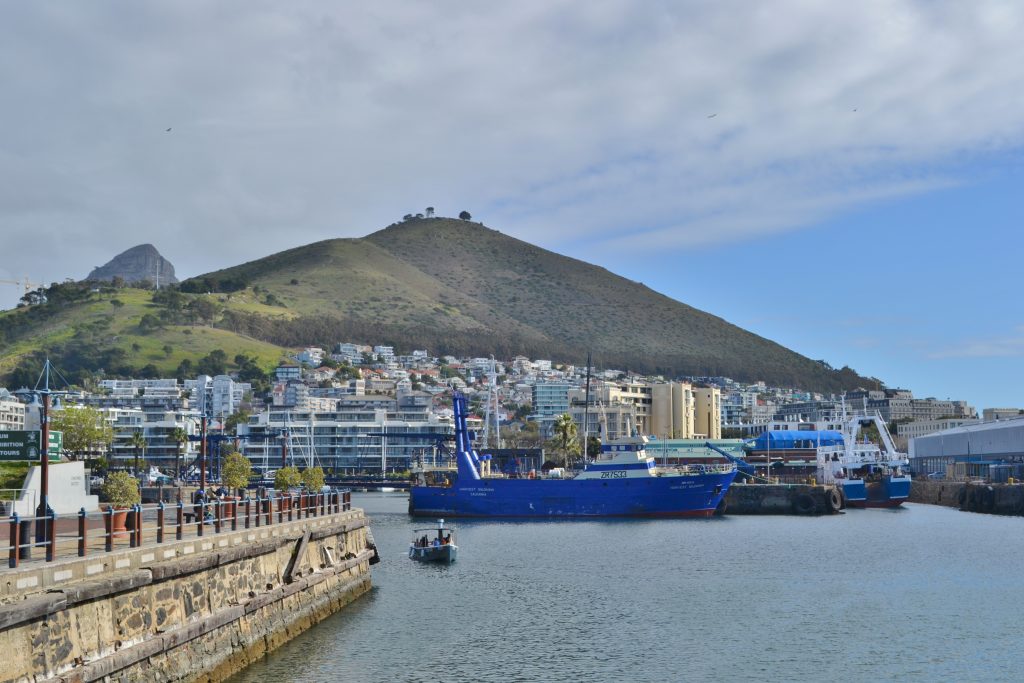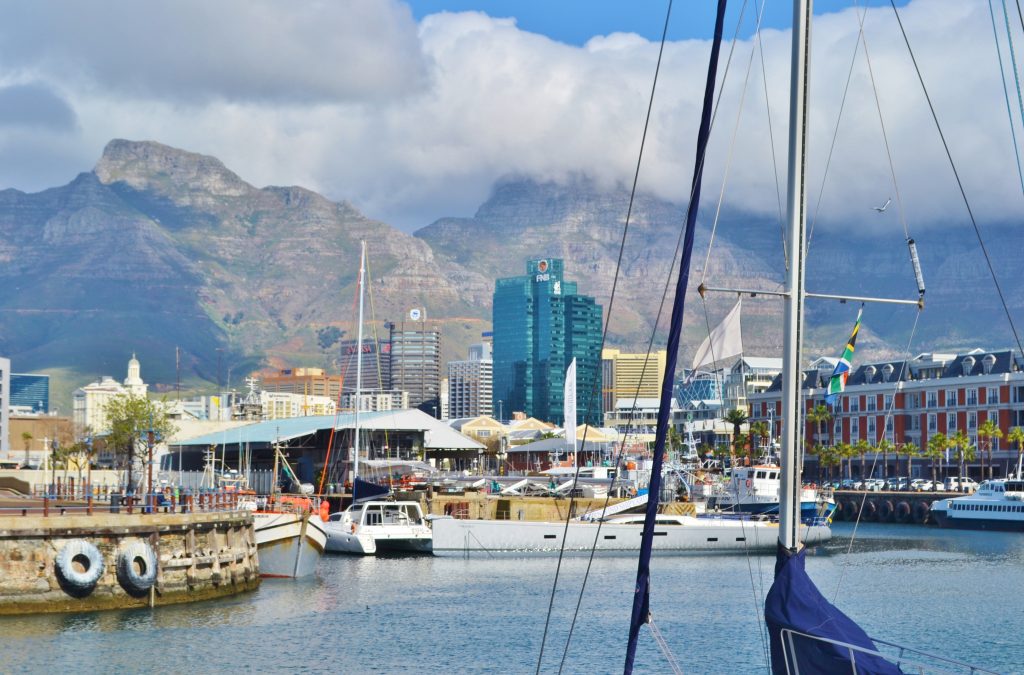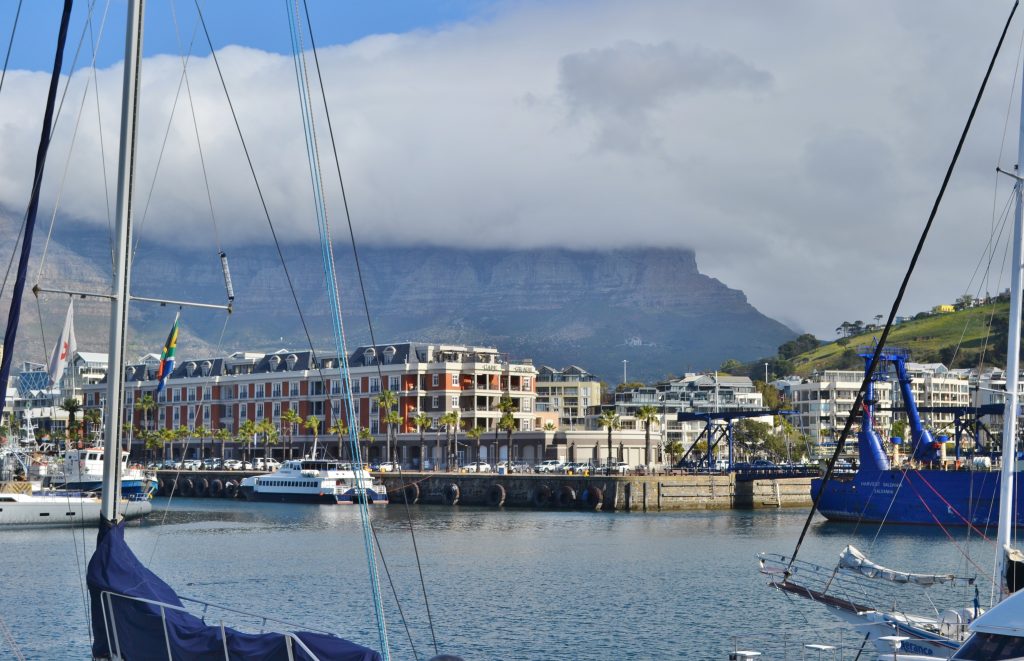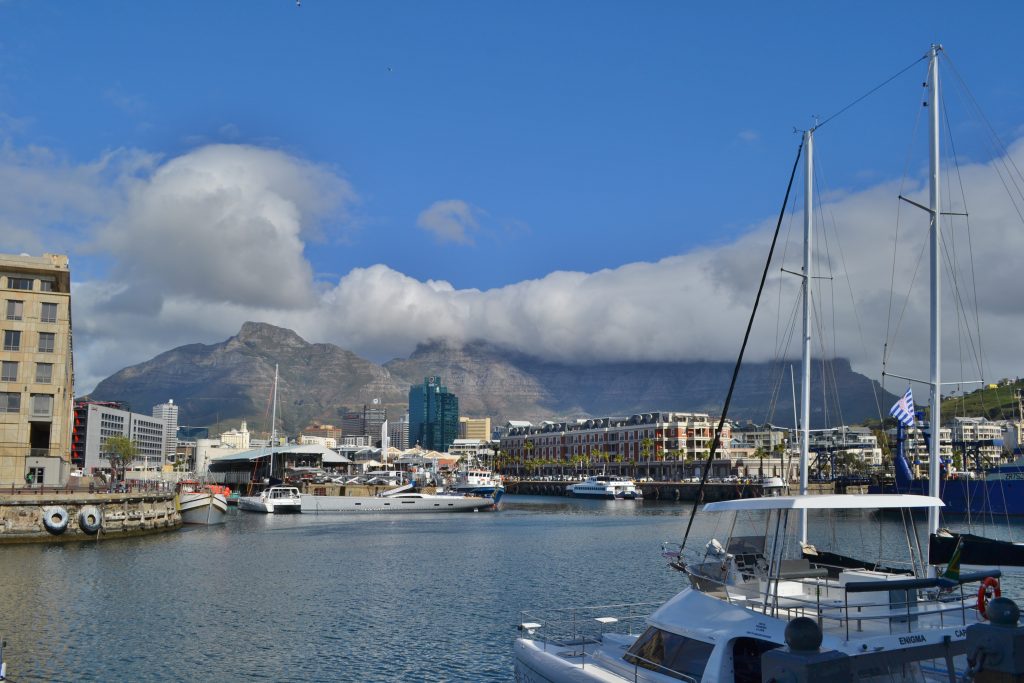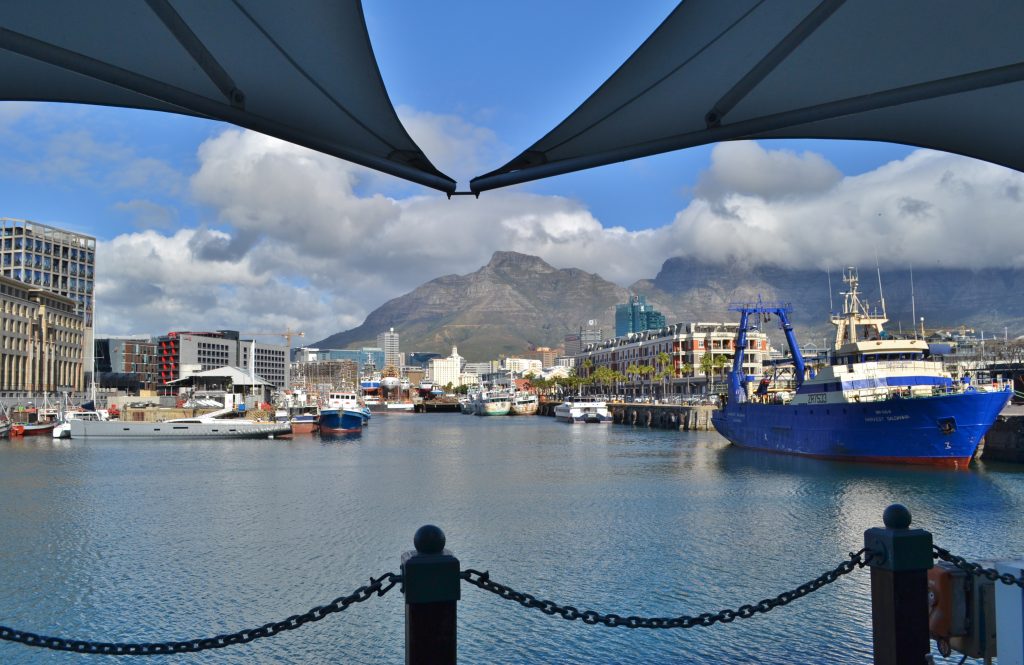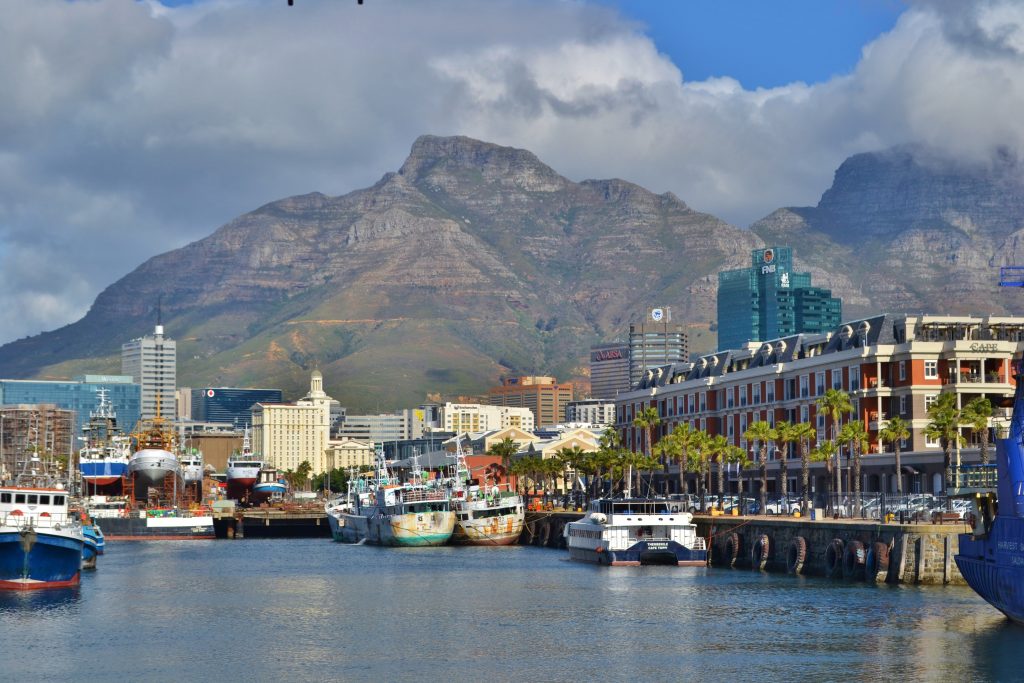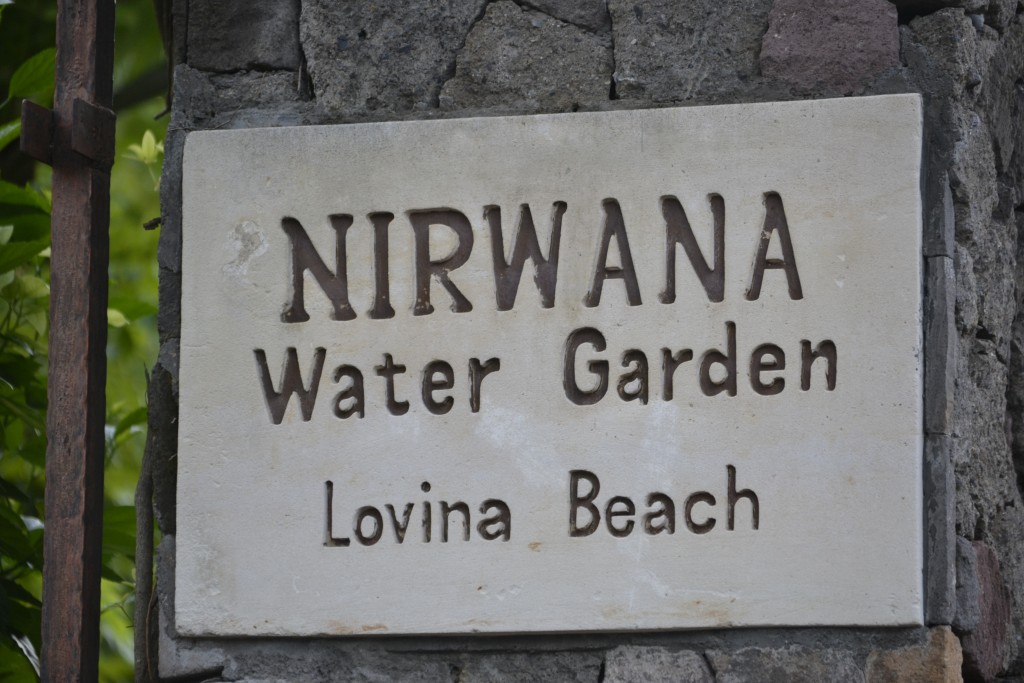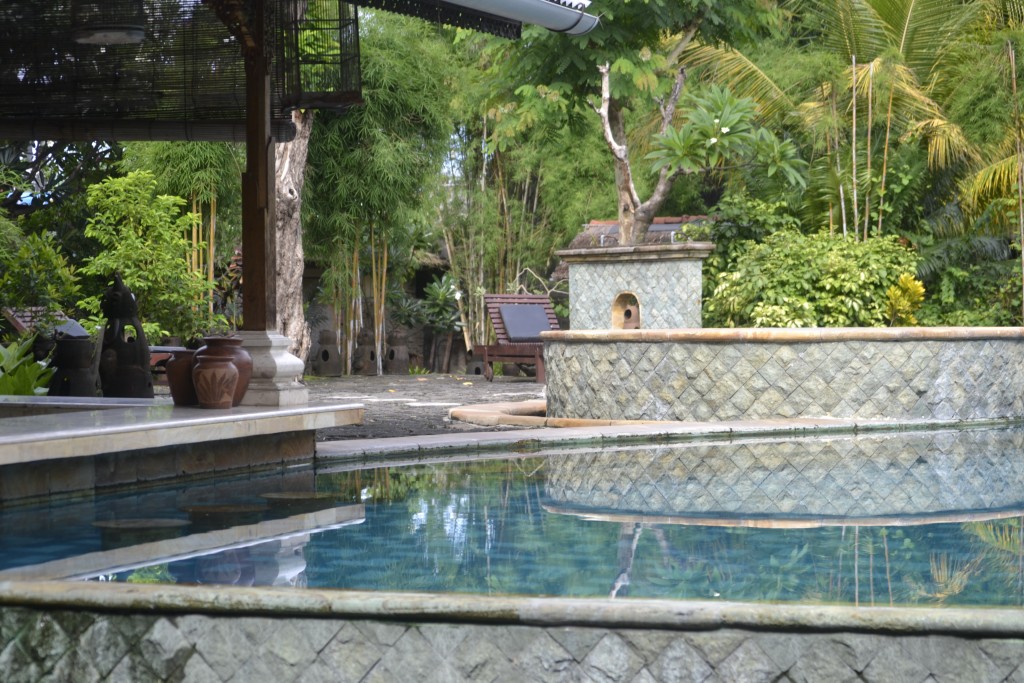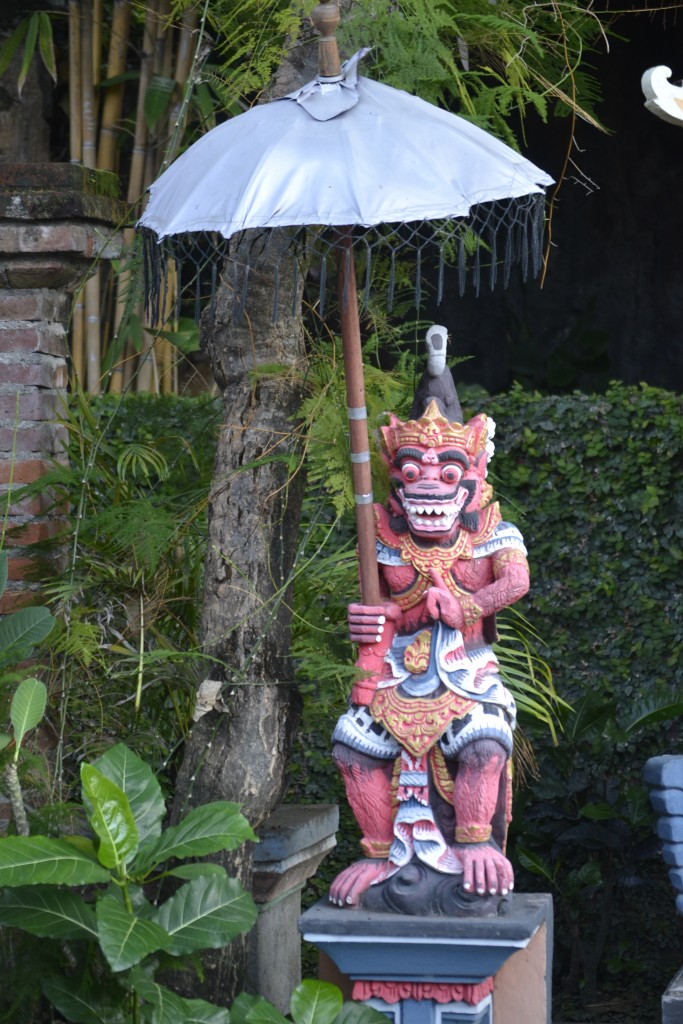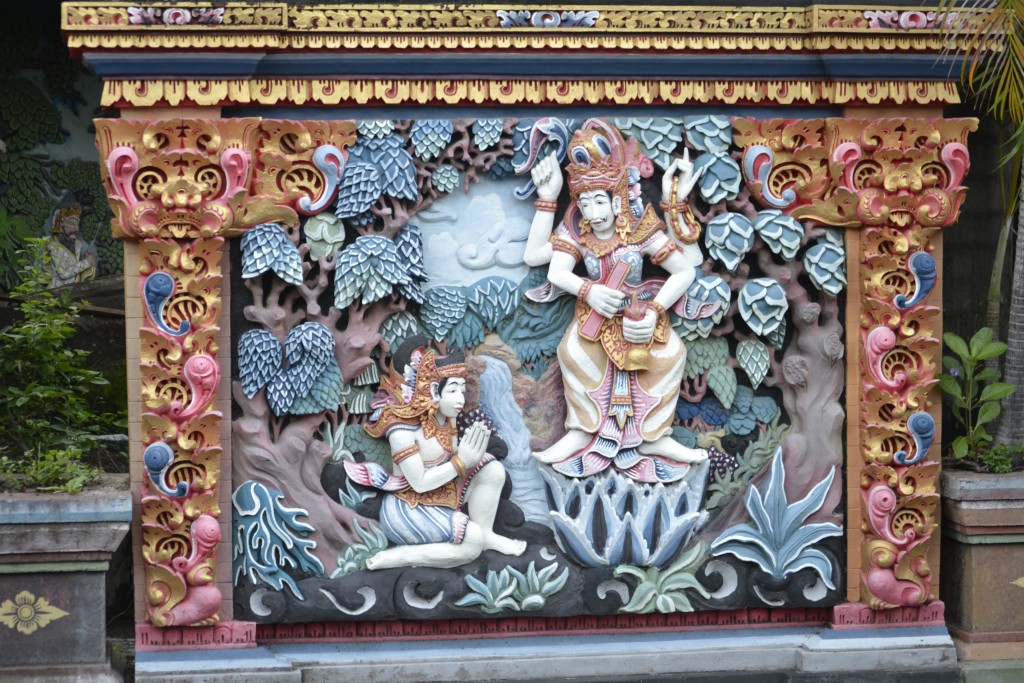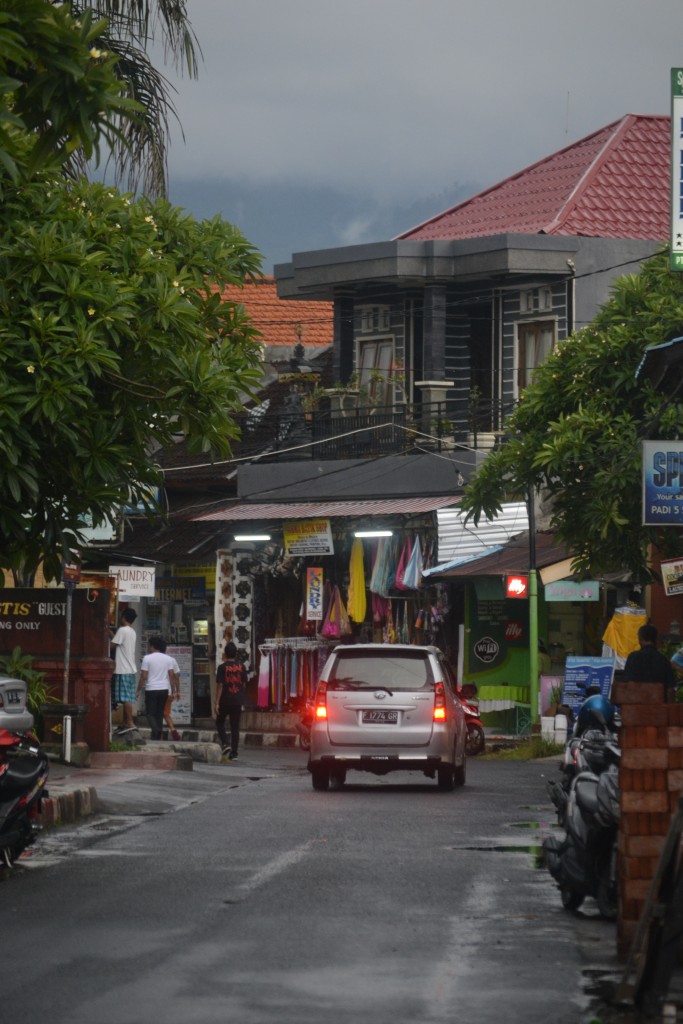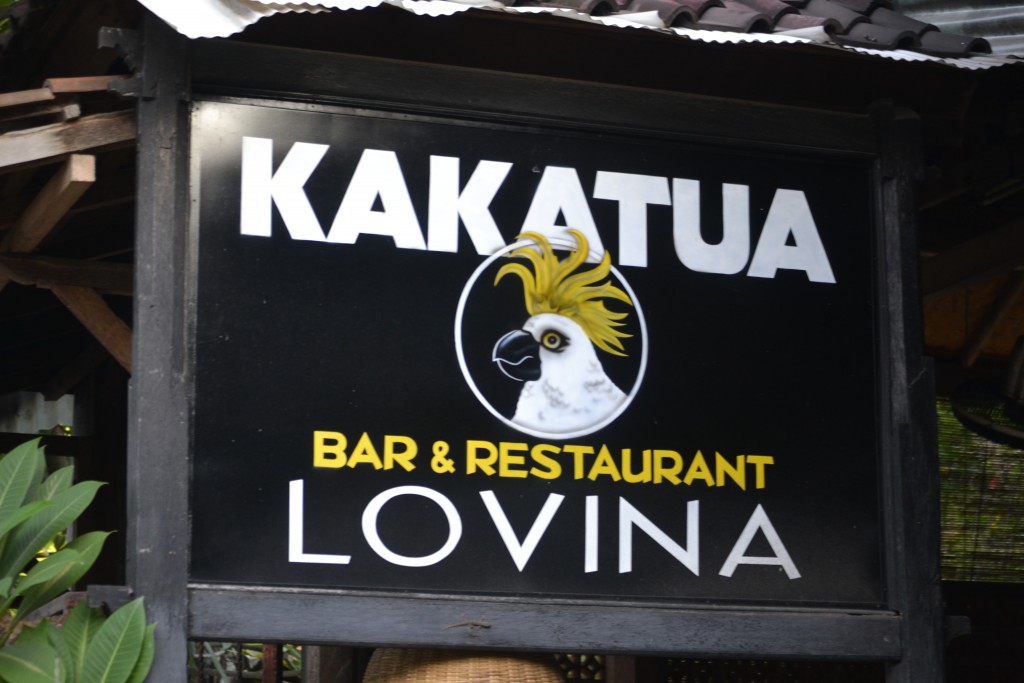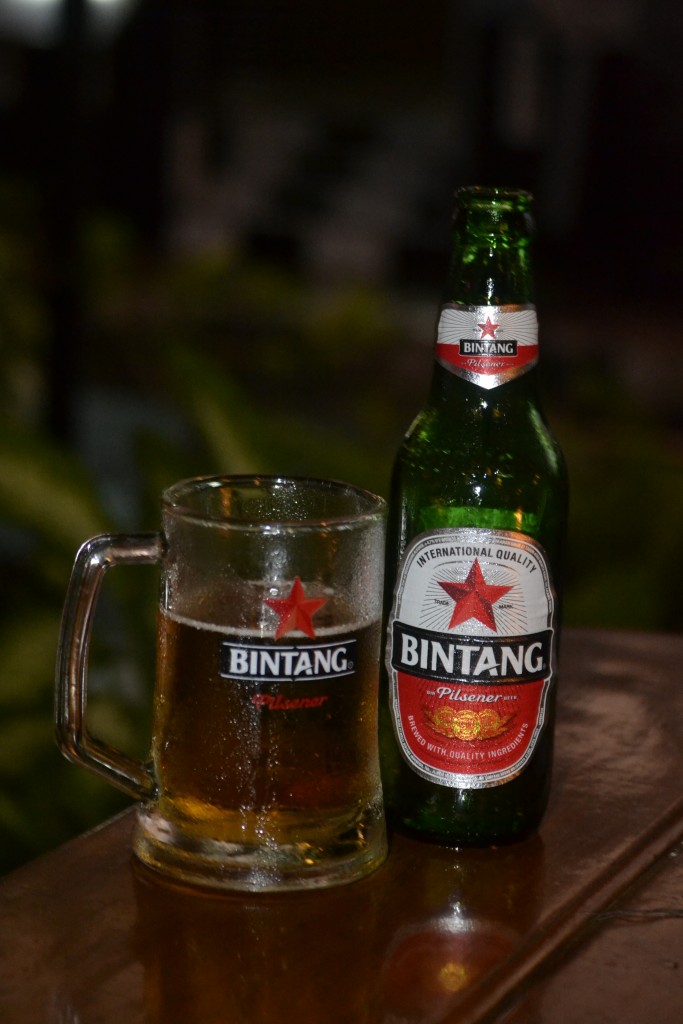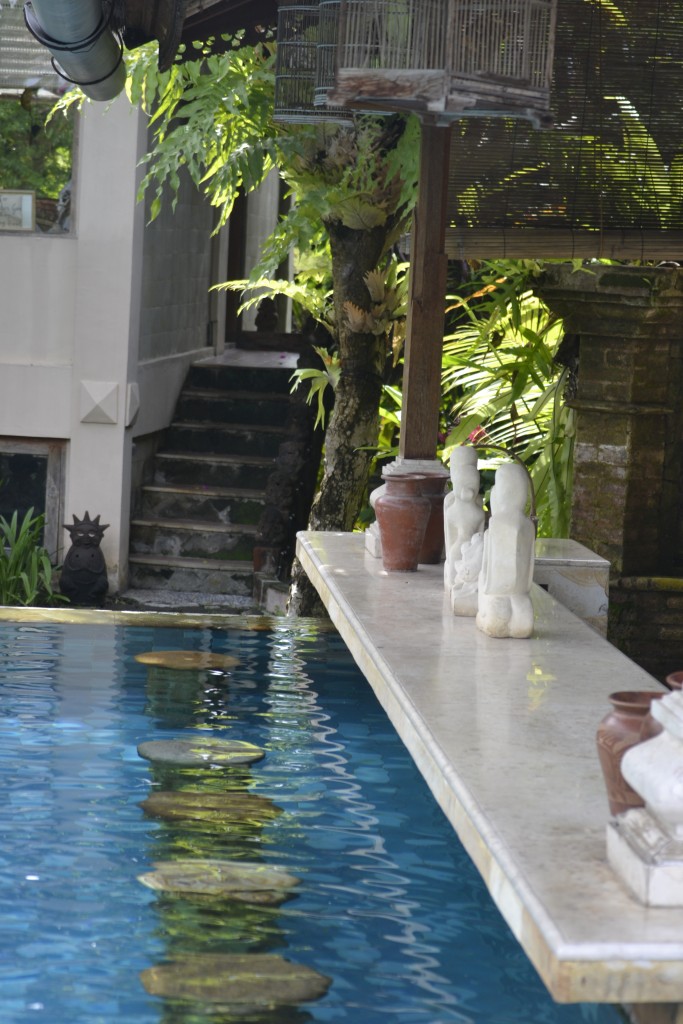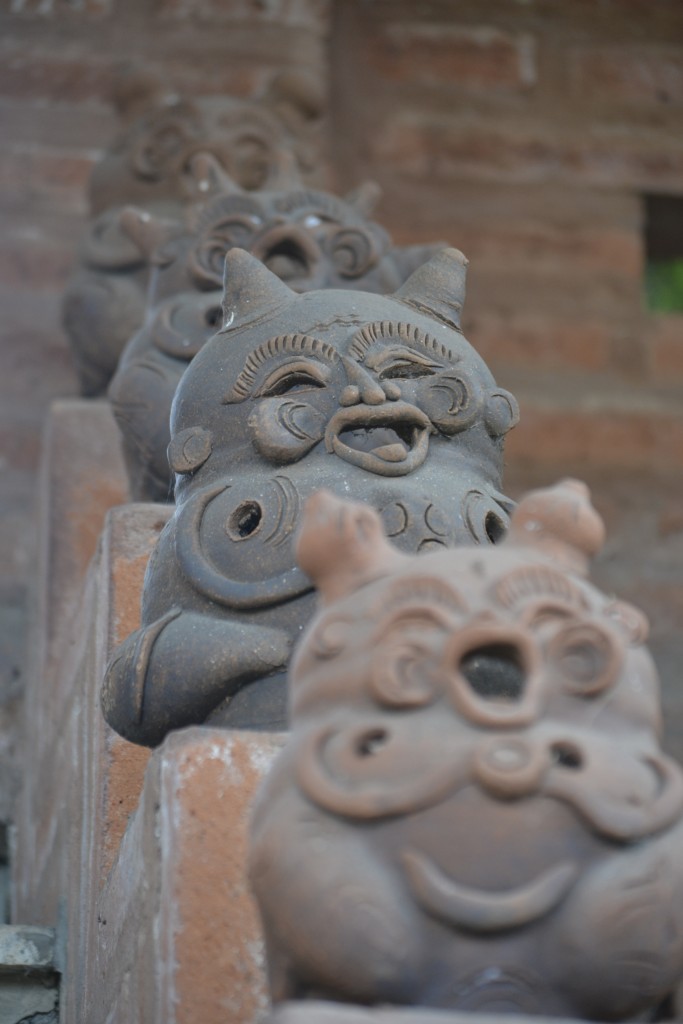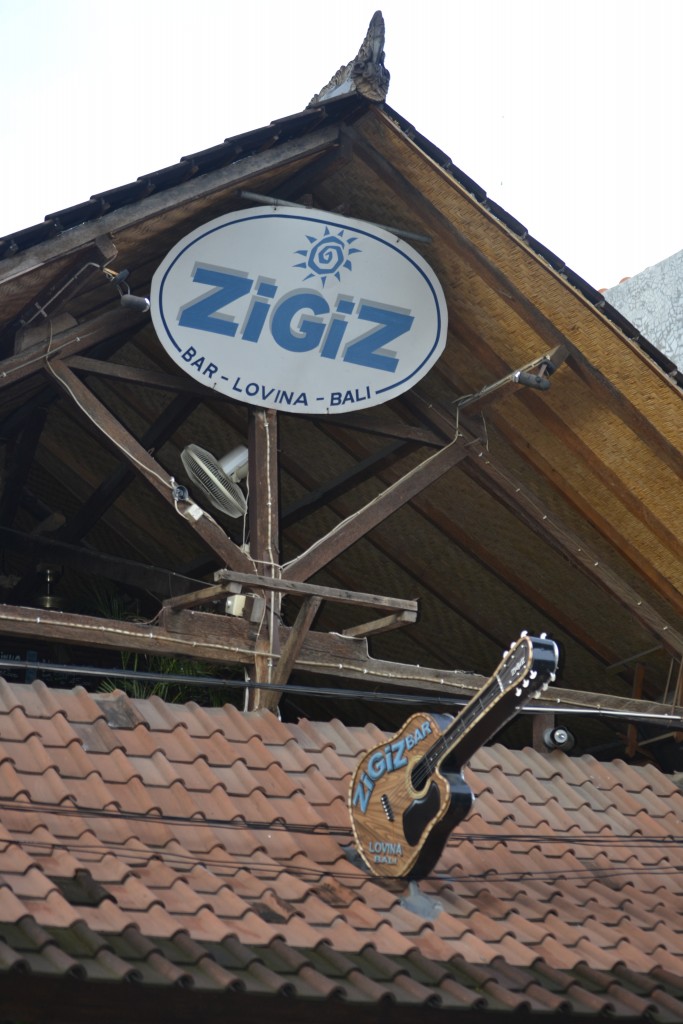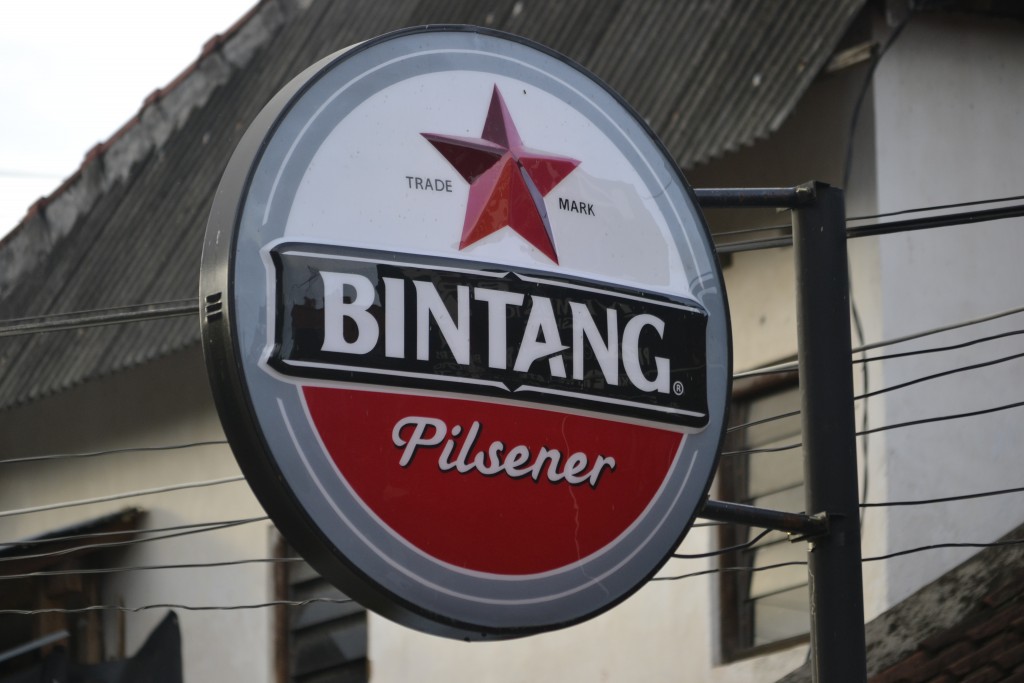During the time of the Venetian Republic, the Palazzo Ducale (Doge’s Palace) was the center of government in Venice and served as the ducal residence. Today it is one of the central landmarks of Venice that takes its stately place in the most recognizable of piazzas in all of the world.
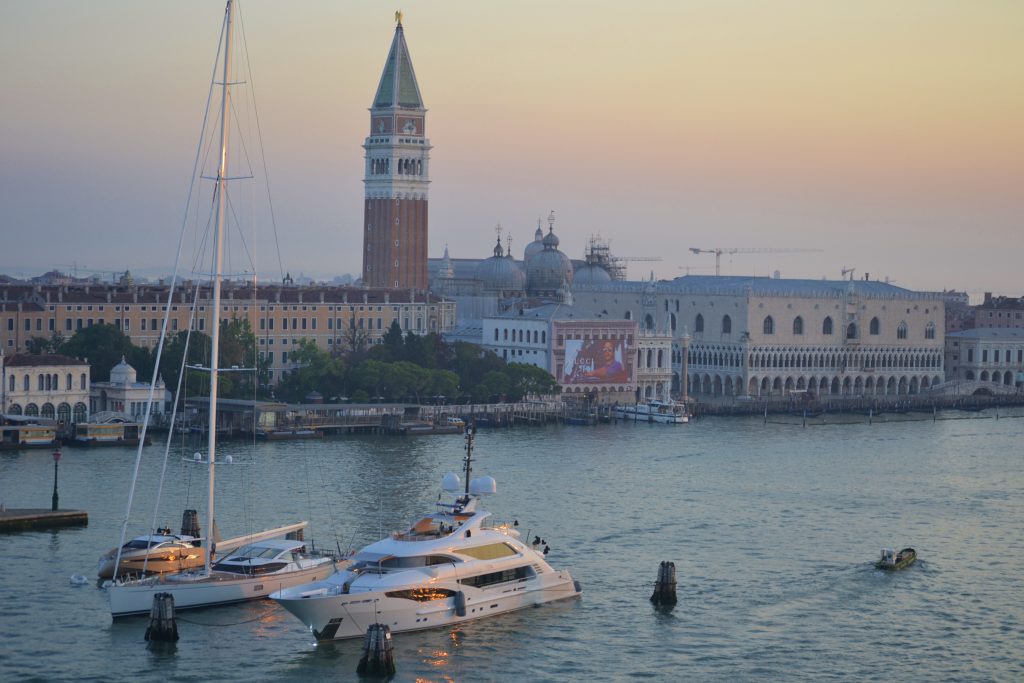
The gorgeous architecture of the Palazzo Ducale is strikingly noticeable as the vaparetto arrives from the Grand Canal. The pink hue of the building’s Verona marble is magnified by the sun setting in the horizon.
The rule of the Doge began in the 9th century, where he took residence in a modest home on the Rialto. When a fire destroyed the property in the 10th century, a new palace was built and relocated to the Piazza San Marco where it remains today.
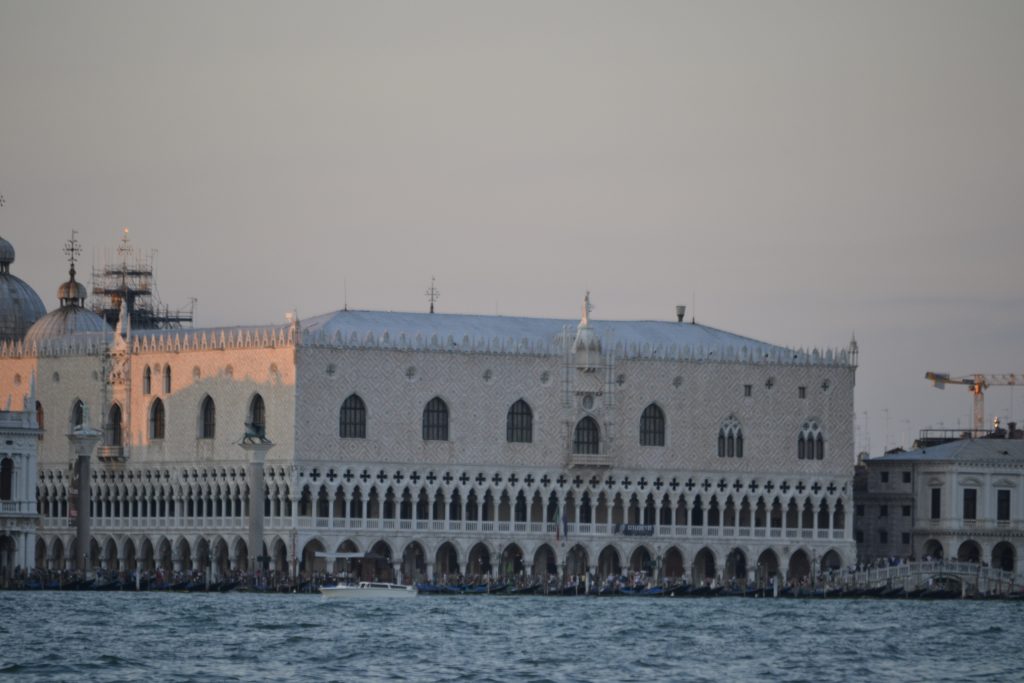
This enchanted palace was originally designed in the Byzantine-Venetian style with facades facing the Piazetta. Over the years, it would suffer a series of fires that would result in multiple restorations. The palace’s design has evolved into a Venetian-Gothic style fortress overlooking St. Mark’s Basin. Visible today are its columned gallery, second floor loggia and arched windows in the upper floor.
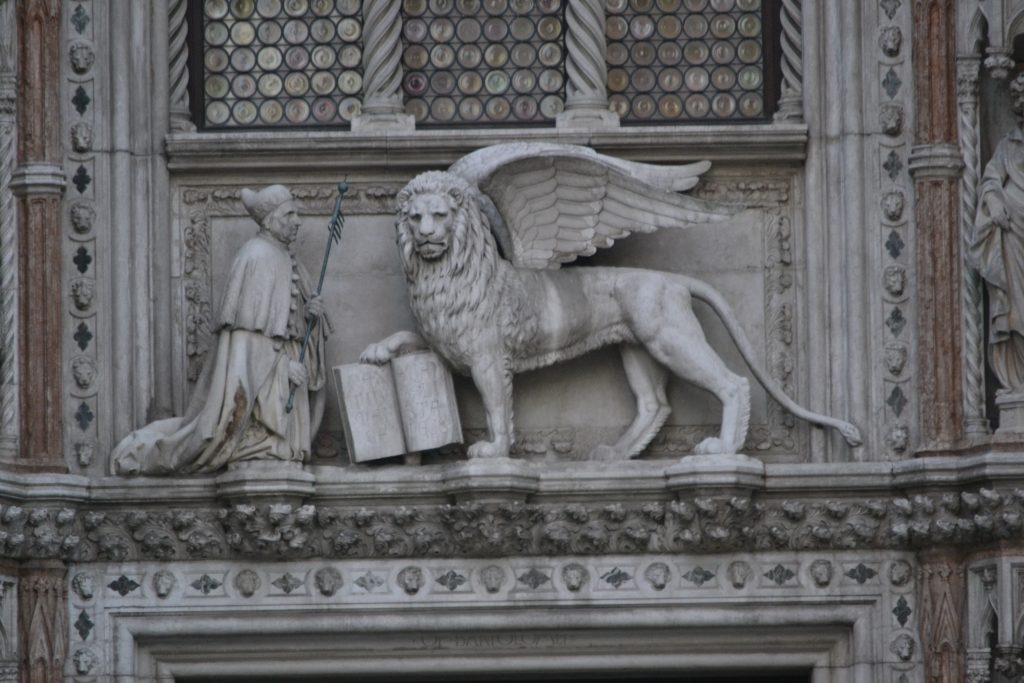
Only a few of the original structures have survived over the years including the Porta della Carta. Once the ceremonial entrance into the palace, it displays the symbolic winged Lion of St. Mark with an open book as Doge Francesco Foscari kneels in front of him. The Doge was added in 1442, approximately 650 years after its initial completion.
Porta della Carta is translated as “The Paper Gate” and it was thought to be the location where petitions were submitted to the counsel for review. Other sources claim that it may have been where the archives of the state were stored.
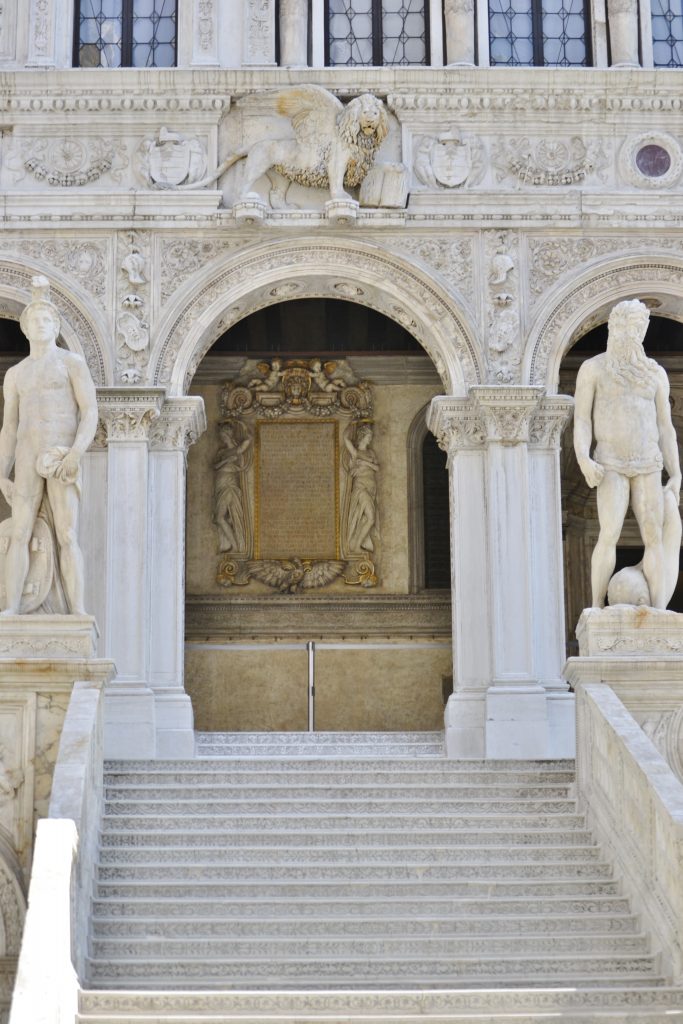
The Porta della Carta leads into the courtyard through the Foscari Arch. Immediately, I noticed the Scala dei Giganti known as the Staircase of the Giants. Located at the top of the stairs are gargantuan statues of Mars and Neptune, who represent the gods of land and sea. The ceremonial crowning of the Doge was performed here. It was also the location where Doge Marino Faliero was beheaded in 1355 for attempting a coup d’etat.
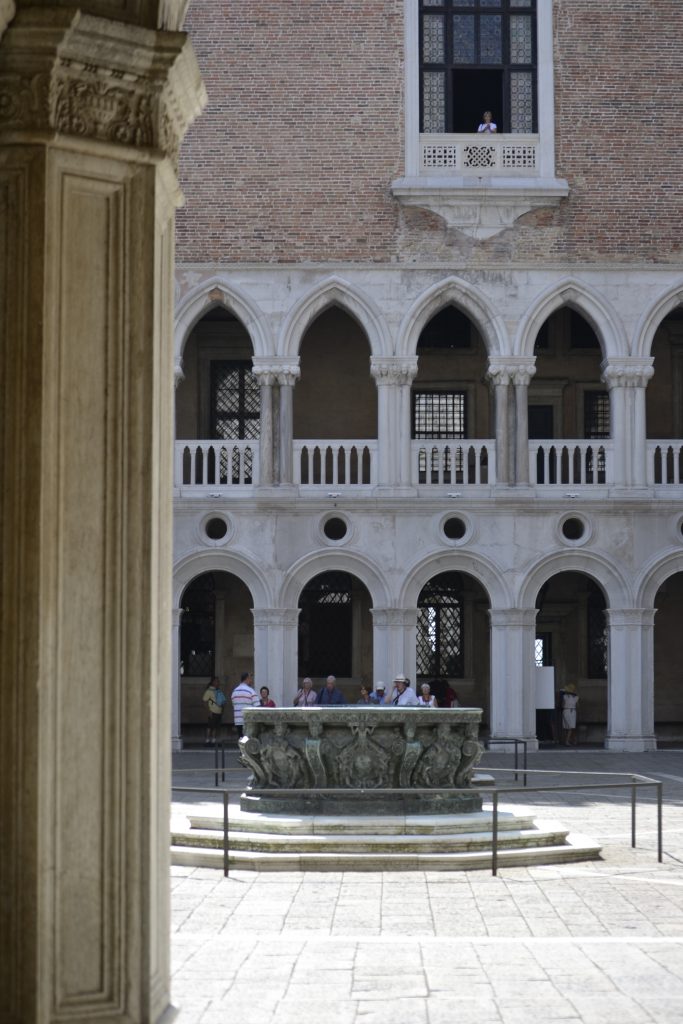
The courtyard, known as the Cortile del Palazzo, is closed at the north side where once stood the Doge’s chapel. In the center of the square are two wells that date back to the 16th century.
Once I had completed my self-guided tour of the Doge’s Palace, I patiently waited for a behind the scenes tour of the prisons and dungeons.
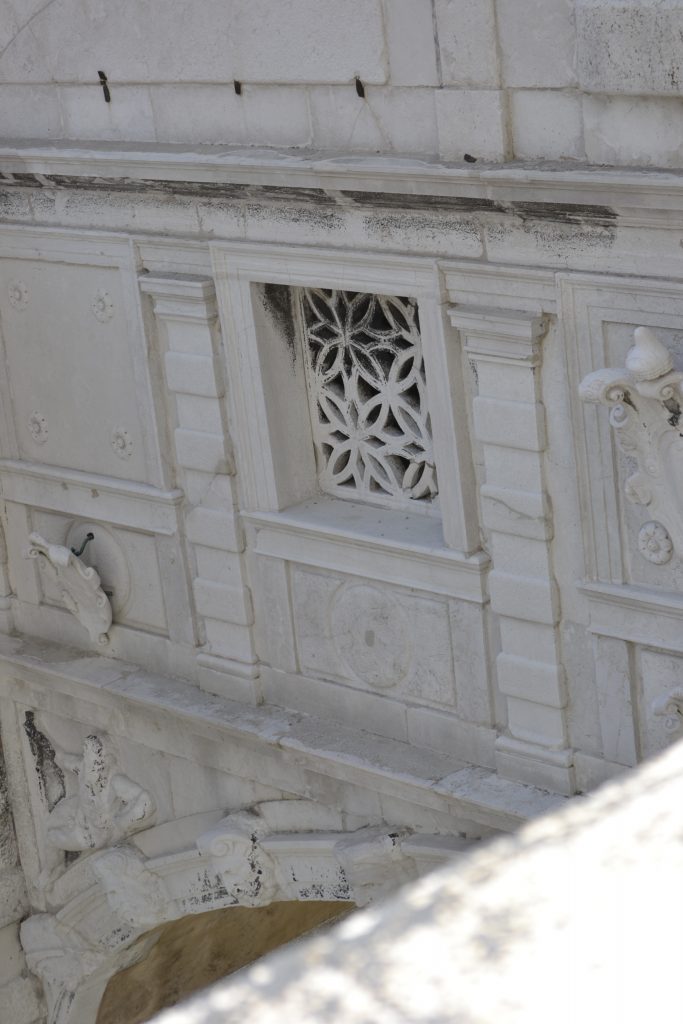
This additional tour, booked through Viator, began with a walk through the Ponte dei Sospiri, more commonly known as the Bridge of Sighs. Built in 1614, this enclosed walkway was the link between the Magistrate’s chambers and the holding cell to the prisons.
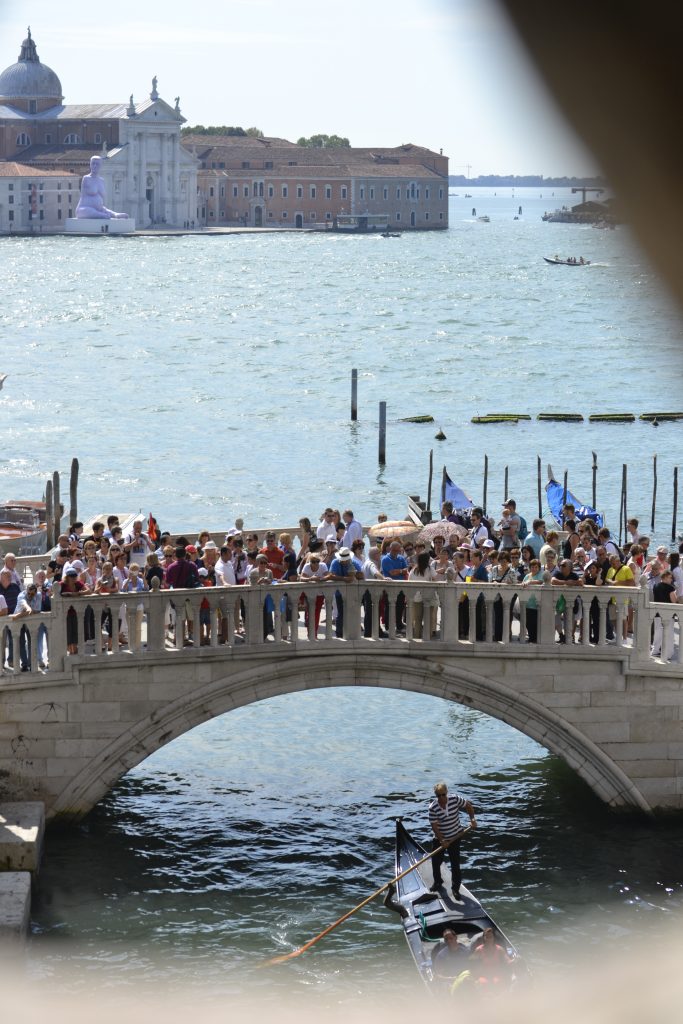
The phrase “Bridge of Sighs” was created by writer, Lord Byron referring to the prisoner’s last sigh as he takes his final glimpse of Venice and San Giorgio before his incarceration.
The Venetian judges were known for giving harsh sentences, which meant imprisonment in the inhumane confounds of the prison or an even worse punishment, depending on the offense.
The conditions of the prison were cruel and brutal, especially during the winter months. The prisoners who found themselves incarcerated at ground level were at a greater disadvantage due to the rising water and dampness. This area was reserved for the most heinous of offenses where disease and death was most common. The upper level prison cells were reserved for those who committed lesser offenses or came from prestigious families. After learning about the story of Casanova’s imprisonment and escape, we returned back to the Doge’s Palace for additional time to explore.
The historical museums and restored structures provide an insight to the prosperity and affluence of Venice at the height of its glory. Although the world has changed since the days of the Doge where Venice was a wealthy, vibrant city of commerce, there is no doubt Venice remains a treasure.
Have you visited Venice and taken the Doge’s Palace and Dungeons tour? What was your favorite part of the excursion? Or if there were additional tours or sights that you would recommend in Venice, what would they be? I would love to hear from you if you would kindly leave a message in the comments section below! Many thanks for reading my post about the Doge’s Palace and Dungeons tour! I wish you many Happy Travels!
What to See and What to Do:
Palazzo Ducale (Doge’s Palace)
Located next to St. Mark’s Basilica in St. Mark’s Square
Telephone: +39 041 271 5911
- Hours of Operation: April through October, 8:30 AM to 7:00 PM
- Admission: 16 Euros for a combination ticket which includes the Correr Museum; last entry one hour before closing
- Vaporetto Stop: San Marco, San Zaccaria
- Optional Tour: The Doge’s Palace which includes the prison (20 Euros)
- Tips for Your Visit: No photos permitted inside; Purchase your ticket for the palace at the Correr Museum and you can bypass the long lines using the “Prepaid Tickets” entrance. Visitors may also purchase their tickets online 48 hours in advance by accessing their website. Always refer to the attraction’s website for the most recent information!
Where to Stay:
The Centaur Hotel
San Marco
Campo Manin 4297/a
30124, Venice (Italy)
Telephone: +39 041 5225832
Where to Eat:
Osteria Enoteca San Marco
Calle Frezzeria, 1610
30124, Venice (Italy)
Telephone: +39 041 528 5242
The charming, rustic interior provided a laid-back, yet elegant atmosphere. Grilled scallops with pea, broad beans and bacon was my starter course followed by Bucatini carbonara with asparagus. The meal was sensational and the service splendid.
What to Eat:
- Aperol Spritz is made with Prosecco (bubbly) wine, Aperol and a splash of soda.
- Bellini’s were invented at Harry’s Bar and is my favorite brunch drink made with Prosecco and peach puree.
- Seafood, especially sea bass. Black goby is a local fish from the lagoon and another local dish is fried sardines.
- Vegetables from the Rialto Market
- Instead of pasta, Venice serves rice and polenta. Rice and peas (risi e bisi) is a very popular dish.
- Appetizers such as Venetian meat and cheese (the salami is amazing!) or cicchetti (similar to Spain’s tapas) are small servings that are the right portions. Baccala Mantecato is a topping for cicchetti made of creamed white fish.
- Polpetta are deep fried meatballs
- For lunch, the locals will order Tramezzino (sandwich) which is triangular in shape.
- Dishes served with Nero di Seppia (Squid Ink Sauce) are a delicacy and the squid ink is very dark, so it may come as a surprise when your dish arrives.
- Fritto Misto (Fried Fish and Seafood) can also include fried vegetables.
- Venetian cookies (Buranelli – from the island of Burano and Sfogliatine) can be purchased at the local bakery.
What to Read:
- Donna Leon has a series of crime novels all based in Venice.
- The Glassblower of Murano, by Marina Fiorato
- A Venetian Affair, by Andrea di Robilant
- The City of Falling Angels, by John Berendt
- Dead Lagoon, by Michael Dibdin
- A Thousand Days in Venice, by Marlena De Biasi
Photo Guide for Venice:
- The Bridge of Sighs leads to the waterfront dungeons and is best photographed from the Ponte della Paglia.
- Burano is one of the islands within the Veneto was once a community of fishermen. The colorful homes can seen from a distance as the vaparetto approaches. The colors of the island and reflections make memorable photographs.
- Piazza San Marco / St. Mark’s Square is the main meeting place in Venice to explore the Doge’s Palace, the Campanile and the Clock.
- Pont de l’Academie translates as the Academia Bridge and is the second most popular bridge behind the Rialto Bridge.
- The Rialto Bridge at Sunrise and Sunset; Take a trip on the vaparetto along the Grand Canal for some amazing photo opportunities.
- Rivi degli Schiavoni is where the gondolas are “parked” with the Church of San Giorgio Maggiore in the background.
- St. Mark’s Campanile is the bell tower in the square. Visitors can purchase tickets to ride up to the top for spectacular views of the lagoon and nearby buildings.
- If you can visit during the Venice Carnival celebration, you will have many opportunities for some amazing, dramatic photos of people dressed in costume.
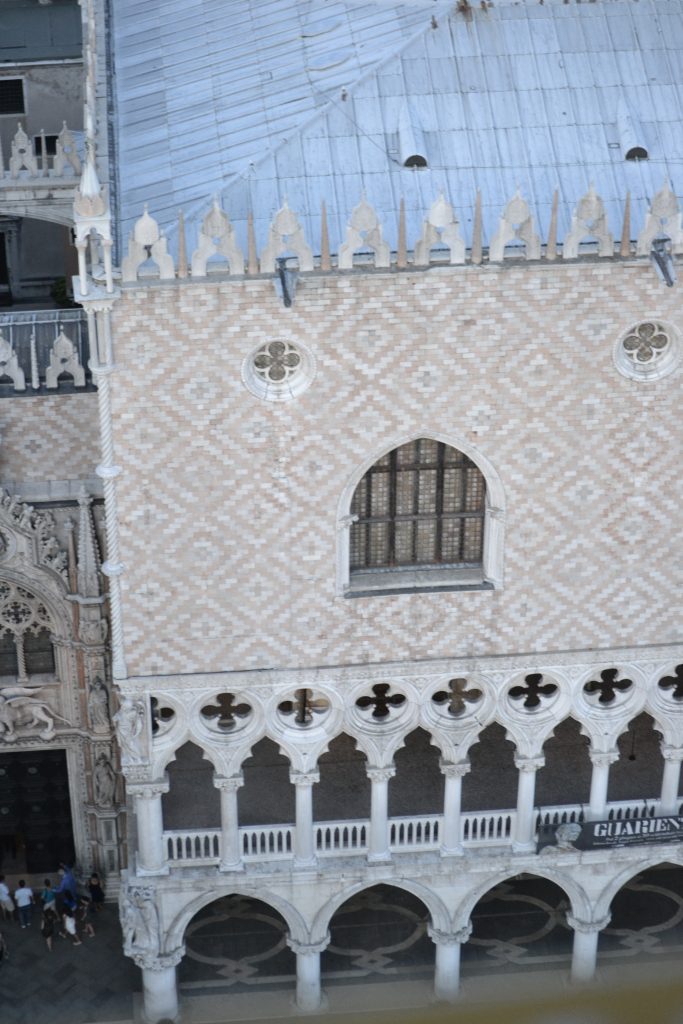
A beautiful view of the Doge’s Palace showing the cornice of spires and merlons adorning the top
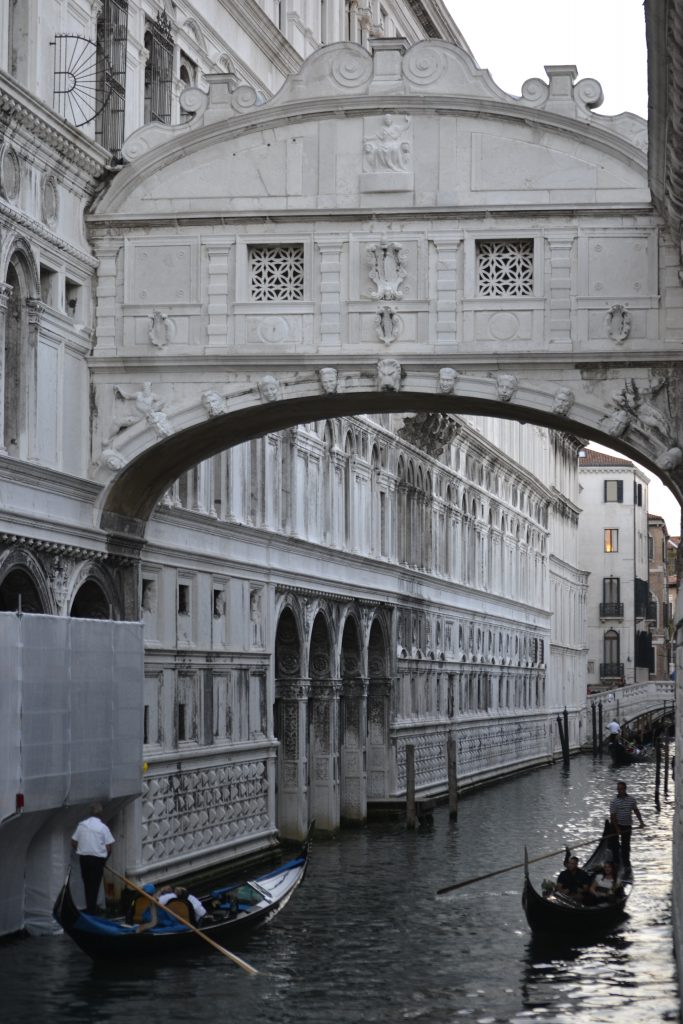
Looking into the Bridge of Sighs in Venice
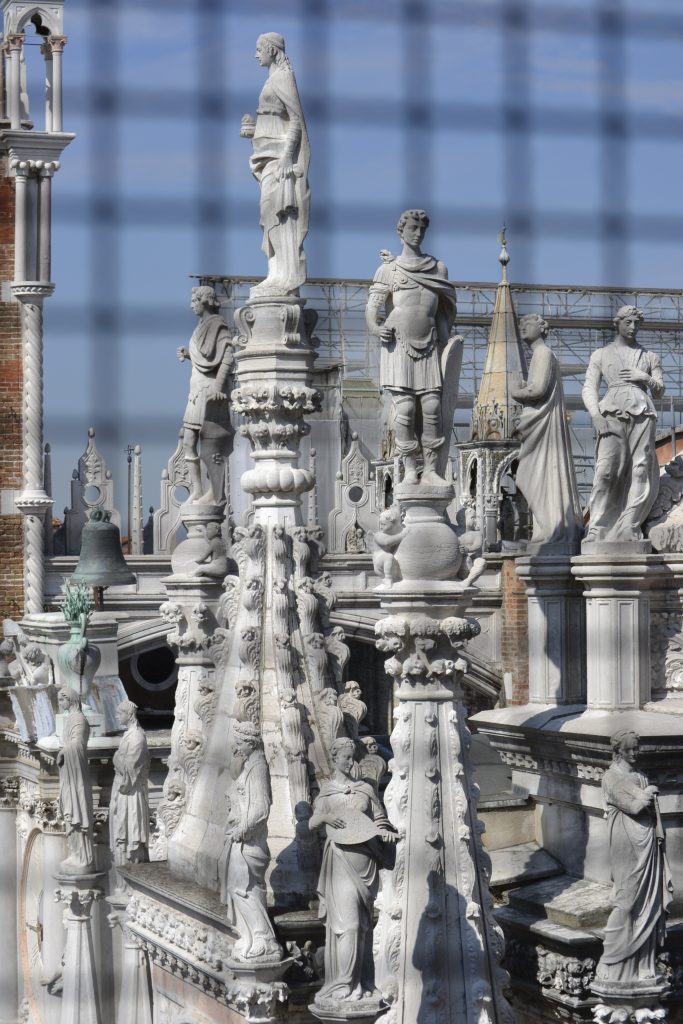
A View of Venice from the former Venetian prison
